On the map above:
blue: places to visit that are not section 482
purple: section 482 properties
red: accommodation
yellow: less expensive accommodation for two
orange: “whole house rental” i.e. those properties that are only for large group accommodations or weddings, e.g. 10 or more people.
green: gardens to visit
grey: ruins
Carlow, Dublin, Kildare, Kilkenny, Laois, Longford, Louth, Meath, Offaly, Westmeath, Wexford and Wicklow are the counties that make up the Leinster region.
As well as places to visit, I have listed separately places to stay, because some of them are worth visiting – you may be able to visit for afternoon tea or a meal.
For places to stay, I have made a rough estimate of prices at time of publication:
€ = up to approximately €150 per night for two people sharing (in yellow on map);
€€ – up to approx €250 per night for two;
€€€ – over €250 per night for two.
For a full listing of accommodation in big houses in Ireland, see my accommodation page: https://irishhistorichouses.com/accommodation/

donation
Help me to pay the entrance fee to one of the houses on this website. This site is created purely out of love for the subject and I receive no payment so any donation is appreciated!
€10.00
Offaly:
1. Ballindoolin House, Edenderry, Co. Offaly
2. Ballybrittan Castle, Ballybrittan, Edenderry, Co. Offaly
3. Birr Castle, Birr, Co. Offaly
[at some time, to re-open to the public, the gardens at Bellefield – see Robert O’Byrne’s blog: https://theirishaesthete.com/2022/05/02/bellefield/
4. Charleville Forest Castle, Tullamore, County Offaly – sometimes open to the public
5. Clonony Castle, County Offaly
6. Crotty Church, Castle Street, Birr, Co. Offaly
7. Gloster House, Brosna, Birr, Co. Offaly
8. High Street House, High Street, Tullamore, Co. Offaly
9. Leap Castle, County Offaly
10. Loughton, Moneygall, Birr, Co. Offaly
11. Springfield House, Mount Lucas, Daingean, Tullamore, Co. Offaly
Places to stay, County Offaly
1. Ballynacard House, Birr, County Offaly €
2. Kinnity Castle (formerly Castle Bernard), Kinnity, County Offaly €€
3. Loughton House, County Offaly
4. The Maltings, Castle Street, Birr, Co. Offaly
Whole house rental, County Offaly:
1. Ballycumber, County Offaly – whole house rental (13 guests)
2. Loughton House, County Offaly
Places to visit in County Offaly:
1. Ballindoolin House, Edenderry, Co. Offaly
Open dates in 2024: Mar 4-7, 11-14, April 15-18, 22-25, May 1-2, 4-5, 6-8, 13-16, 22-24, June 3-6, 8-9, 10-13, 17-20, Aug 17-25, Sept 2-5, 9-12, 28-29, 10am-2pm
Fee: adult €10, student /OAP/child €5
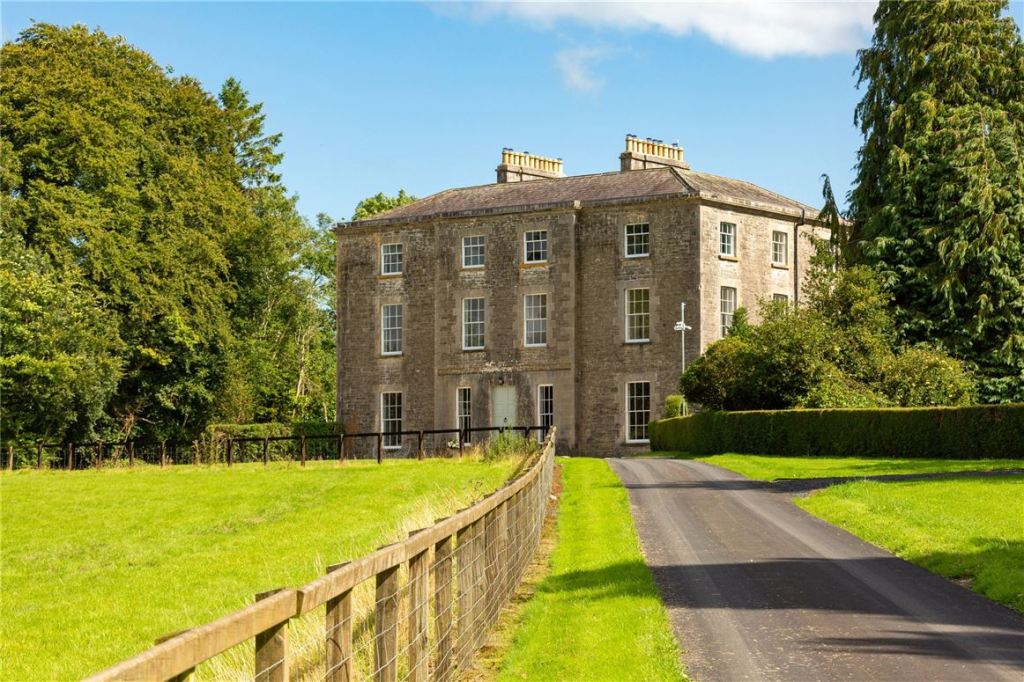

An article in the Irish Times by Gemma Tipton in March 2014 tells us that Ballindoolin near Edenderry is the old demesne of the Bor family. The Humphrey Bor family lived on the estate from 1620 untill the 1890s brought them financial difficulty and their land agent William Tyrell took over the demesne when they vacated it. The house was built in 1822.
When Robert Moloney inherited it in 1993, he and his wife Esther began a huge project of renovation and restoration, including reroofing, replumbing and rewiring.
Outside, with the help of Fáilte Ireland and some EU funds, the original large walled gardens were returned to their exact and former glory, as one of 26 chosen under the Great Gardens Restoration Scheme.
The house was again on the market in 2021. Gemma Tipton writes tells us a bit more about the house in the August article in the Irish Times: The Bor family were Dutch bankers, whose origins in the Dutch East India Company might be seen in the Hindu Gothic style plasterwork in the hallway.

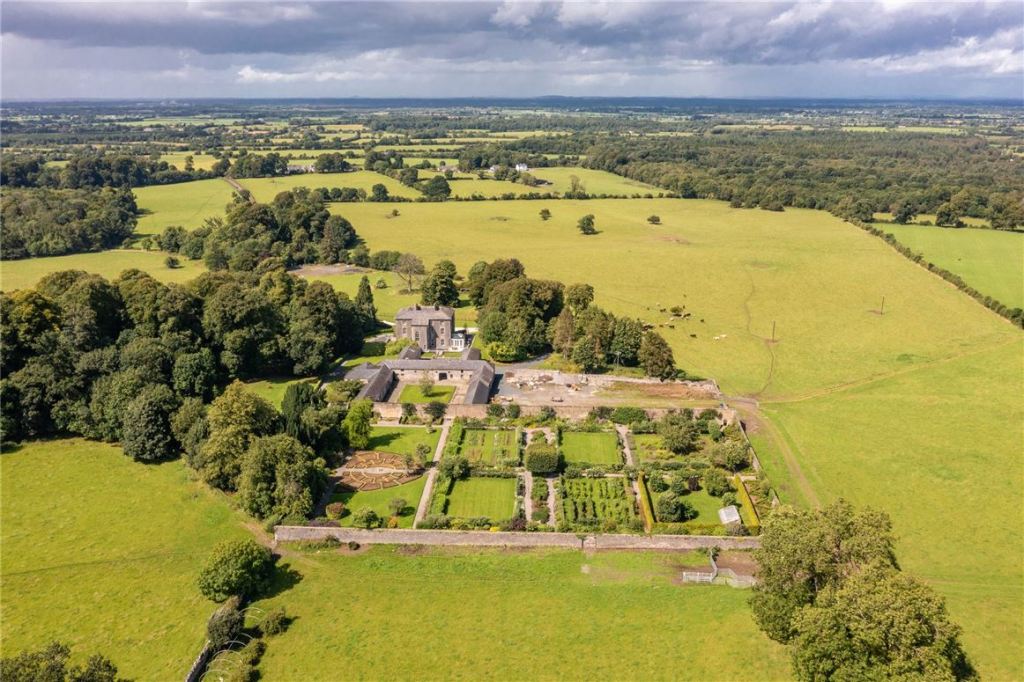
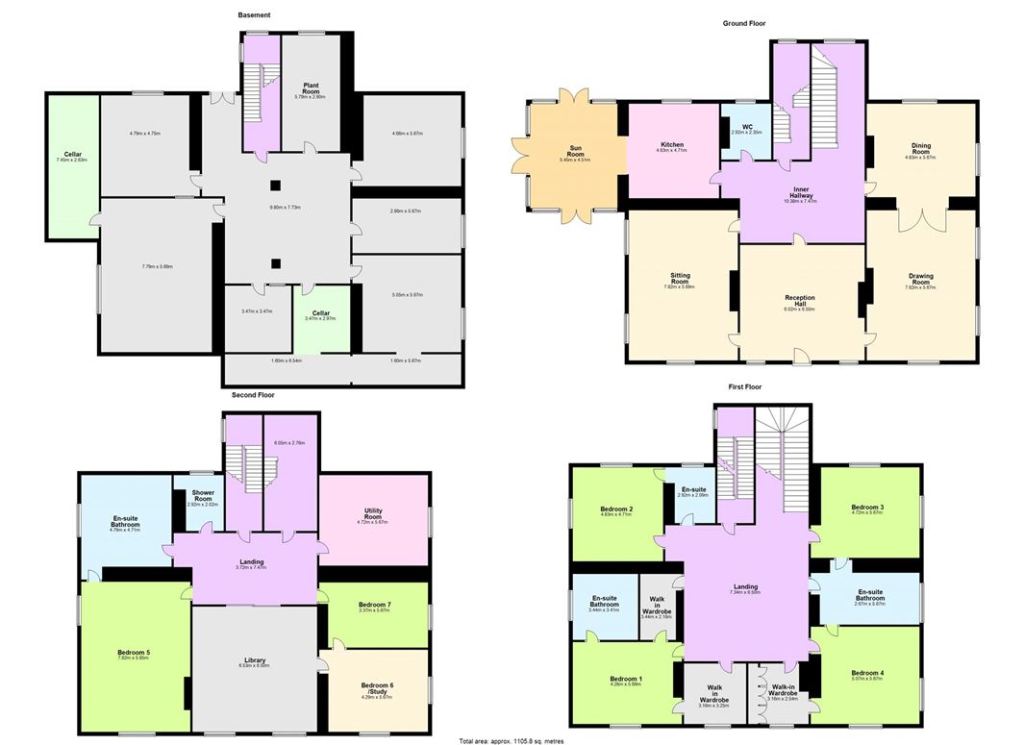
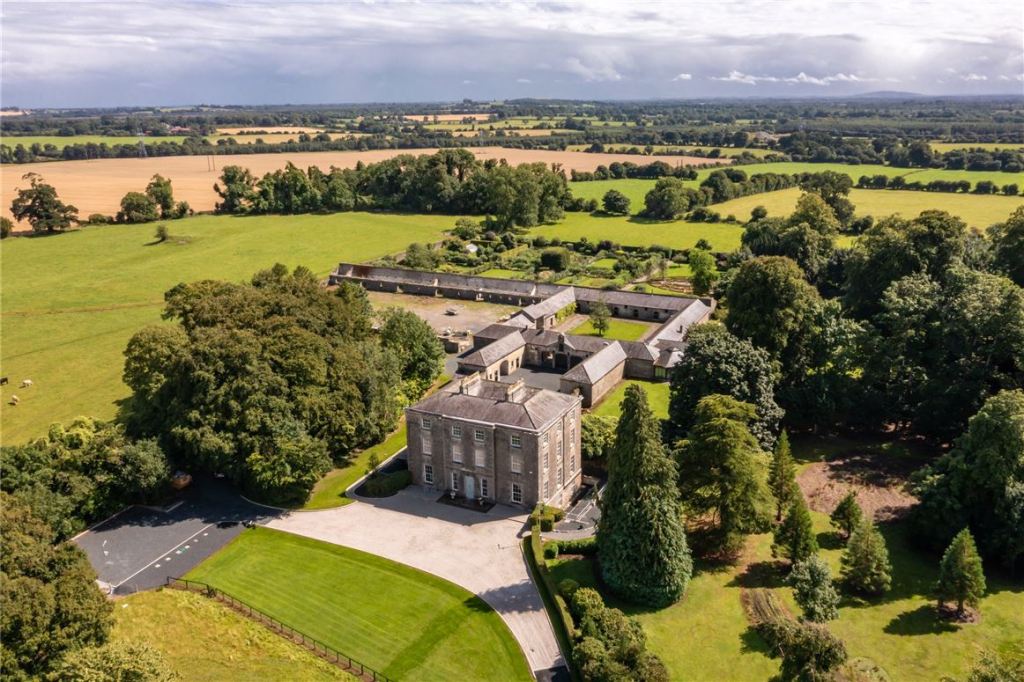
Tipton writes:
“Robert and Esther used documents and diaries to ensure the restoration, inside and out, was in-keeping, later donating 40 boxes of account books, ledgers and records to the archives at NUI Maynooth for safe-keeping.
“These reveal a wealth of stories about the day-to-day running of the house, although it is just as easy to imagine them coming alive as you wander through the rooms. There is the wide, stone-flagged hallway, and the cosier, but still imposing back hall. The drawing room has its original wallpaper and chandelier; the marvellous fireplaces are intact. ”
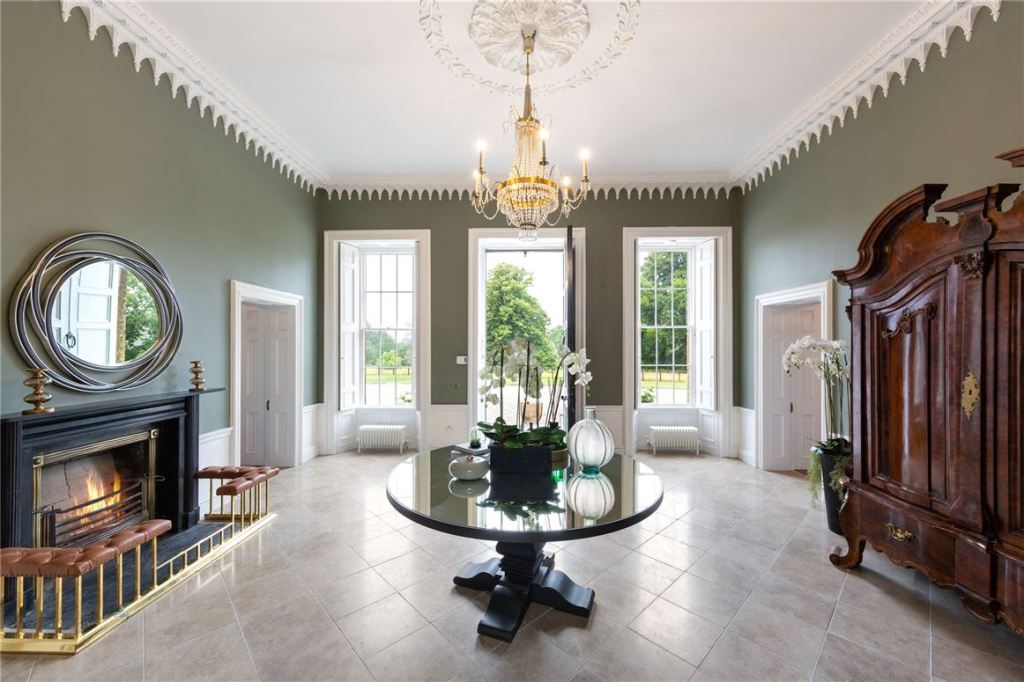
Tipton tells us:
“Ballindoolin last sold in 2017, to an Austrian businessman, who fell in love with the house, its enviable position (less than an hour’s drive to Dublin city centre) and its stories. His plan was to lavish it with care and attention, and ultimately move over with his family. The first part worked out beautifully – Ballindoolin is in showpiece condition, but the family’s plans changed, and so it is now on the market.“



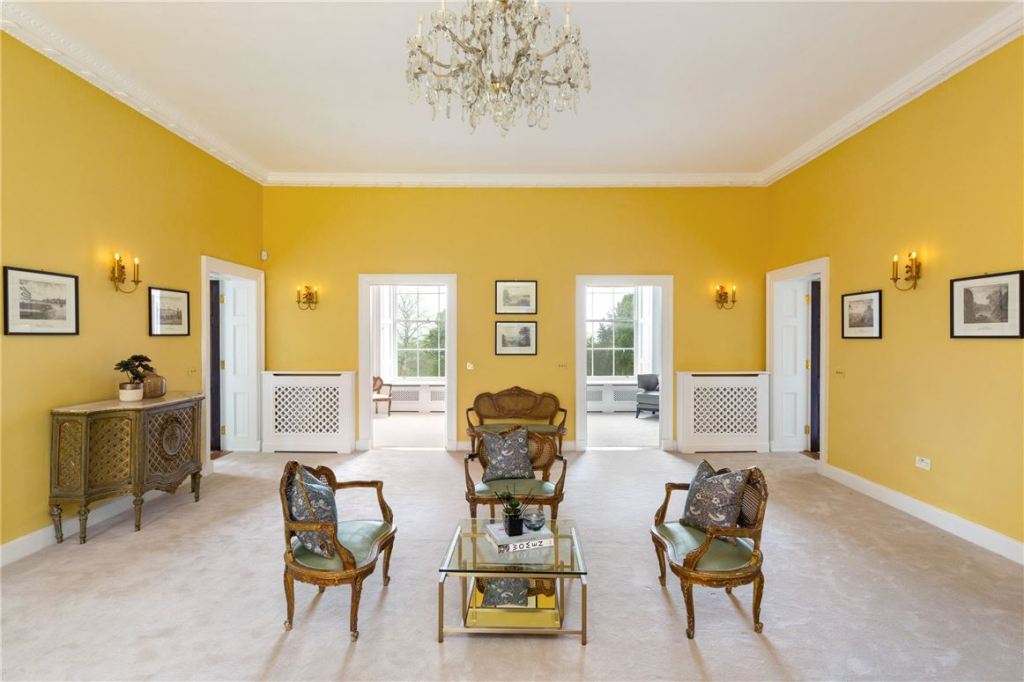
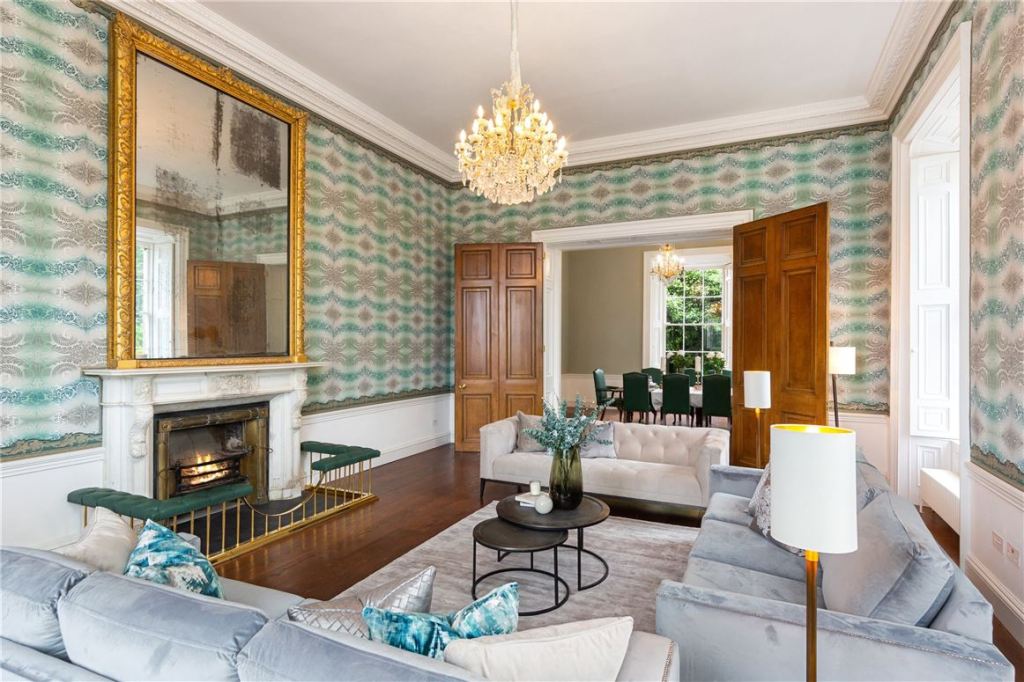

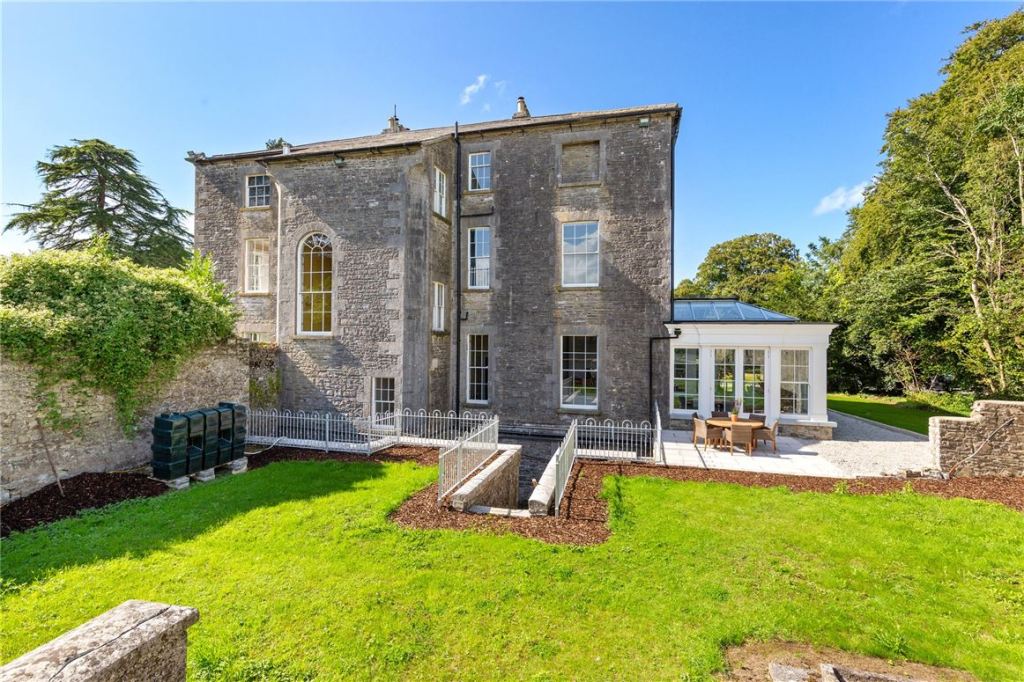

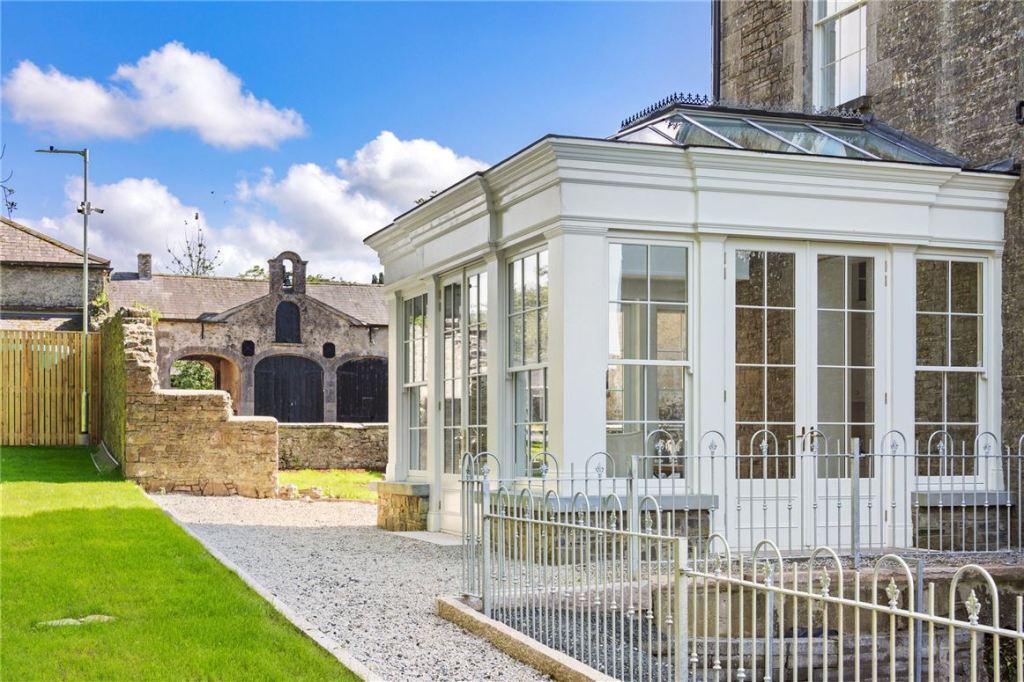

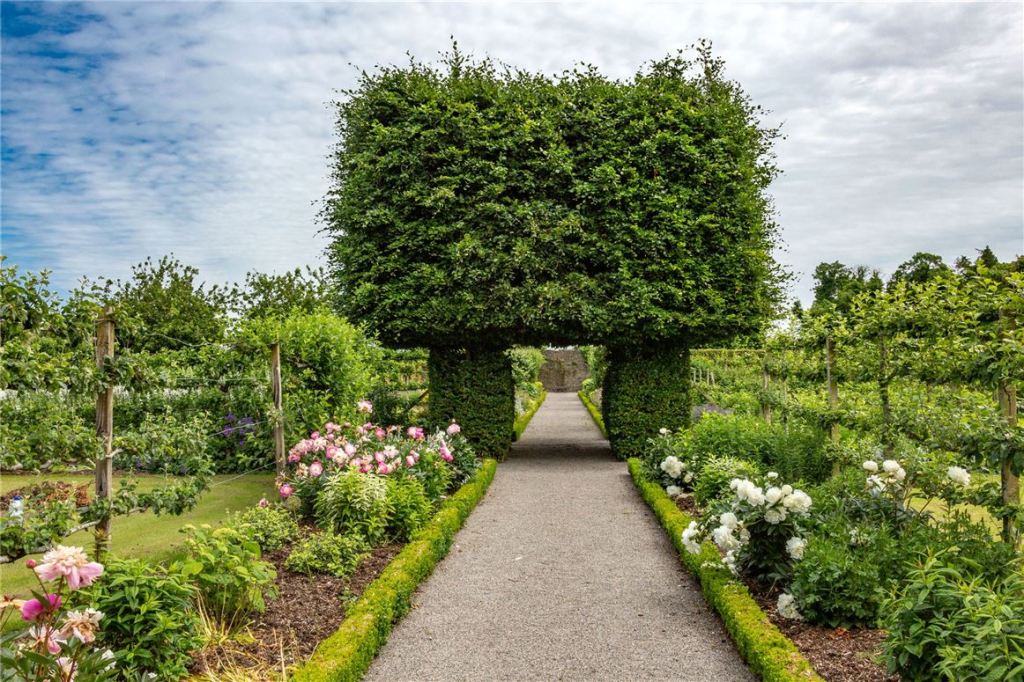


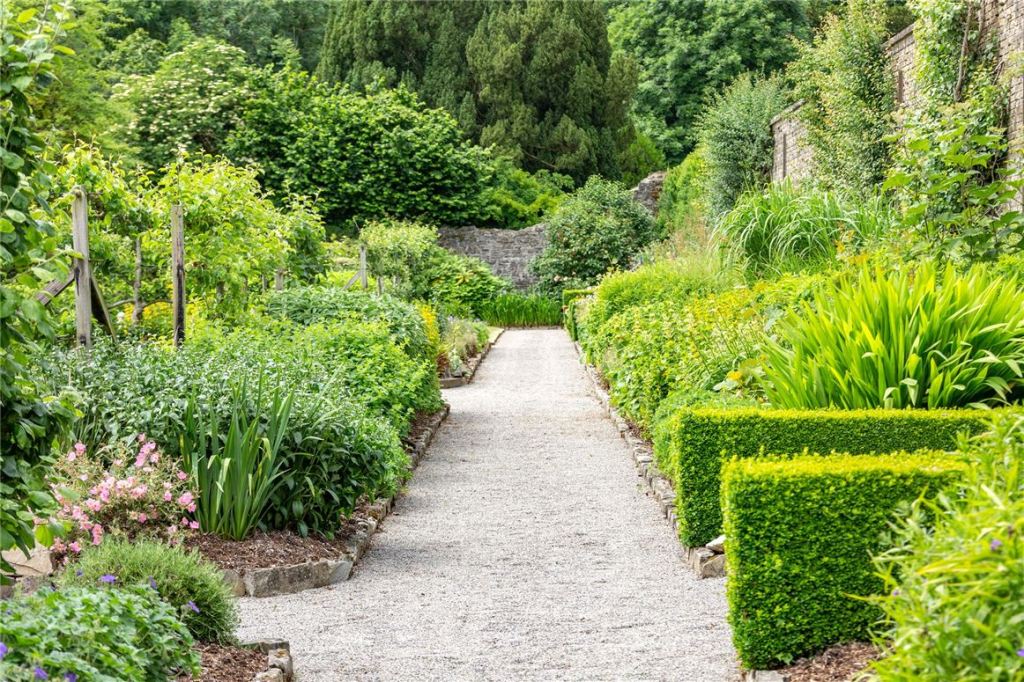
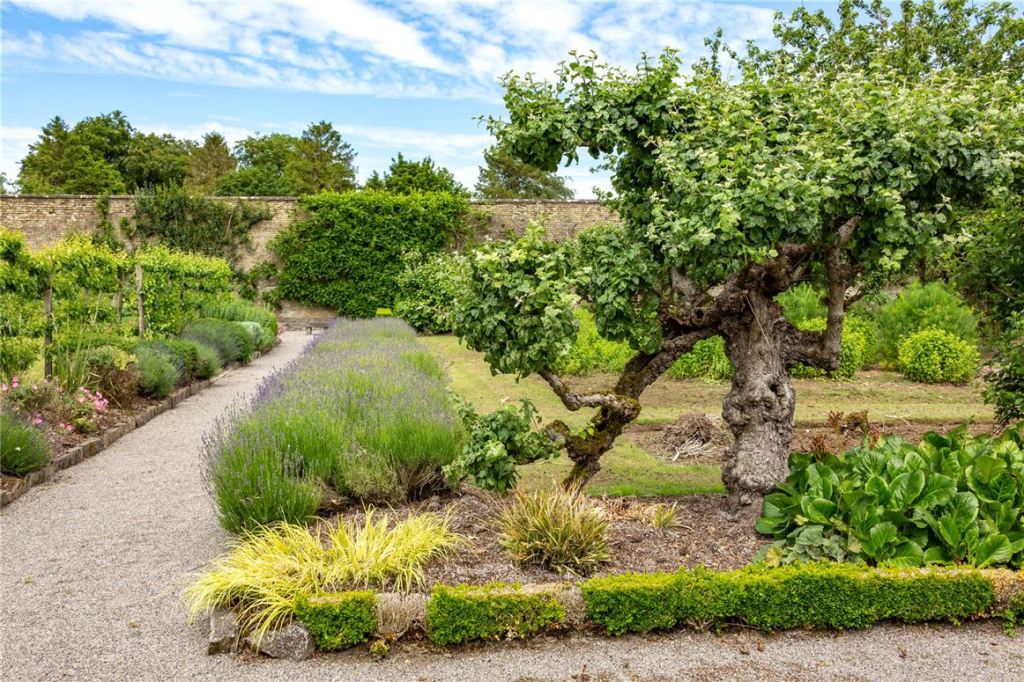
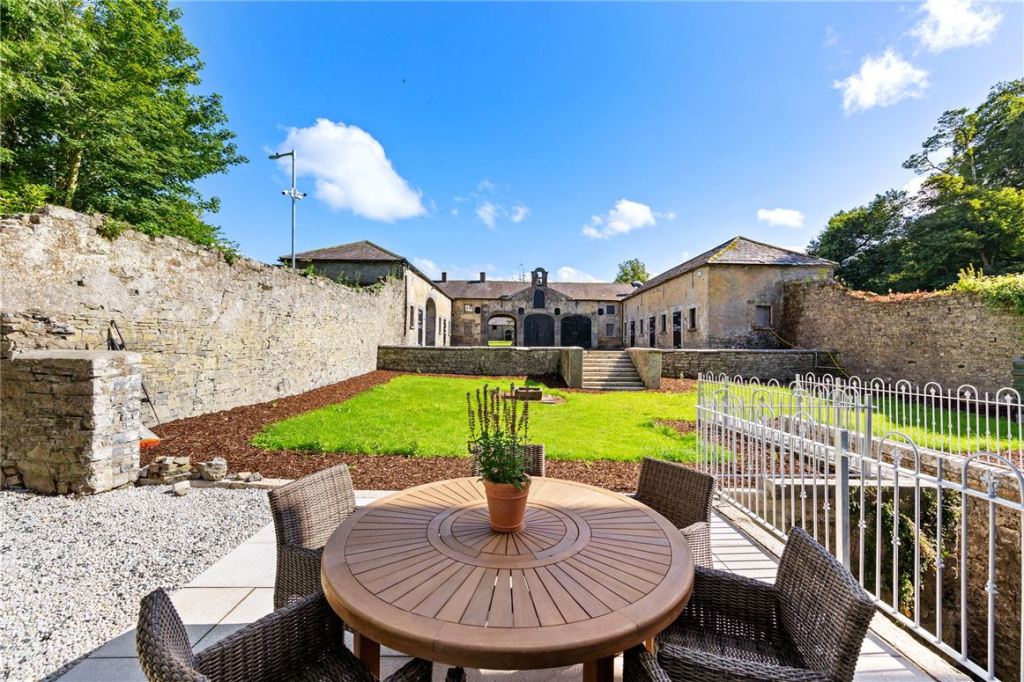

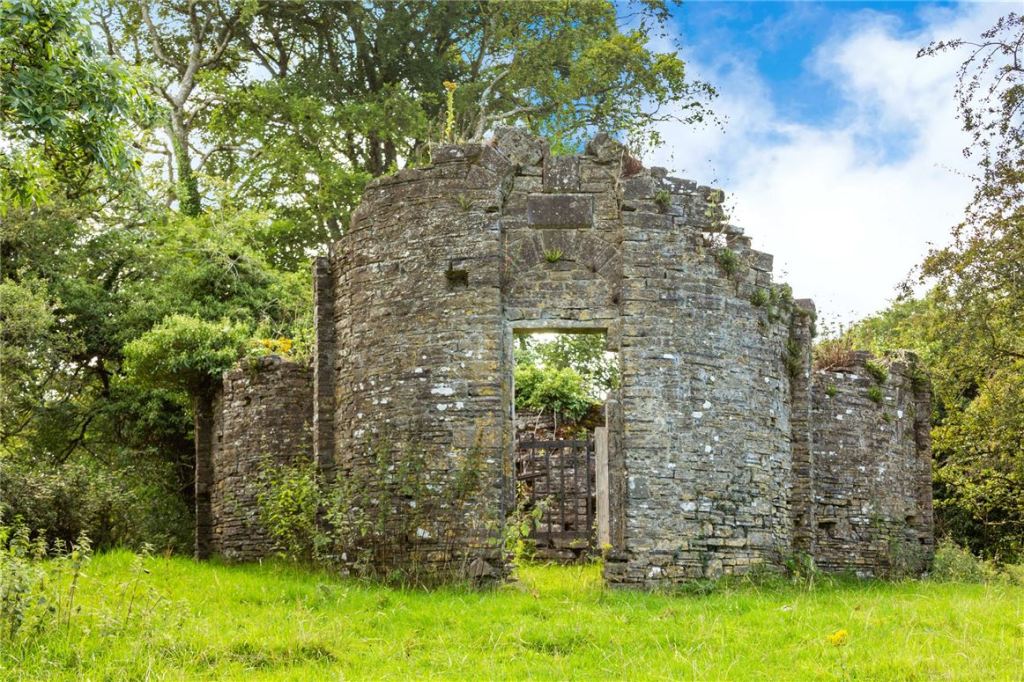
2. Ballybrittan Castle, Ballybrittan, Edenderry, Co. Offaly
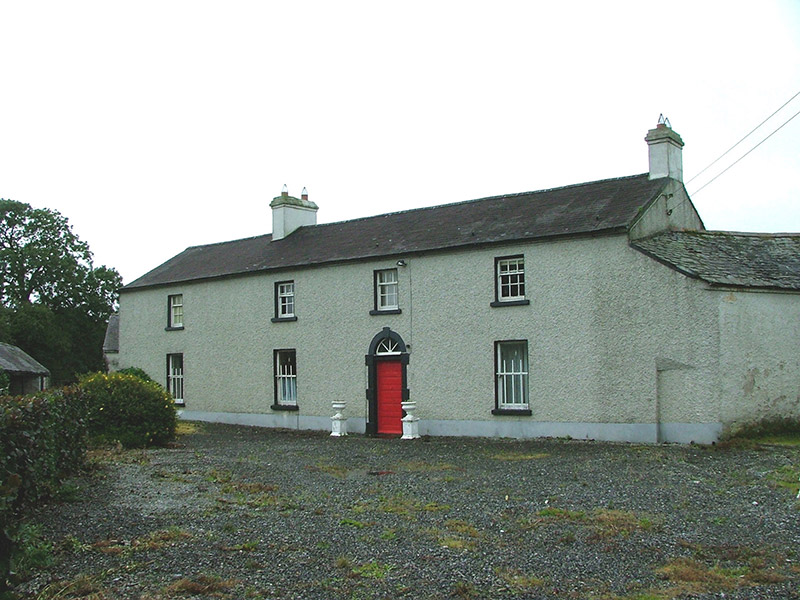
Open dates in 2024: Feb 1-20, July 23-31, Aug 1-31, 2pm-6pm.
Fee: Free, refreshments always offered
The National Inventory describes it: “Detached four-bay two-storey house, built c.1750, with return and extension to rear and adjoining outbuildings to north. Set within own grounds…Modest in design, this fine house retains its original character with minimal intervention. The simple well proportioned façade is enhanced by the survival of its sash windows and door, while the finely executed door surround forms a subtle adornment. The outbuildings to rear, along with the iron-mongery to the front, complete this appealing domestic complex.” [1]
3. Birr Castle, Birr, Co. Offaly
Open dates in 2024: May 13- Sept 7, Mon-Sat, National Heritage Week, Aug 17-25, 10am-2pm
Fee: adult €20, groups €17
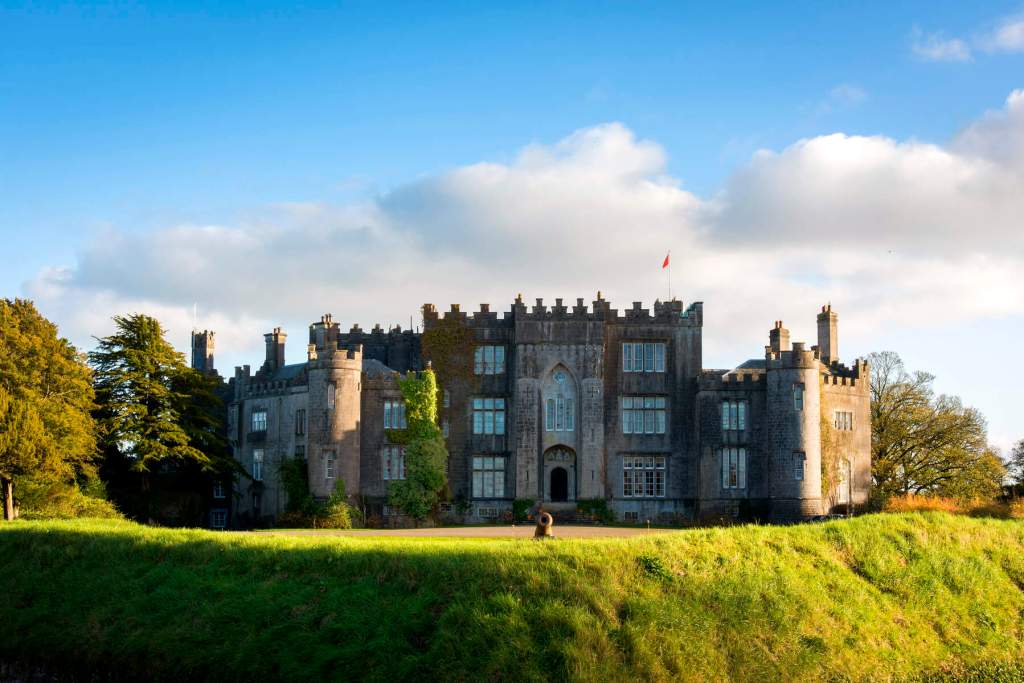
Our tour guide was young but thoroughly knowledgeable. He walked a group of us over to the castle, across the moat, which he told us had been created, along with the walls surrounding the castle demesne, and the stone stable buildings, which are now the reception courtyard, museum and cafe, in 1847 when the owners of Birr Castle provided employment to help to stave off the hunger of the famine.
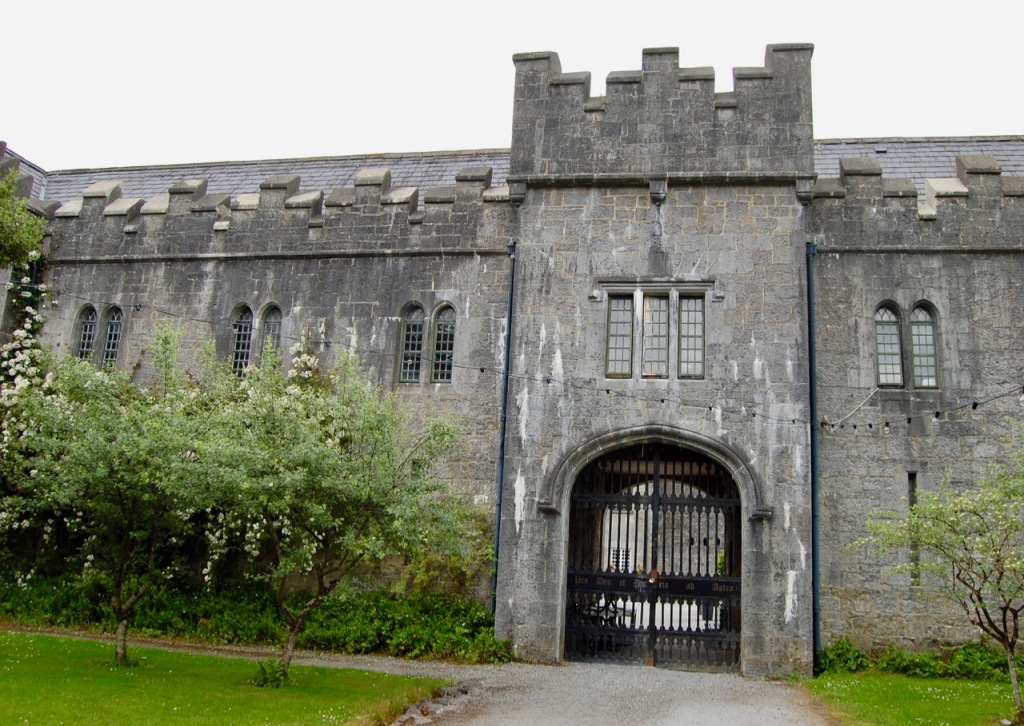
I was intrigued to hear that the gates had been made by one of the residents of the castle, Lady Mary Field, wife of the third Earl of Rosse. She was an accomplished ironworker!! She brought a fortune with her to the castle when she married the Earl of Rosse, which enabled him to build his telescope. But more on that later.
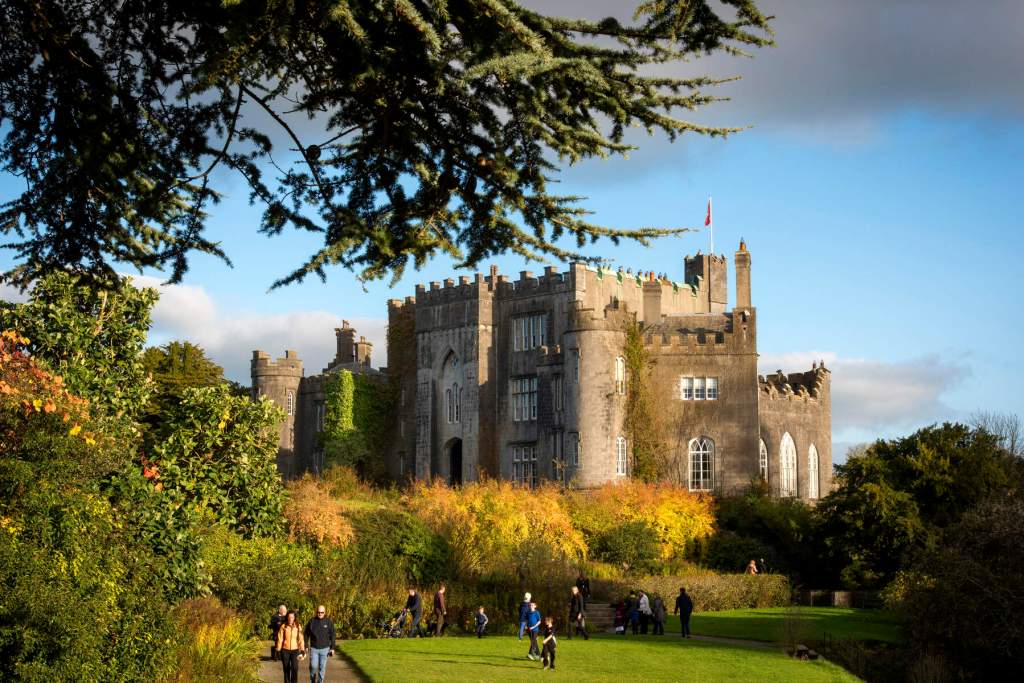
More on Birr Castle soon!
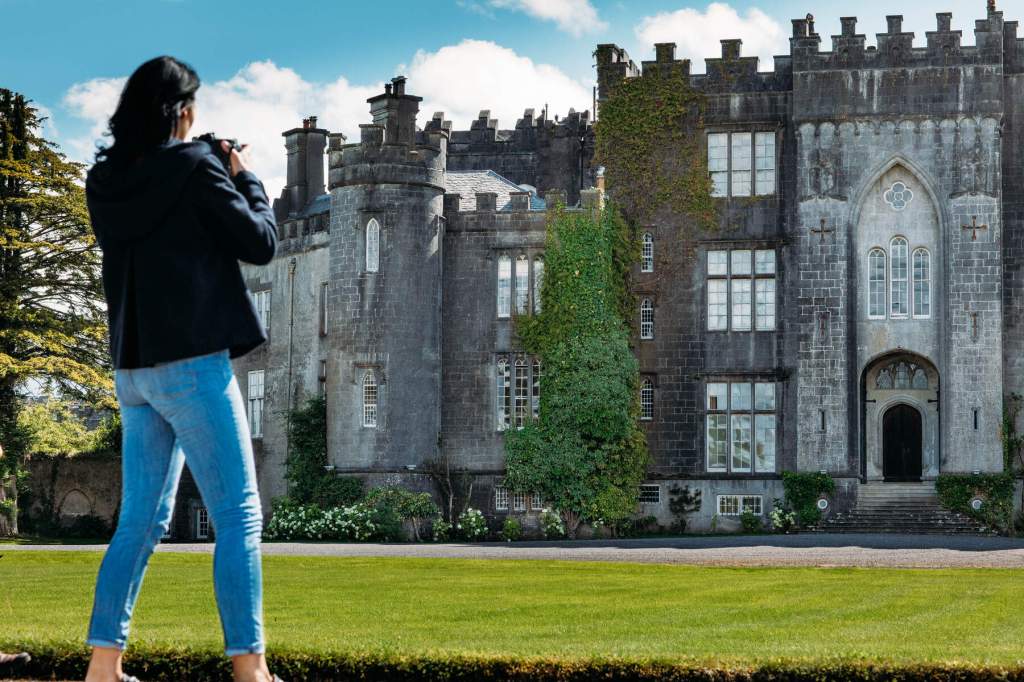
The website tells us:
“In Anglo Norman Times, the Castle was built on the motte. The gate tower of this led into the castle bawn (courtyard) which is now the centre of the present building. The Central Gate Passage with its 12 foot walls can be seen in the lower floor of the present building.
“The castle or fortress of Birr was re occupied by the O’Carroll’s who held it until the 1580s when it was sold to the Ormond Butlers. In 1620 the now ruined castle was granted to the Parsons family by James I. Rather than occupy the tower house of the O’Carrolls, the Parsons decided to turn the Norman Gate Tower into their ‘English House’. Building on either side and incorporating two Flanking Towers. Sir Laurence Parsons did a large amount of building and remodelling including the building of the two flanking towers, before his death in 1628. This is all accounted for in our archives.
“The castle survived two sieges in the 17th century, leaving the family impoverished at the beginning of the 18th century. This led to little was done to the 17thcentury house. However, sometime between the end of that century and the beginning of the 19th century, the house which had always faced the town, was given a new gothic facade, which now faces the park. The ancient towers and walls, now the park side of the castle, were swept away, including the Black Tower (The Tower House) of the O’Carroll’s, which had stood on the motte. Around 1820 the octagonal Gothic Saloon overlooking the river was cleverly added into the space between the central block and the west flanking tower.
“After a fire in the central block in 1836 the centre of the castle was rebuilt, with the ceilings heightened, a third story added and also the great dining room. In the middle of the 1840s a larger work force was employed during the famine times in Ireland. The old moat and the original Norman motte were flattened, and a new star-shaped moat was designed, with a keep gate. This was financed by Mary, Countess of Rosse. This period of remodelling was also overlapped with the construction of the Great Telescope, The Leviathan. Which was completed in 1845.
“The final work on the castle was completed in the 1860s when a Square Tower at the back of the castle on the East side was added. This now contains nurseries on the top floor which have a great view over the town of Birr.”

The website also gives us a good history of the family:
“The Parsons family arrived at Birr in 1620. They acquired the ruined fortress of Birr. It had been an O’Carroll castle, but had for some twenty years belonged to the Ormond Butlers. Sir Laurence [1576-1628], one of four brothers living in Ireland at the beginning of end of the 16th century, had been working with his cousin Richard Boyle the great Earl of Cork,(to whom he was related through the Fenton family, in Youghal). Laurence died suddenly in 1628 and was succeeded by his second son, William, ably supported by his mother, Anne, née Malham, a Yorkshire woman related to the Tempest family.
“Sir Laurence’s elder brother, also William, became Surveyor General of Ireland and founded the elder branch of the family, living in Bellamont, Dublin. This branch died out at the end of the 18th century.
“The 17th century was a turbulent one for the Parsons family in Birr. The castle was involved in two sieges, the first in the 1640s where the family moved for a time to London, before returning at the end of the Cromwellian period. In 1690 the castle was besieged again, by Sarsfield [Patrick Sarsfield, 1st Earl of Lucan].This time the Castle held out and Sarsfield moved on.
“The 18th century was a quiet period for the family who were left with little money and returned to improving their estates at Birr and living off the land. Towards the end of the century Sir Laurence, [1758-1841] 5th baronet, became a politician and friend of Flood and Grattan. He was praised for his honesty. He opposed the Act of Union. He became 2nd Earl of Rosse in 1807 when he inherited the title from his Uncle [Lawrence Harman Parsons-Harman, 1st Earl of Rosse, who had inherited Newcastle, County Longford].”

The website history of the family continues:
“The 19th century saw the castle become a great centre of scientific research when William Parsons, 3rd Earl built the great telescope. (See astronomy).His wife, Mary, whose fortune helped him to build the telescope and make many improvements to the castle, was a pioneer photographer and took many photographs in the 1850s. Her dark room – a total time capsule which was preserved in the Castle – has now been exactly relocated in the Science Centre.
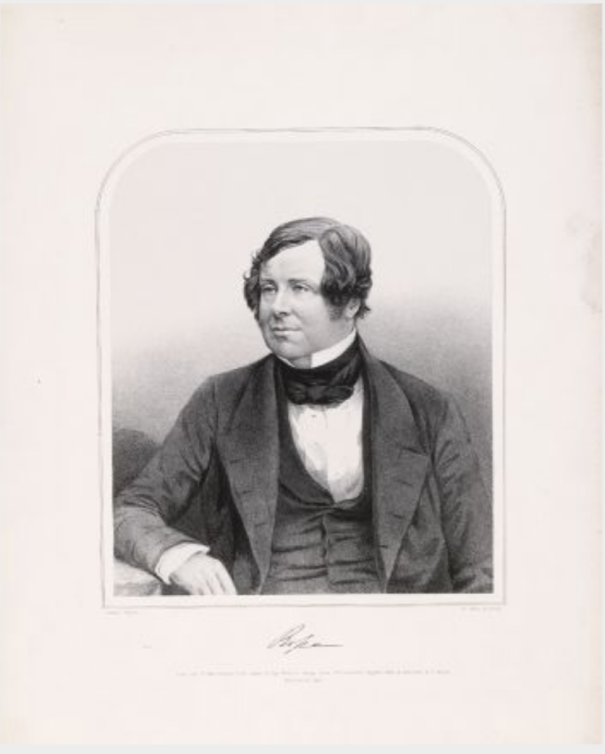
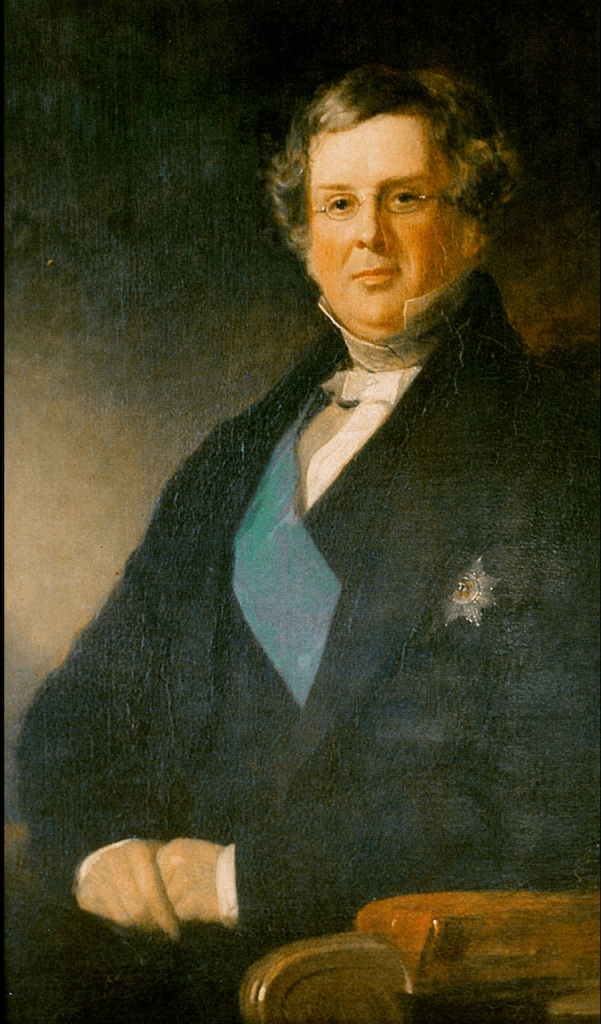
“Their son the 4th Earl also continued astronomy at the castle and the great telescope was used up to the beginning of the 2nd world war. His son the 5th Earl was interested in agriculture and visited Denmark in search of more modern and successful methods. Sadly he died of wounds in the 1st world war.
“His son, Michael the 6th Earl and his wife Anne created the garden for which Birr is now famous. (see the gardens and trees and plants) Anne, who was the sister of Oliver Messel the stage designer, brought many treasures to Birr from the Messel collection and with her skill in interior decoration and artist’s eye, transformed the castle, giving it the magical beauty that is now apparent to all. Michael was also much involved in the creation of the National Trust in England after the war.
“Their son Brendan, the present Earl, spent his career in the United Nations Development Programme, living with his wife Alison and their family in many third world countries. He returned to Ireland on his father’s death in 1979. Brendan and Alison have also spent much time on the garden, especially collecting and planting rare trees. Their three children are all passionate about Birr and continue to add layers to the story for the future.
“Patrick, Lord Oxmantown currently lives in London and is working on plans to bring large scale investment into Birr which will enable him and his family to move back to Ireland.
“Alicia Clements managers the Birr Castle Estate and lives in the sibling house of Tullanisk.
“Michael Parsons, works in London managing a portfolio of properties for the National Trust and is a board member to The Birr Scientific and Heritage Foundation.”
4. Charleville Forest Castle, Tullamore, County Offaly – sometimes open to public

http://www.charlevillecastle.ie/
Charleville Castle was built to replace a seventeenth century house called Redwood. It was built 1800-1812 for Charles William Bury (1764-1835), later 1st Earl of Charleville, and was designed by Francis Johnston. Charles William Bury was from Shannongrove, County Limerick, and his mother from Sopwell Hall County Tipperary. His father John succeeded to the Charleville estates of his maternal uncle, Charles Moore, 1st Earl of Charleville. On Charles Moore’s death the title became extinct, until Charles William Bury was created 1st Earl of Charleville of the second creation in 1806. Due to the lack of male heirs in the Moore family after Charles Moore’s death in 1764, and the fact that John Moore died later that year in 1764 the land was inherited by Charles William Bury who was the grand nephew of the last Earl, at just six months old.

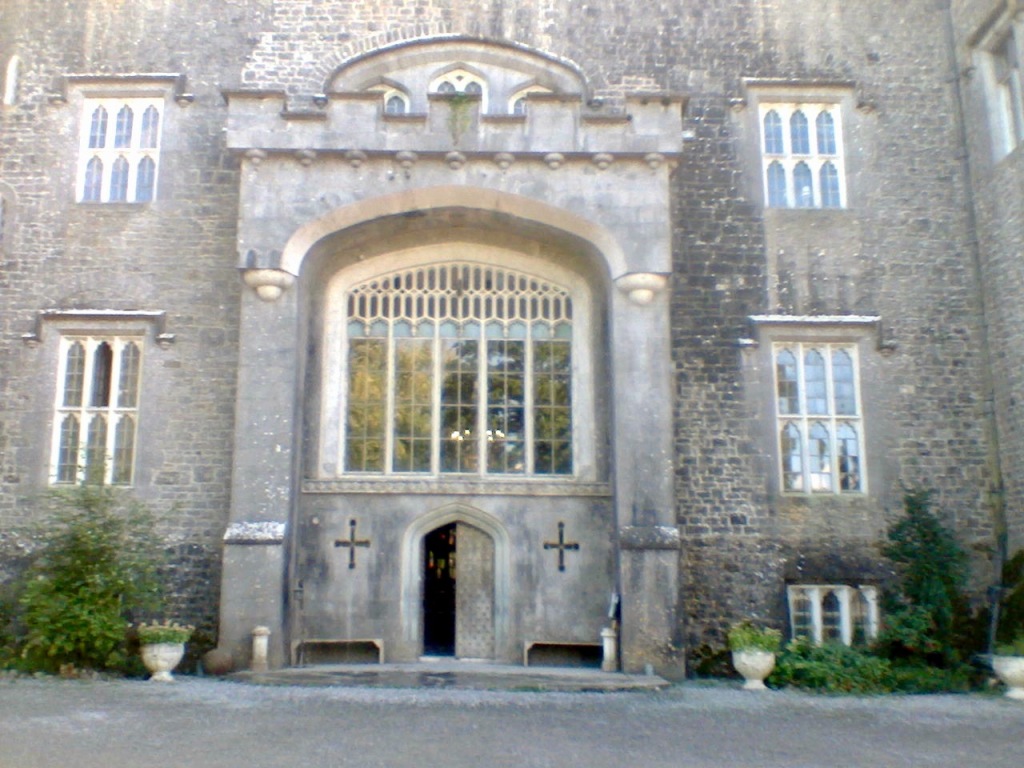
Mark Bence-Jones writes (1988):
p. 82. “(Bury/IFR) The finest and most spectacular early C19 castle in Ireland, Francis Johnston’s Gothic masterpiece, just as Townley Hall, County Louth, is his Classical masterpiece. Built 1800-1812 for Charles William Bury, 1st Earl of Charleville, replacing a C17 house on a different site known as Redwood. A high square battlemented block with, at one corner, a heavily machicolated octagon tower, and at the other, a slender round tower rising to a height of 125 feet, which has been compared to a castellated lighthouse. From the centre of the block rises a tower-like lantern. The entrance door, and the window over it, are beneath a massive corbelled arch. The entire building is cut-stone, of beautiful quality.” [3]
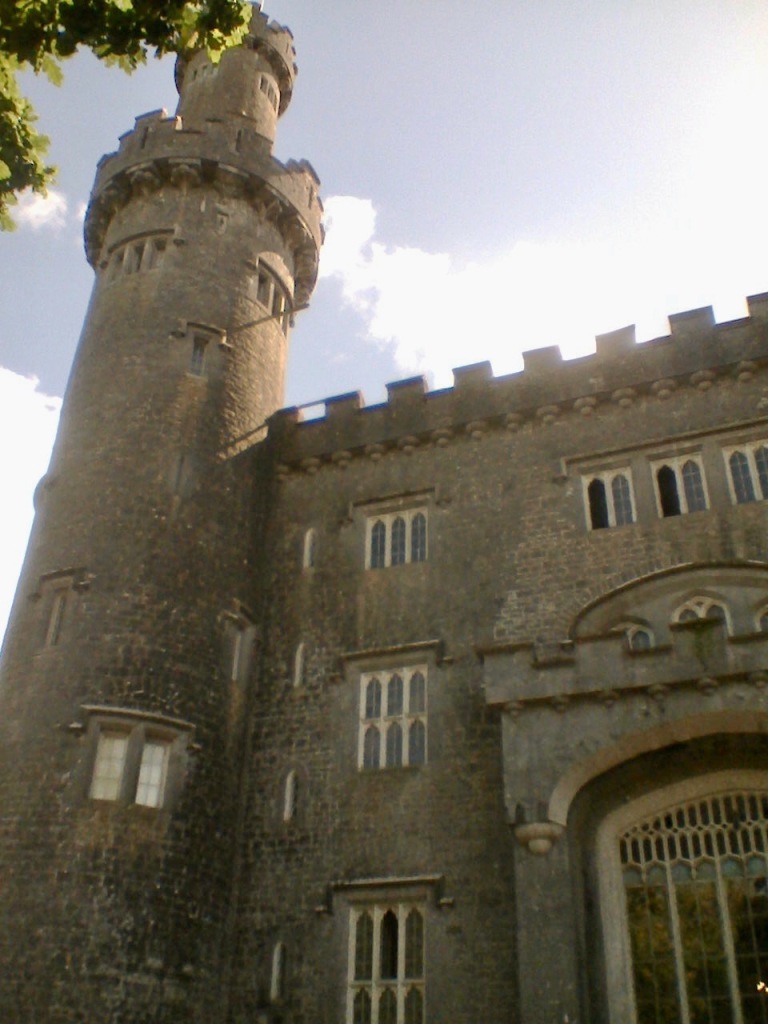

To the right of the entrance front, and giving picturesque variety to the composition, is a long, low range of battlemented offices, including a tower with pinnacles and a gateway.
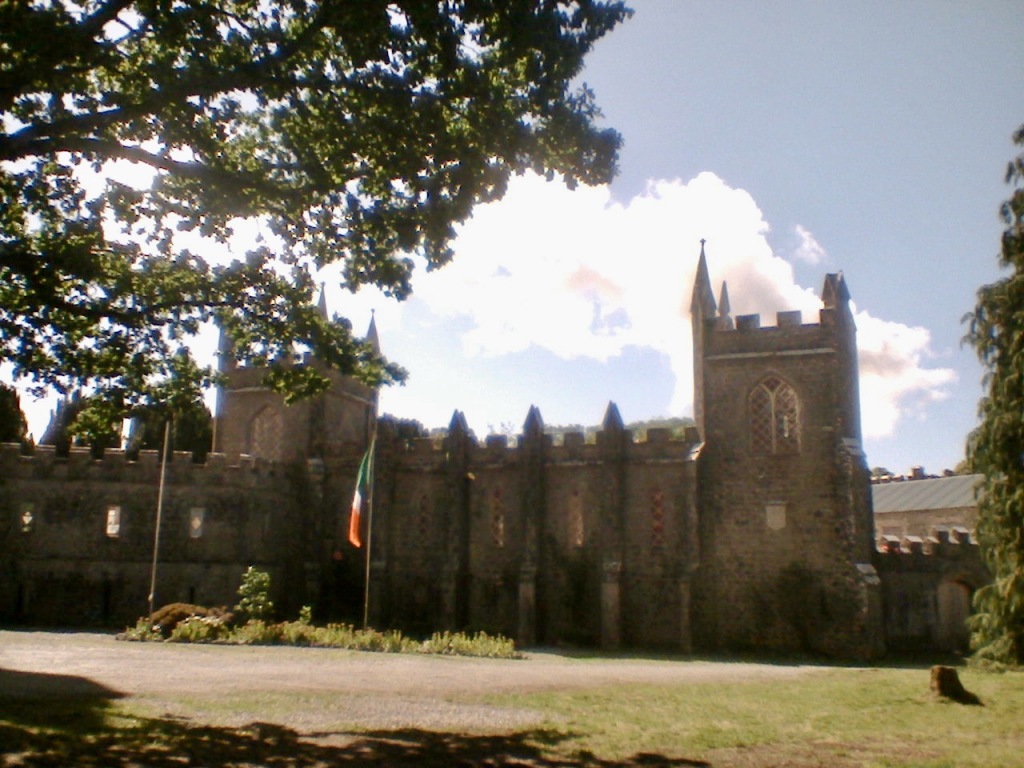
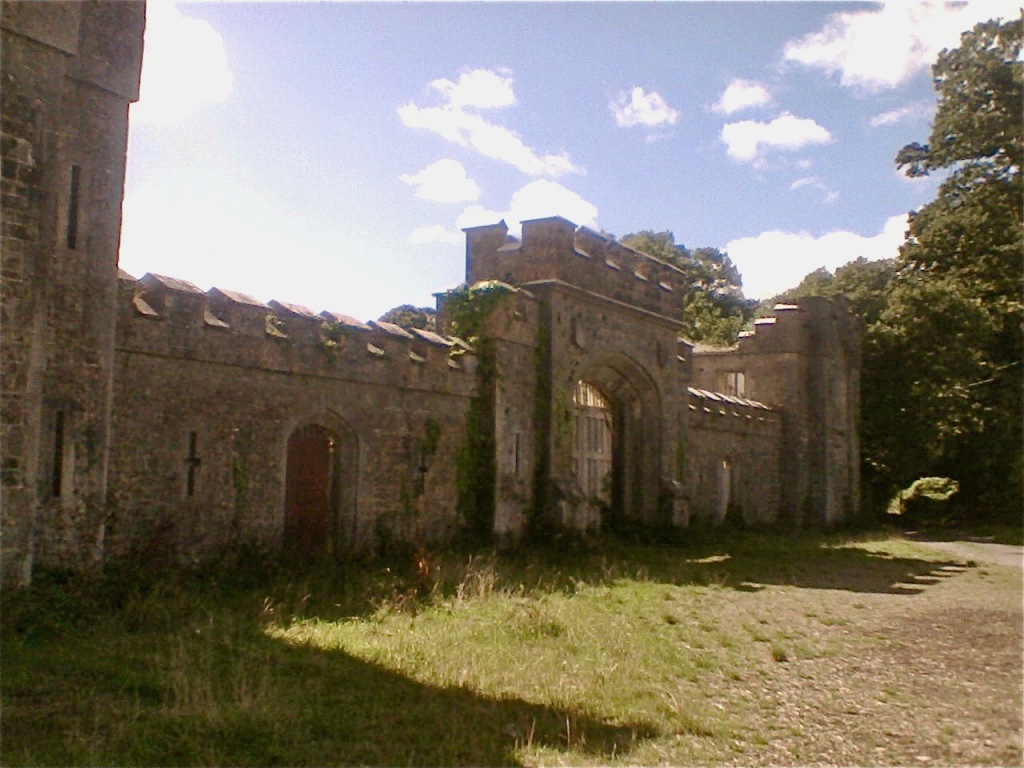
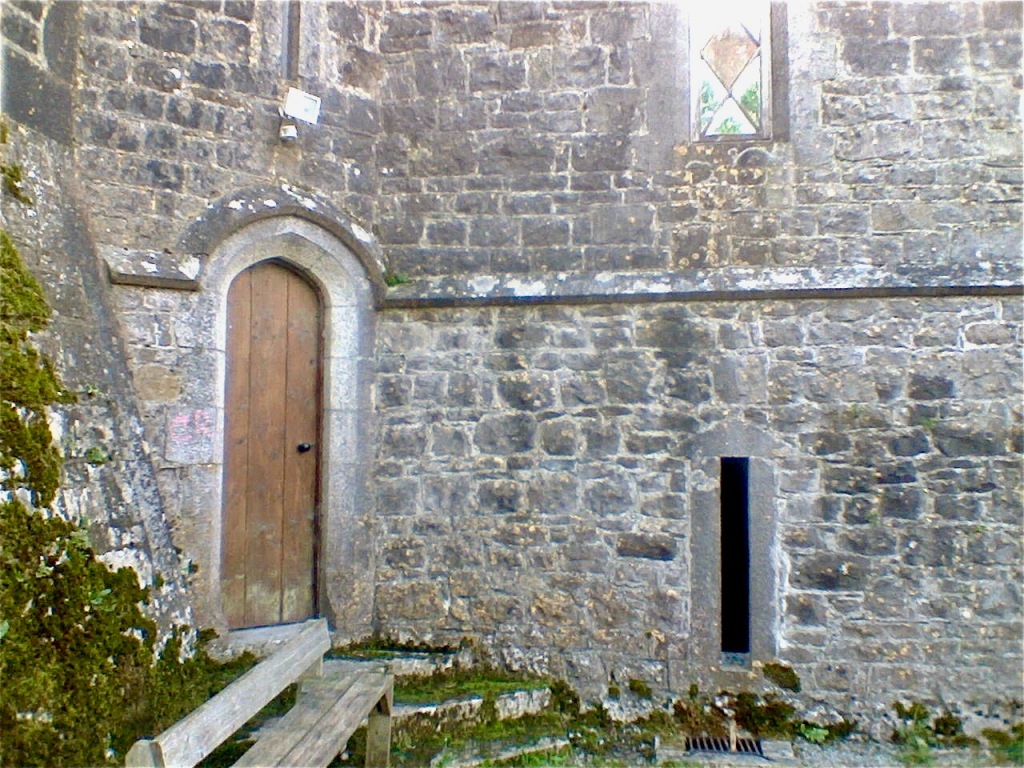
Mark Bence-Jones continues:
“The garden front is flanked by square turrets.
“The interior is as dramatic and well-finished as the exterior. In the hall, with its plaster groined ceiling carried on graceful shafts, a straight flight of stairs rises between galleries to piano nobile level, where a great double door, carved in florid Decorated style, leads to a vast saloon or gallery running the whole length of the garden front.”
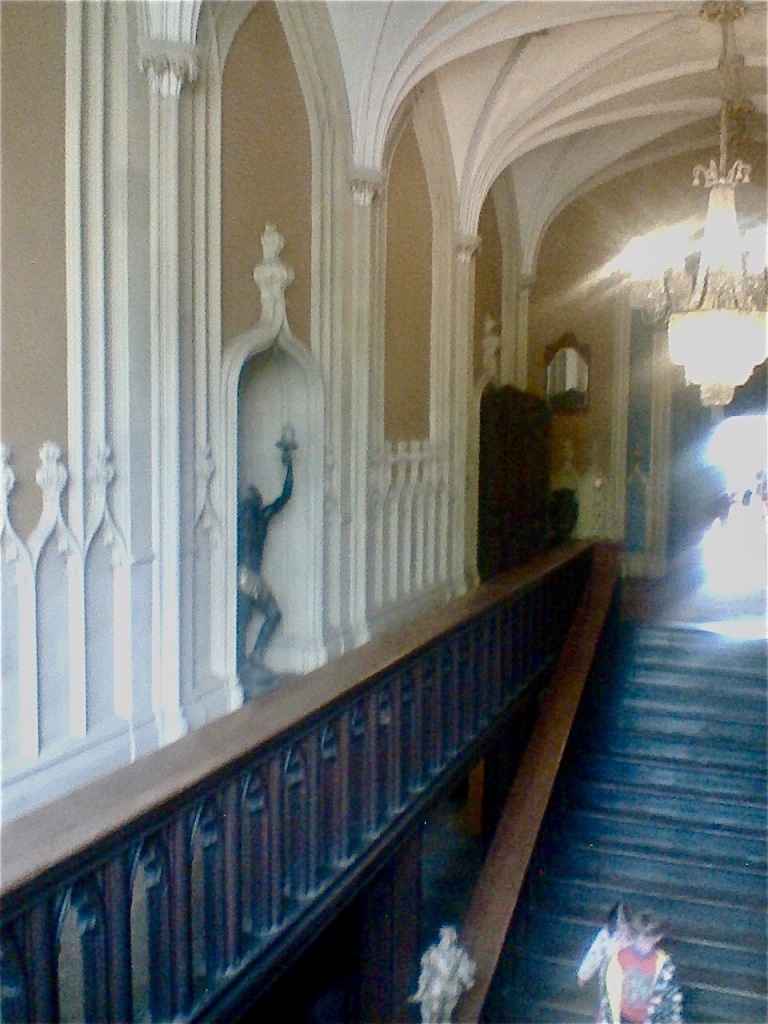
My camera battery died before I had time to take photographs when I visited so please excuse these blurry pictures taken on my old phone. For much better pictures and more information, see the website of the Irish Aesthete Robert O’Byrne, https://theirishaesthete.com/2019/10/14/charleville/


Mark Bence-Jones continues:“This is one of the most splendid Gothic Revival interiors in Ireland; it has a ceiling of plaster fan vaulting with a row of gigantic pendants down the middle; two lavishly carved fireplaces of grained wood, Gothic decoration in the frames of the windows opposite and Gothic bookcases and side-tables to match.“
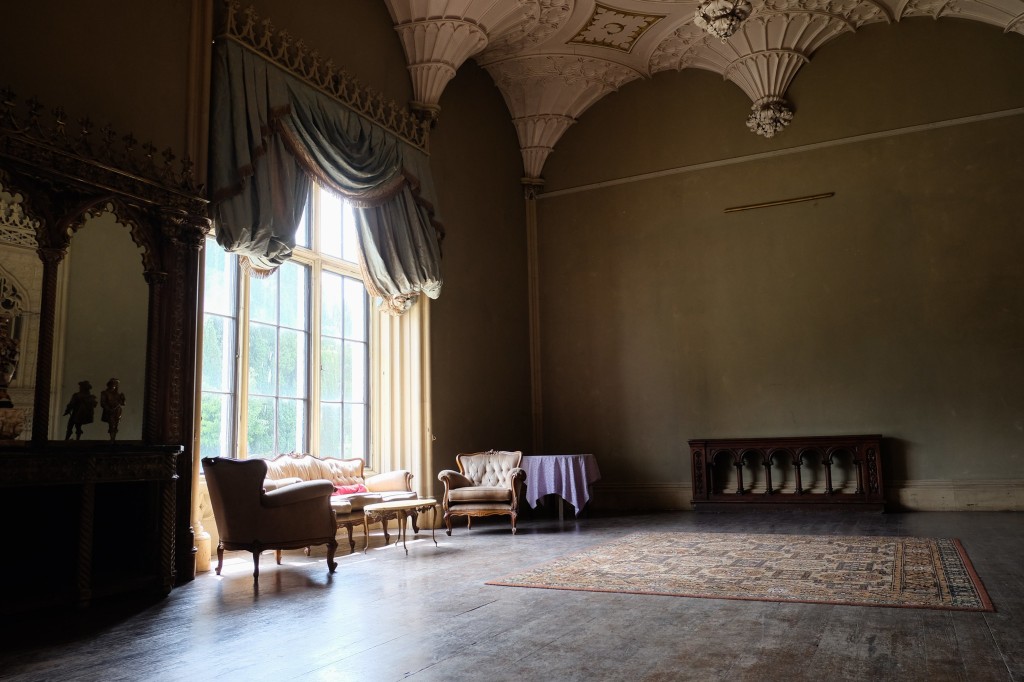
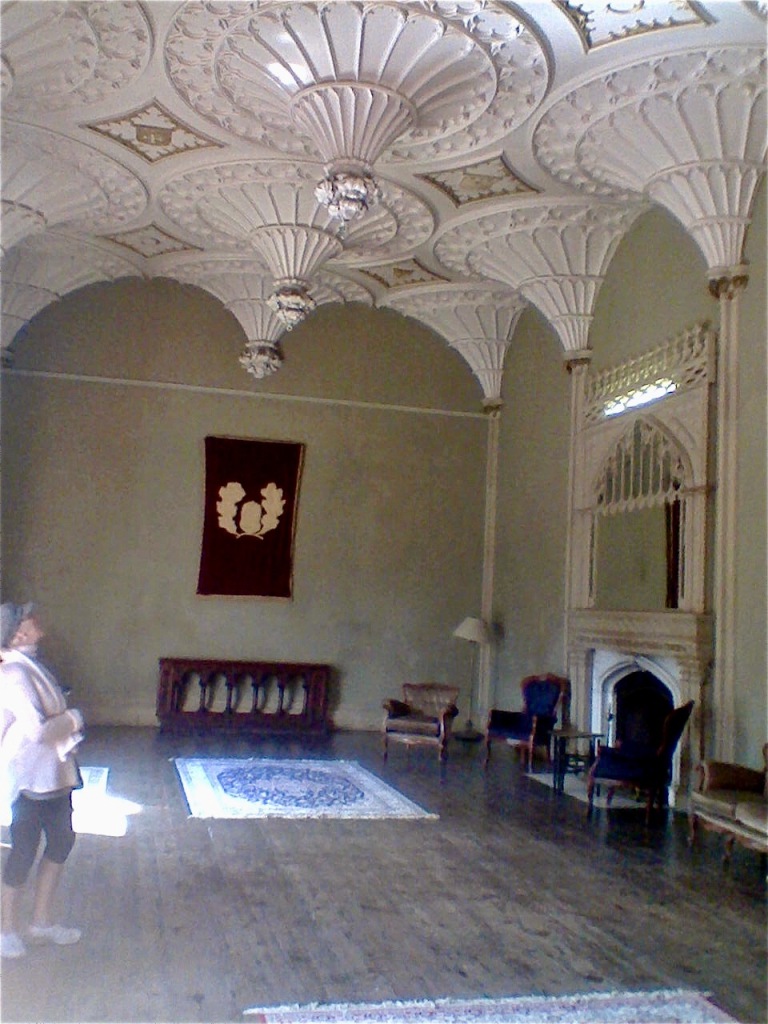

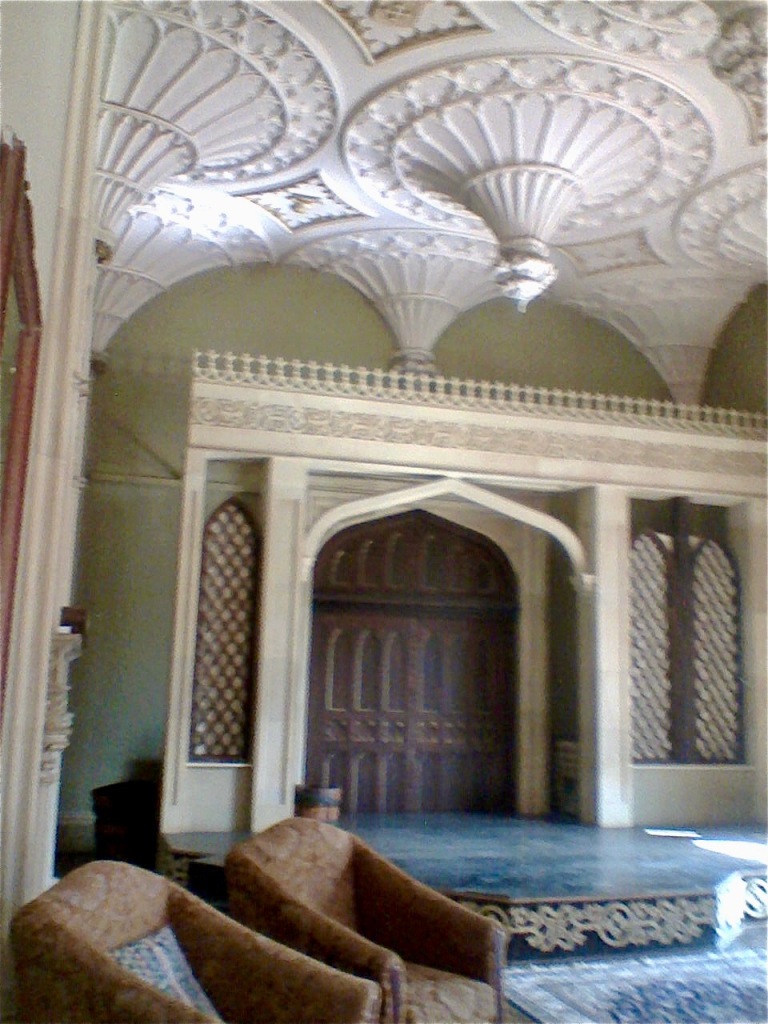
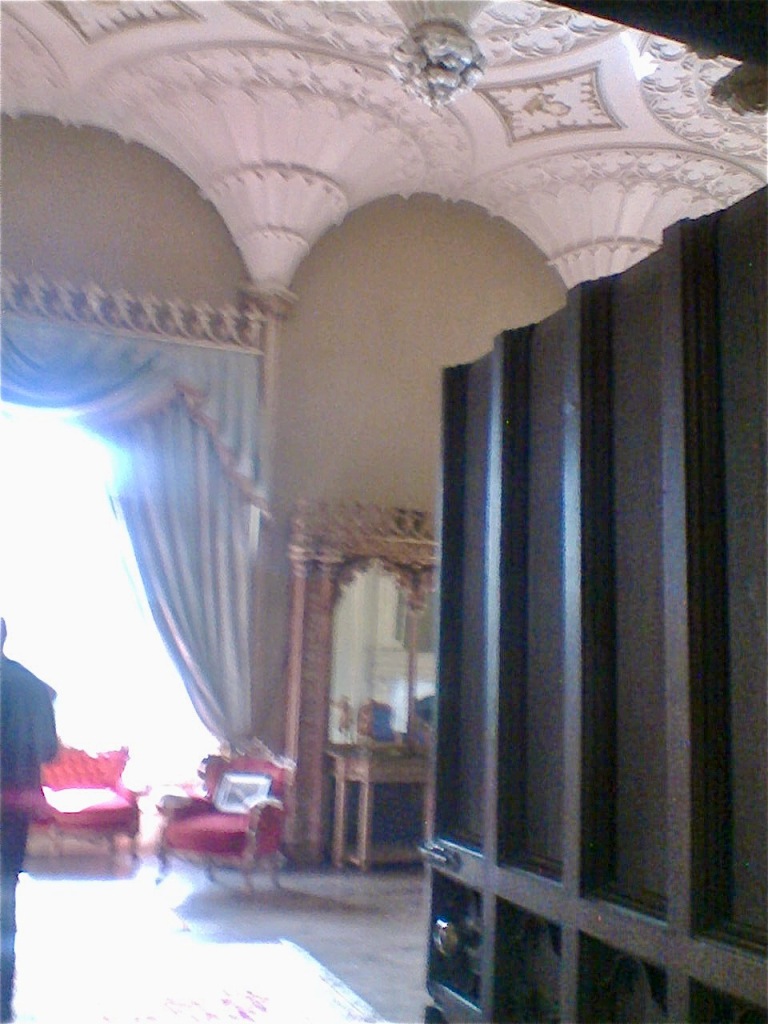
Sean O’Reilly tells us in Irish Houses and Gardens. From the Archives of Country Life: “Bury’s intention, as he wrote in his own unfinished account of the work, was to ‘exhibit specimens of Gothic architecture’ adapted to ‘chimneypieces, ceilings, windows, balustrades, etc.’ but without excluding ‘convenience and modern refinements in luxury.’ This recipe for the Georgian gothic villa had already been used at Horace Walpole’s Strawberry Hill in London, and Bury’s cultivated lifestyle in England certainly would have made him aware of that house and its long line of descendants.” [4]
Charles William Bury was President of the Royal Irish Academy between 1812 and 1822. He was closely involved in the creation of his house in Charleville Forest and saw himself as the castle’s architect. From his work on the castle, Francis Johnston gained many more commissions.
Charleville Forest was written up by Mark Girouard for Country Life in 1962. Just over fifty-three years later another article has appeared (October 2016) in the same prestigious publication and this time by Dr Judith Hill, awarded a doctorate for her work on the Gothic in Ireland.
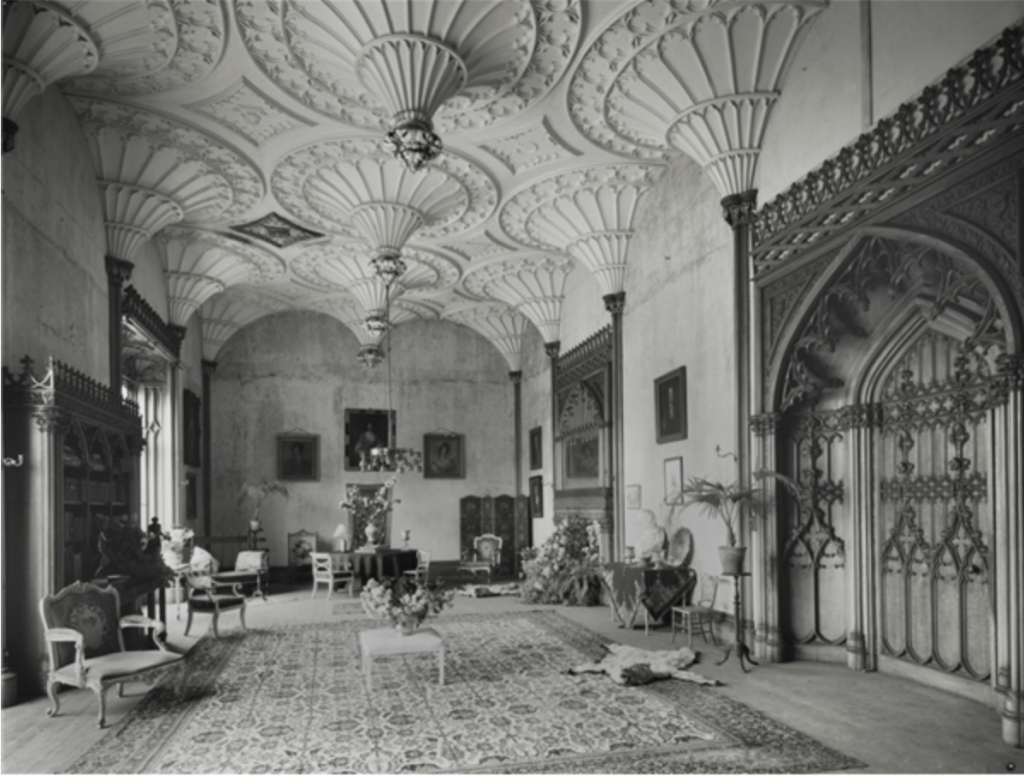
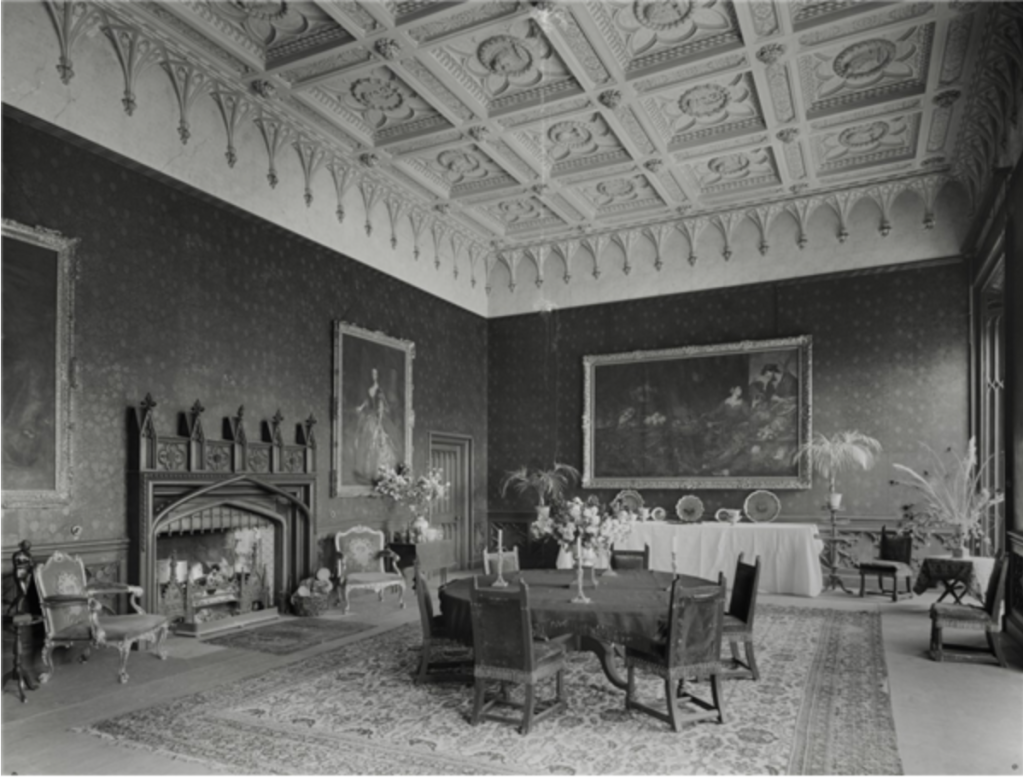
Judith Hill did some digging about the role that Charles William Bury’s wife, Catherine, played in the design of Charleville, and shared her findings in a lecture given to the Offaly History Society and published on the Offaly History blog. She tells us:
“…it was time to look more closely at the collection of Charleville drawings which had been auctioned in the 1980s. Many of these are in the Irish architectural Archive, and those that were not bought were photographed. Here I found two pages of designs for windows that were signed by Catherine (‘CMC’: Catherine Maria Charleville). There is a sketch of a door annotated in her hand writing. There is a drawing showing a section through the castle depicting the wall decoration and furniture that had been attributed to Catherine. Rolf Loeber had a perspective drawing of the castle which showed the building, not quite as it was built, in a clearing in a wood. The architecture was quite confidently drawn and the trees were excellent. It was labelled ‘Countess Charleville’. I looked again at some of the sketches of early ideas for the castle in the Irish Architectural Archive. In one, the building design was hesitant while the trees were detailed; an architect wouldn’t bother with such good trees for an early design sketch. There was another that had an architect’s stamp; the massing of the building quickly drawn, the surrounding trees extremely shadowy. I could see Catherine and [Francis] Johnston talking about the design in these drawings.“
O’Reilly tells us: “Charleville Forest’s patron, Charles William Bury, from 1800 Viscount and from 1806 Earl of Charleville, was a man well versed in contemporary English taste and style. He inherited lands in Limerick, through his father’s maternal line, and in Offaly. His great wealth, lavish lifestyle and generous nature allowed him simultaneously to distribute largesse in Ireland, live grandly in London and travel widely on the continent…[p. 139] Charleville’s lack of success in his search for a sinecure proved ill for the future of the family fortunes for, continuing to live extravagantly above their means, they advanced speedily towards bankruptcy. On Charleville’s death in 1835, the estate was ‘embarrassed’ and by 1844, the Limerick estates had to be sold and the castle shut up, while his son and heir, ‘the greatest bore the world can produce’ according to one contemporary, retired to Berlin.“

The drawing room and dining room are on either side of the hall. The dining room has a coffered ceiling and a fireplace which is a copy of the west door of Magdalen College chapel, Oxford.
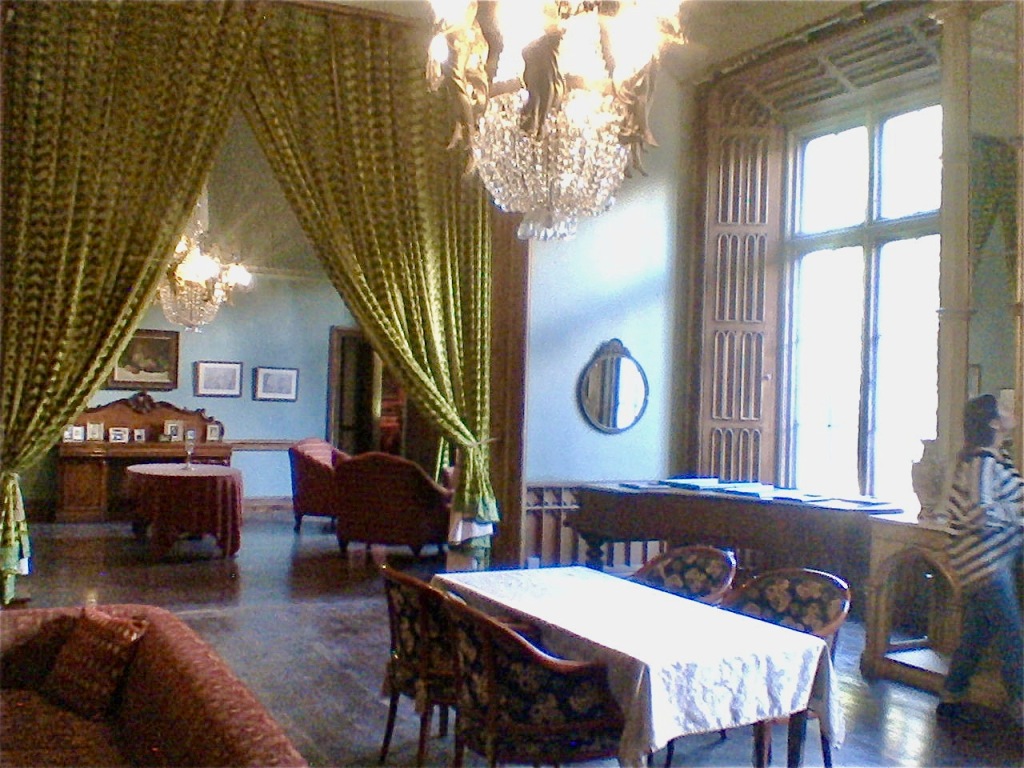
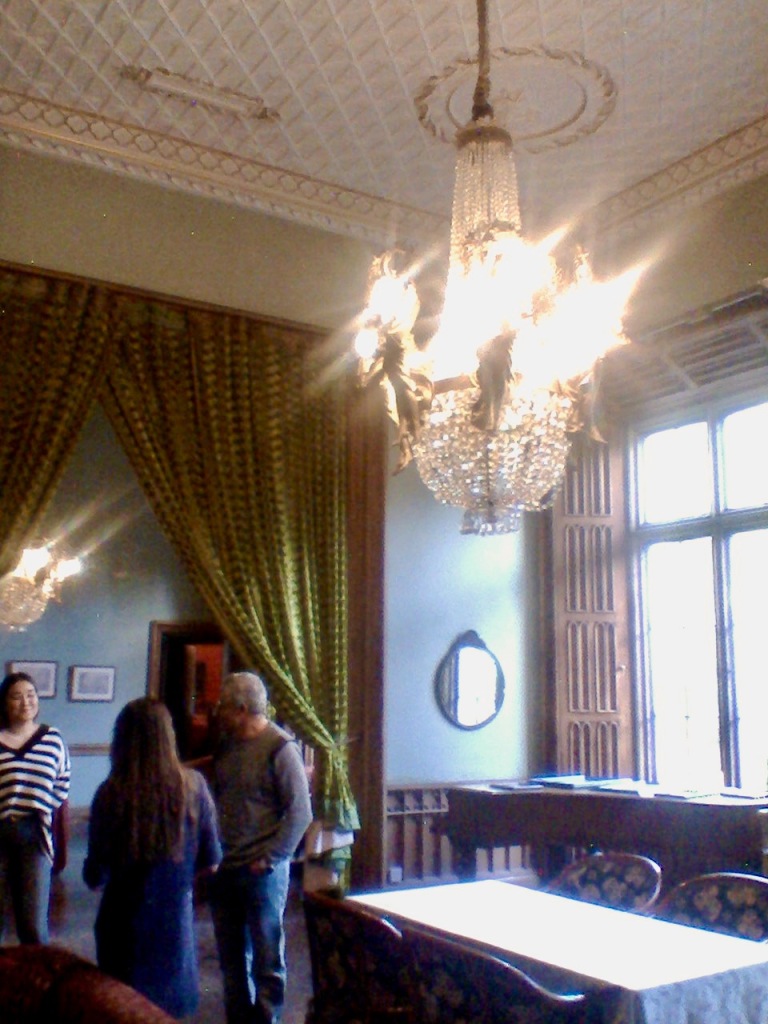
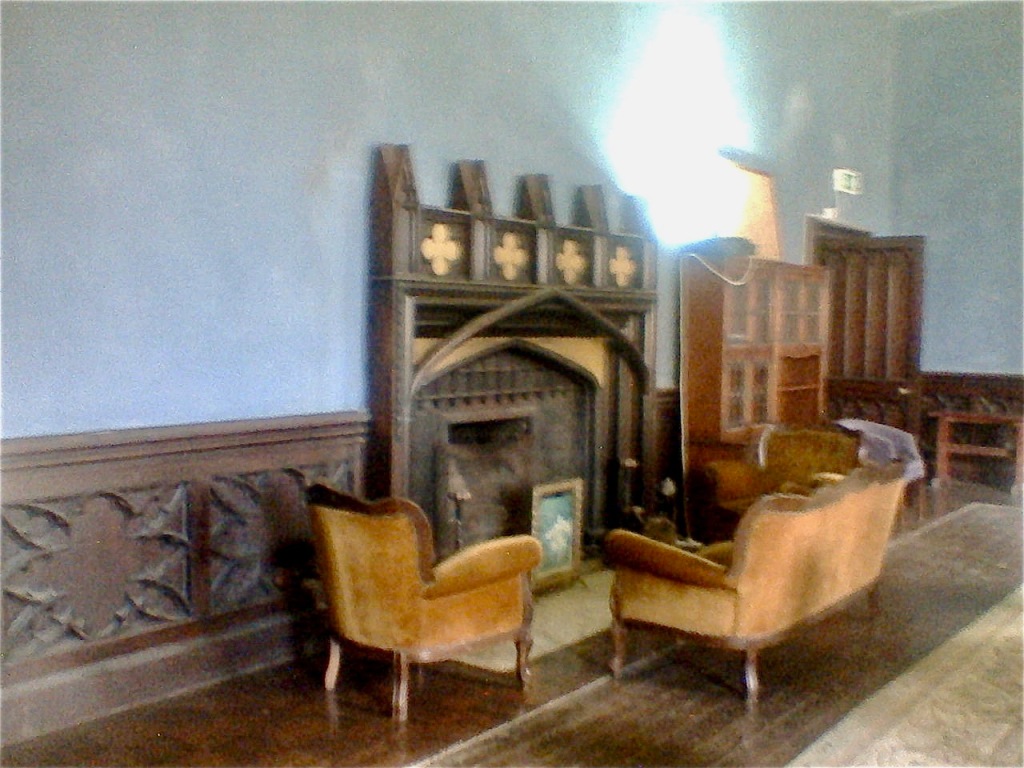
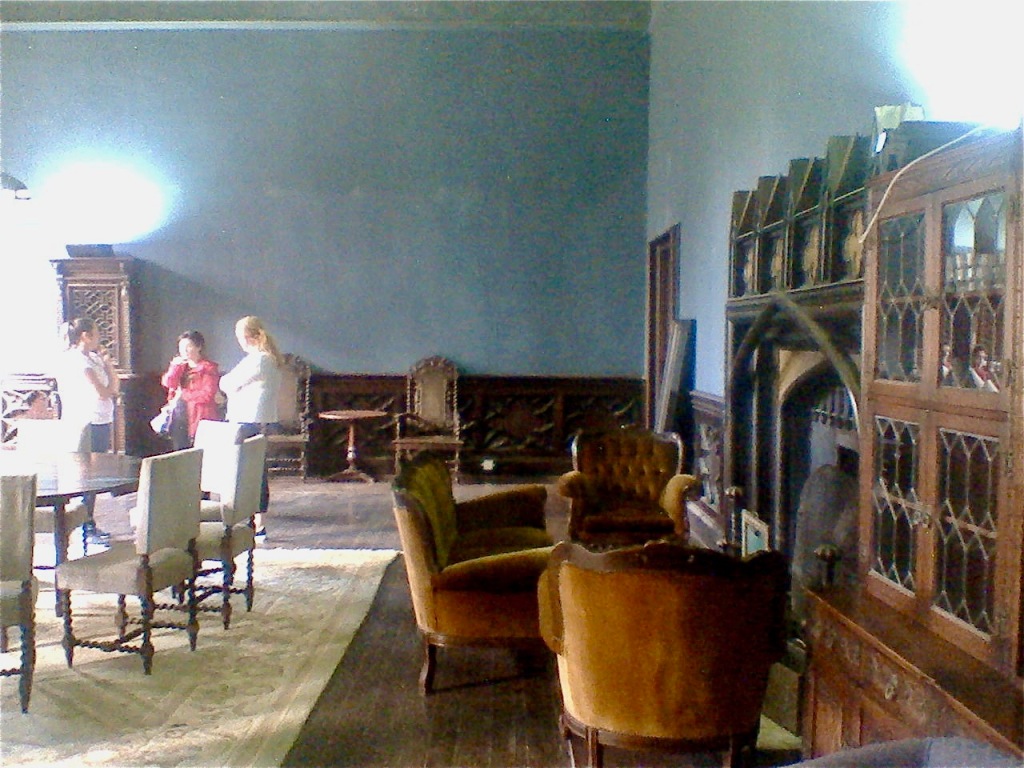
The is an intricate tightly curved staircase of Gothic joinery leading to the upper storeys, with Gothic mouldings on walls.



The 3rd Earl, Charles William George Bury (1822-1859), returned to the house in 1851, but with a much reduced fortune. He died young, at the age of 37, and his son, also named Charles William, succeeded as the 5th Earl at the age of just seven years old. His mother had died two years earlier. It seems that many of the Bury family were fated to die young. A tragic accident occurred in 1861 when the 5th Earl’s young sister Harriet was sliding down the balustrade of the Gothic staircase from the nursery on the third floor and fell. She is said to haunt the staircase and to be heard singing.

A small octagonal library sits in the octagon tower, and a charming little boudoir in the round tower, with plaster vault surmounted by an eight-pointed star.


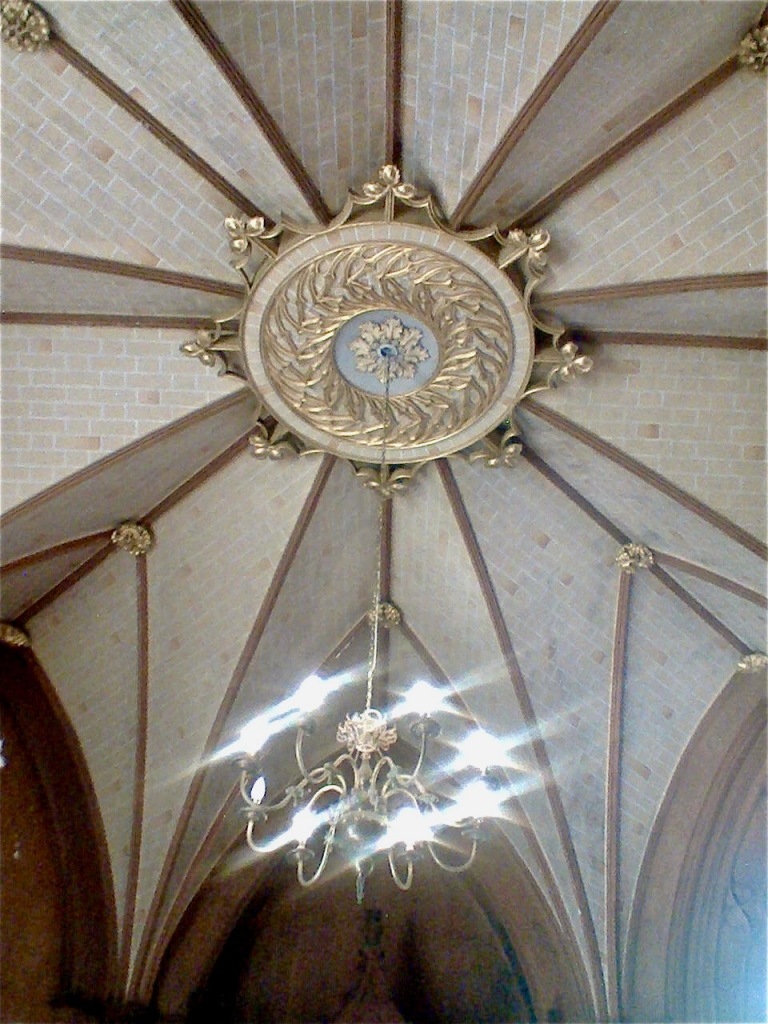
The 4th Earl died at the age of 22 in 1874, unmarried, so the property passed to his uncle, Alfred, who succeeded as 5th Earl of Charleville but died the following year in 1875, without issue. The young 4th Earl had quarrelled with his sister who was next in line, so the property passed to a younger sister Emily.
In 1877 William Morris was asked to decorate the dining room. He is credited with the ceiling in this room.
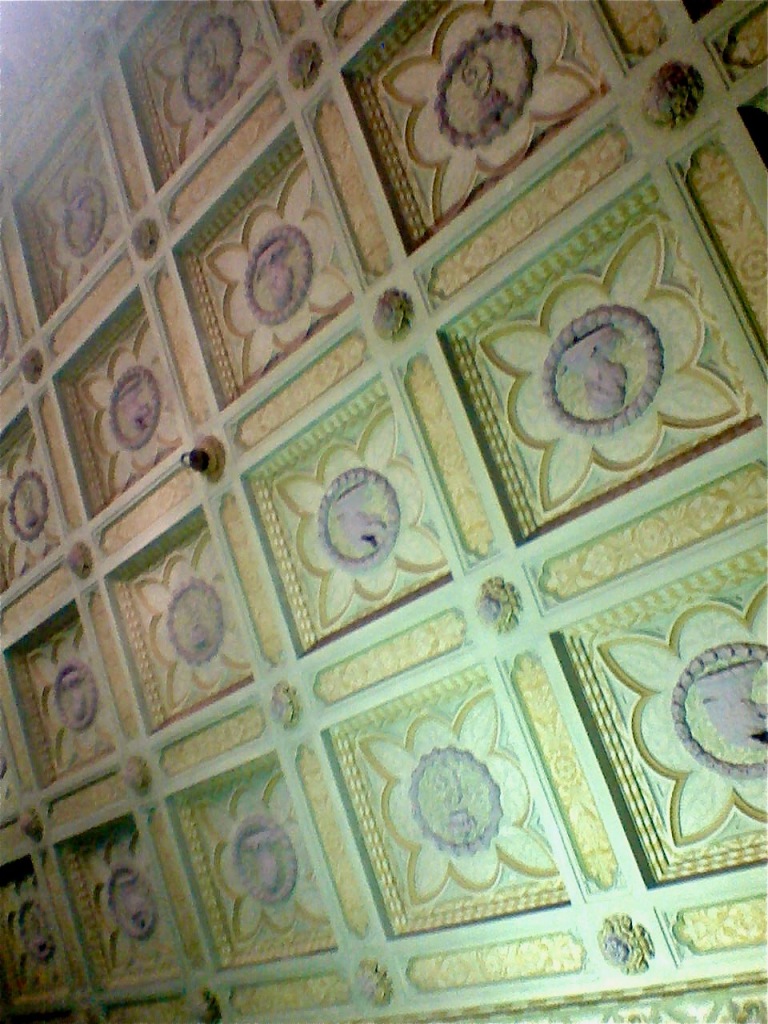
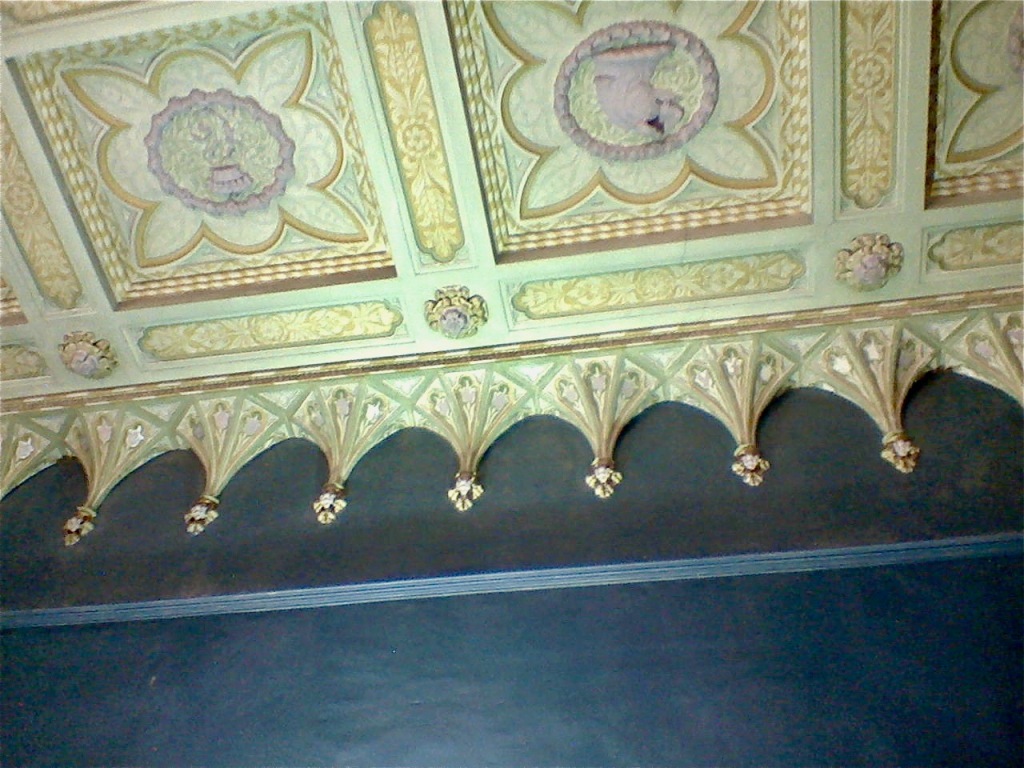
Emily married Kenneth Howard, son of the 16th Earl of Suffolk, in 1881. On 14 December 1881 his name was legally changed to Kenneth Howard-Bury by Royal Licence, after his wife inherited the Charleville estate. After Emily’s death in 1931 the castle remained unoccupied. Her son Charles Kenneth Howard-Bury preferred to live at another property he had inherited, Belvedere in County Westmeath (see my entry below).
The house stood almost empty, with a caretaker, for years. When Charles Kenneth died in 1963, the property passed to a cousin, the grandson of the 3rd Earl’s sister with whom he had quarrelled. She had married Edmund Bacon Hutton and her grandson William Bacon Hutton legally changed his surname to Hutton-Bury when he inherited in 1964. The castle remained empty, until it was leased for 35 years to Michael McMullen in 1971. It had been badly vandalised at this stage. He immediately set to restore the castle.
More repairs were carried out by the next occupants, Bridget Vance and her parents, who planned to run a B&B and wedding venue. Today the castle is run by Charleville Castle Heritage Trust.
5. Clonony Castle, County Offaly – for sale May 2023
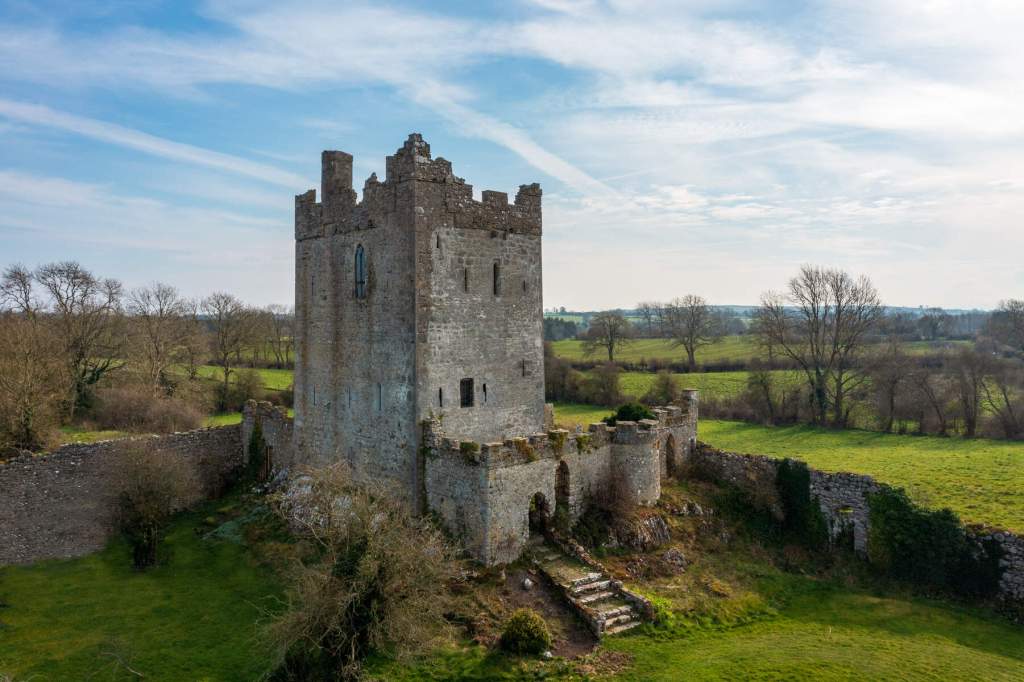
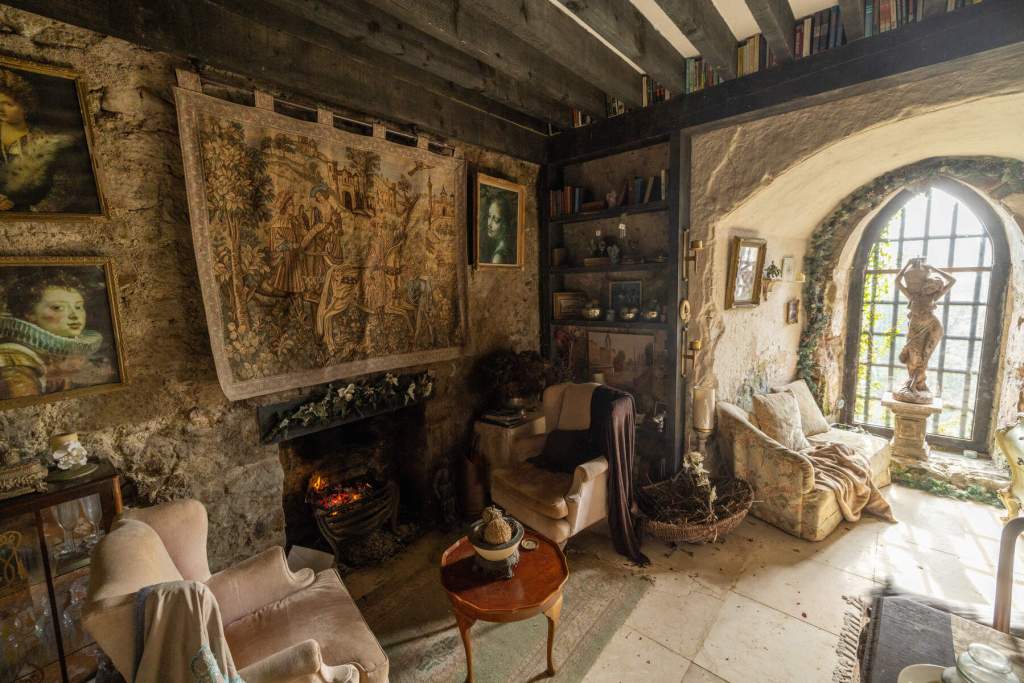
https://www.visitoffaly.ie/Things-to-do/Culture-Heritage/Clonony-Castle/
The website tells us:
“Clonony Castle, built in the 1490’s by the Coghlan Clan, was seized by Henry VIII during the war of dominion by England. He ceded it to Thomas Boleyn, making him the Earl of Ormond, his daughter, the ill-fated Ann, a countess and marriageable by a king. When Henry tired of Ann and the Boleyns fell from grace, two ladies, Mary and Elizabeth, were sent back to Clonony and remained for the rest of their lives. Their tombstone lays beneath a tree in the castle bawn.
“Following the ladies demise, a merchant, Sir Matthew de Renzi, wrote to Queen Elizabeth of the great significance of the castle and begged to be awarded it. These DeRenzi letters have become very important as they tell us what life was like in the 16th Century in the midlands. Possessing a great facility for language, speaking and trading with many countries, he wrote the first English/Irish dictionary.
“Today the castle has been sensitively restored to reflect the way of life through this historical period and now is open to the public casually from 12 to 5 on Friday, Saturday, and Sunday through summer and anytime by appointment on 0877614034. There is no fee, but donations toward the maintenance of the castle is greatly appreciated. In June, the castle will open on weekends for glamping (glamourous camping). Early booking is essential.”
6. Crotty Church, Castle Street, Birr, Co. Offaly
Open in 2024: all year, 1pm-5pm Fee: Free
7. Gloster House, Brosna, Birr, Co. Offaly
Open dates in 2024: Jan 2-29, Mon-Fri, May 1-31, Aug 17-25, 9am-1pm
Fee: adult/child €10, OAP/student €8

The Historic Houses of Ireland website tells us:
“Just east of the road between Birr and Roscrea, Gloster is County Offaly’s most important remaining eighteenth century house. The formal facade, overlooking the steeply terraced garden, is unusually long and low, and is very grand. Thirteen bays wide and two stories high, the house is constructed in blue-grey limestone with a wealth of early architectural details in warm contrasting sandstone. The interior is equally splendid, especially the two principal rooms; the richly decorated double-height entrance hall and the great barrel-vaulted hall, or landing, on the piano nobile.“
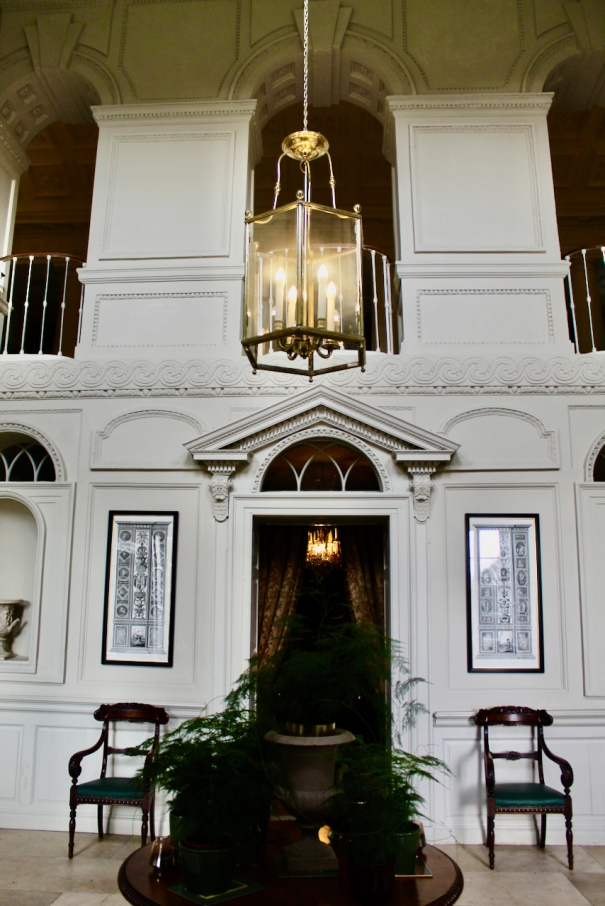
The Lloyd’s ancestor came to Ireland from Denbighshire, to serve in the army of King Charles I, and he acquired the estate in 1639 through marriage with an heiress, Margaret Medhop. Presumably they and their descendants lived in an earlier dwelling, of which no trace remains, until the present house was completed sometime after 1720. The architectural historian Maurice Craig, who edited the book of Pearce’s drawings, observed that, “Gloster has features which can hardly derive from anyone other than Sir Edward Lovett Pearce” (c.1699-1733). Craig also believed that, while Pearce may well have provided a design for his cousin, Trevor Lloyd, he almost certainly left the execution to others since “for all its charm, it is provincial in almost every respect”.
Pearce began work in Ireland in 1724 under Alessandro Galilea on Castletown House, in County Kildare. He later designed Parliament House in College Green in Dublin.
Trevor Lloyd and Rose Medhop had a son and named him Medhop Lloyd (c. 1670-1734). He married into the Lovett family, marrying Mary, daughter of Christopher Lovett, who at one time held the position of Lord Mayor of Dublin.
The Gloster we see today was built by the son of Medhop and Mary, Trevor Lloyd (d. 1747). His mother Mary was the sister of Frances Lovett, who married Edward Pearce (1658-1715), and Frances and Edward were the parents of architect Edward Lovett Pearce. Therefore Lovett Pearce was a first cousin of Trevor Lloyd (d. 1747), who inherited the property.

We visited Gloster House in County Offaly in February 2023. I was excited to see it after looking at pictures on Robert O’Byrne’s blog. Previously it had been a school, purchased by an order of nuns in 1958. The nuns ran the house as a convalescent home. To its rear they erected a chapel and school buildings to accommodate a female boarding school. Nearly all of the farm buildings were demolished to allow for these new buildings, but the original house survived conversion to an institution reasonably well apart from the destruction of a complete wing on the north-western elevation. The order of nuns left Gloster in 1990 and following two subsequent changes of owners, in 2001 it became the property of Tom and Mary Alexander, who moved from Dublin to Birr. They have been working on the restoration of Gloster ever since.
The house and gardens are available as an exclusive private venue for corporate functions, family celebrations and weddings. It is also a home to the Alexander family.
The Gloster website tells us that the present house is thought to date from between 1700 and 1720, and it is possible that a house existed on the same site at Gloster from 1639.
In Great Irish Houses (with forewards by Desmond FitzGerald and Desmond Guinness published by IMAGE Publications in 2008) we are told that King Charles I granted lands at Gloster to the Medhop family. “Gloster” is a derivative of Glasderrymore, meaning the big green wood.
The Historic Houses of Ireland website continues: “The central breakfront is relatively plain, apart from the typically 1700s hooded door case with pilasters to either side, while two recessed bays at either end of the facade are treated as wings, with Pearcean blind niches in place of windows on the upper storeys. Meanwhile the three intervening bays to either side are further divided by vertically paired pilasters, Doric below the string course and Corinthian above, and their positions are reflected in the cornice, the parapet and in the intervals of the balustrade.
“Inside, the elaborate double-height entrance-hall has a series of bust-filled niches while there is very grand upper hall on the piano nobile. This is approached by twin staircases and overlooks the entrance-hall though a series of round-headed openings with a profusion of architectural detail.
“Samuel Chearnley may have had a hand in designing the gardens, which contain a canal, a lime avenue and a pedimented arch, flanked by obelisks in the manner of Vanburgh, while a series of later terraces in front of the house descend to a small lake.“
The Dictionary of Irish Architects tell us Chearnley became a protégé of Sir Lawrence Parsons of Birr, Co. Offaly, where he died in 1746, aged only 29. Between October 1745 and May 1746 he produced a manuscript set of designs for garden buildings, which he entitled ‘Miscelanea Structura Curiosa’. Most of the designs were his own, though five were conceived by Parsons and merely drawn up by him.
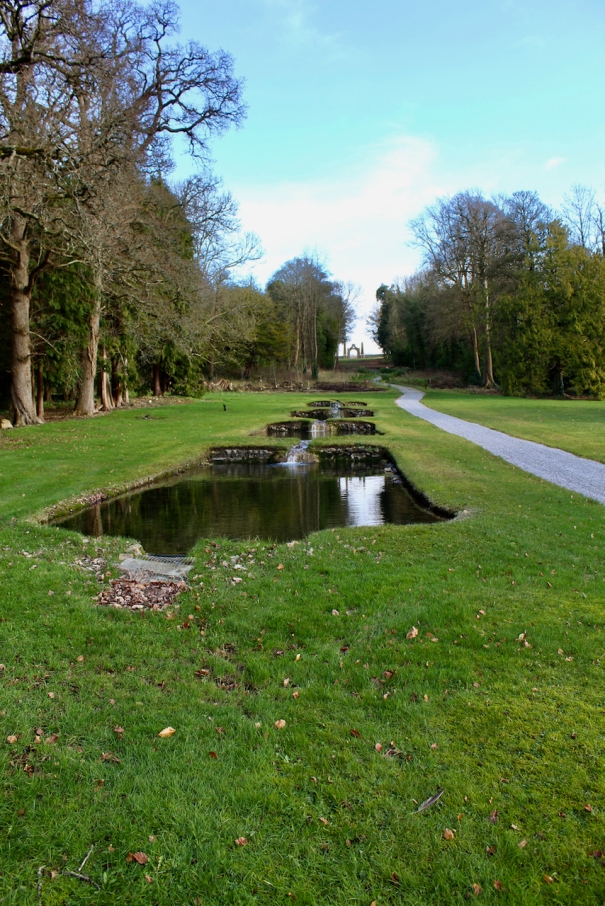
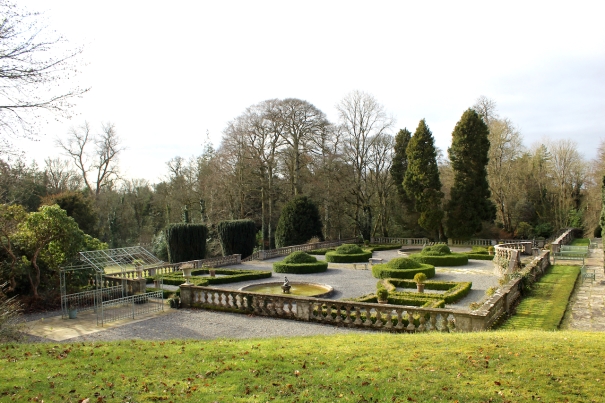
The Historic Houses of Ireland website continues: “Gloster was sold in 1958 and became a convent and nursing home, with a new school complex built on the site of the former stables. The school closed shortly after 1990 and the house fell into considerable disrepair. Happily Tom and Mary Alexander purchased the house and have carried out a thorough and sympathetic restoration.
Famous visitors to Gloster include John Wesley, who preached here in 1749, while the famous Australian “diva” Dame Nellie Melba sang from the gallery in the upper hall early in the 20th century.” [6]
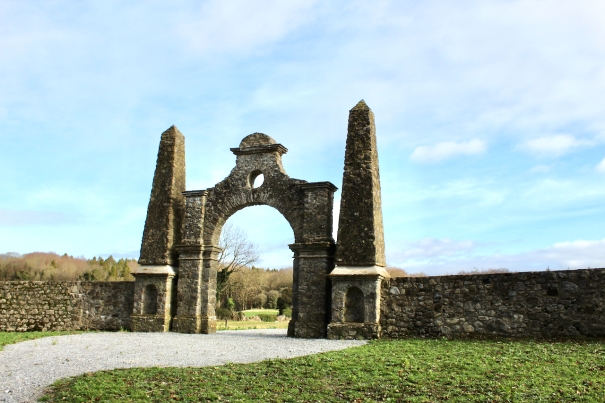
The Gloster website tells us: “The interiors of Gloster House, some with elaborate plaster panelling to the walls and others with timber mouldings, appear to be early-to-mid-eighteenth century. However work could have been carried out to the house during the nineteenth and early-twentieth century, successively by Hardress Lloyd (d.1860), his son John Lloyd (d.1883) and his grandson Brigadier-General John Hardress Lloyd (d.1952).“
John (c. 1753-1811) was a son of Trevor Lloyd and Henrietta Waller. He married Jane Le Hunt (d. 1822), daughter of Thomas Le Hunt, of Artramon, County Wexford. The website tells us that throughout the nineteenth century Lloyd successors perpetuated at Gloster, variously as MPs (Members of Parliament), JPs (Justices of the Peace) and in the military.
John and Jane’s daughter Alice (d. 1867) married Laurence Parsons (1758-1841) 2nd Earl of Rosse of Birr Castle. Her sister Harriet married Reverend Henry King of Ballylin County Offaly (now gone but gates remain).
John and Jane’s son Hardress Lloyd (d.1860) was for some years Lieutenant-Colonel of South Down Militia and MP for King’s County (County Offaly) 1807-16. Colonel Lloyd died unmarried but had a son, John Lloyd (d. 1883). John married Susanna Frances Julia (1850-1886), second daughter of John Thomas Rossborough Colclough of Tintern Abbey, County Wexford (see my entry about OPW properties in County Wexford), in 1872, and they had many children. John was Deputy Lieutenant and High Sheriff of King’s County in 1866.
Their son Brigadier-General John Hardress Lloyd, a distinguished World War I general, married Adeline Wilson, an Australian heiress, in 1903. They met in India, where she was sent to meet a husband. The website tells us that this marriage injected substantial financial benefits into the estate which resulted in a certain degree of internal remodelling of the house and a major enhancement of the gardens.
Adeline died in 1933, the General in 1952. As they had no children the estate devolved to their nephew Major Evan Talbot Trevor Lloyd (1919-1964). He was the son of John and Susanna Frances Julia’s son Evan Colclough Lloyd (1877-1945).
Evan Talbot Trevor Lloyd sold the house to the nuns in 1958. The Lloyds are buried at Ettagh cemetery and a fine monument stands there as a reminder of their legacy.
8. High Street House, High Street, Tullamore, Co. Offaly, R35 T189
Open dates in 2024: Jan 4-31, Mon -Fri, May 2-19, Aug 17-25, Sept 1-24, 9.30am-1.30pm
Fee: adult €7, student/OAP €6, child €3
9. Leap Castle, County Offaly
https://www.visitoffaly.ie/Things-to-do/Culture-Heritage/Leap-Castle/
“Sean Ryan of Leap Castle, insisted that he doesn’t fabricate when telling the story of what he and his wife see and hear at their home. Where most would refer to these apparitions as ghosts, Sean prefers to call them spirits. He describes the regular visions as people with a haze around them. Sometimes there is a lot of activity; other times less so. The sounds they hear are footsteps, doors opening and closing and crowds talking. However, on occasions that he has gone in the direction of the noise, nothing is apparent there, with the location of the spirits always out of reach. There is spirit, though, a lady, who touches off people. A lot of guests to the castle have also felt her presence. The remarkable thing Sean told us was that this experience never seems to alarm his guests, rather they always remain very calm, something that surprises them! Sean doesn’t regard his home as haunted and, as far as he is concerned, the spirits he sees and hears have as much right to live there as he does. Sean is happy to continue to live alongside them as he has done since 1994, when restoration on the castle began.“

The Leap Castle website gives us more information: http://leapcastle.net
Built in the early 1500’s under the supervision of the powerful and warring O’Carroll clan, Leap Castle has been the centre of much bloodshed.

“The O’Carrolls were a fierce and brutal clan, continually struggling for power and supremacy. They were known to be particularly violent and cunning in the attempts for domination. John O’Carroll was thought to be the first Prince of Ely who lived at Leap Castle. It is very probable that it was he who was responsible for the construction of the earliest sections of Leap Castle. John O’Carroll died at Leap Castle, suffering from the plague. John O’Carroll was succeeded by his son named Mulrony O’Carroll.
Mulrony O’Carroll was renowned for his strength, bravery and valour and was considered a great leader. The Great Mulrony as he was known died (most likely) at Leap in 1532 after a rulership of forty two years. Mulrony was succeeded by his son Fearganhainm.“
The website continues with the history of one brother after another killing each other for supremacy.
The website tells us:
“In 1629 John O’Carroll, nephew of Charles O’Carroll was given the official ownership of the Leap Estate. The year 1649 the property of Leap Castle was handed over to the first of the Darby line, Jonathon. He was a soldier of the Cromwellian forces and was handed the property and land in lieu of pay.
“1664 saw the property handed back to John O’Carroll due to his continued loyalty to Charles the 1st. This arrangement was unfortunately reversed in 1667 due to the differing views of Charles the 2nd. The Leap Castle was once again back in the hands of the Darbys.“
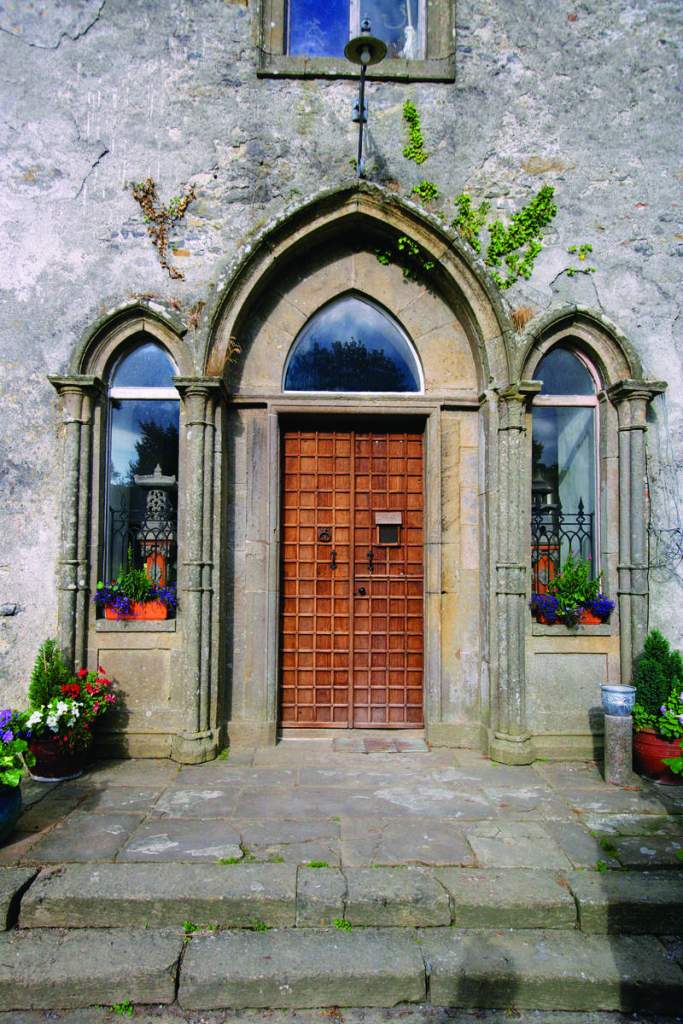
“Jonathon Darby the 2nd, a Cromwellian soldier obtained Leap Castle in 1649. This was lieu of payment for his services. Jonathon and his wife Deborah had a son also named Jonathon.“
The estate was passed through a line of Jonathan Darbys.

“Jonathon Darby the 5th maintained the Leap Estate until his death in 1802. As Jonathon fathered no male children, Leap Castle was passed on to his younger brother Henry.
“Henry d’Esterre Darby, born in 1750 climbed through the Naval ranks to become Admiral Sir Henry d’Esterre Darby in 1799. Henry died in 1823 bearing no children of his own. Upon Henry’s death, the Leap Castle estate was inherited by his brother John Darby.
“John Darby married Anne Vaughan and died in 1834. He was succeeded by their sons William Henry, Christopher, George, Susan, Jonathon, Horatio d’Esterre, John Nelson and Sarah Darby.
“William Henry Darby inherited Leap Castle died in 1880. His eldest son had died in 1872 aged 45 so the Leap Estate was passed on to his grandson Jonathon Charles Darby.
“Jonathon married Mildred Dill aka Mildred Darby in 1889.“
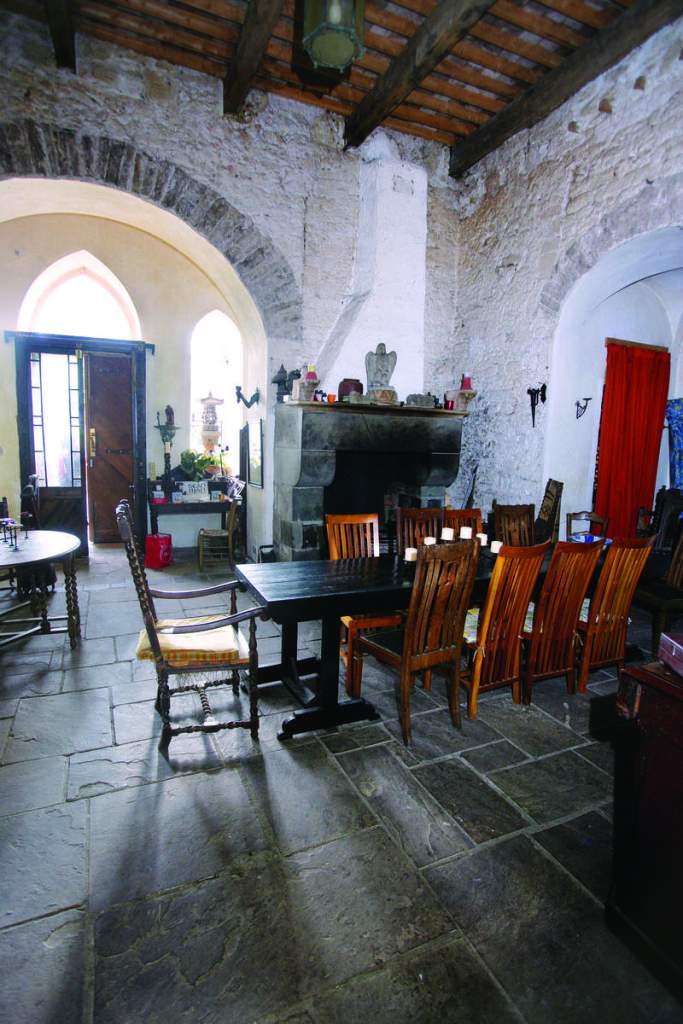
“In the early hours of Sunday morning, 30 July 1922 a party of eleven raiders set fire to the Leap totally destroying the North and larger wing and its valuable contents. Giving evidence in the claims court Richard Dawkins said that on 30 July 1922, he was living in the Castle as caretaker with his wife and baby. They were the only persons in the castle that night. Richard Dawkins stated that at 2.20am there was a knock on the door. He opened the window, put out his head, and saw men outside who stated that they wanted a night’s lodging. They ordered him to open the door. He went down and opened the door and was subsequently held at gunpoint. The raiders then stated that they were going to burn the castle. Dawkins asked for time to get his wife and child out and was given twenty minutes to do so. The raiders then went into the castle and poured petrol over the rooms, and set them on fire. They kept the family outside from 2.30am to 5.00am. Each of the men had a tin of petrol, and all were armed. Some had trench coats and other had bandoleers over their civilian clothes. The men broke furniture before setting the castle on fire.…
“In a newspaper report Jonathan Darby said that it looked as if there were explosives used in the destruction of the castle he had found some dynamite in the cellar where the raiders got so drunk they could not explode it. He said that it was the locals who burned the castle.”
– Noel Guerin

10. Loughton, Moneygall, Birr, Co. Offaly E53 WK16
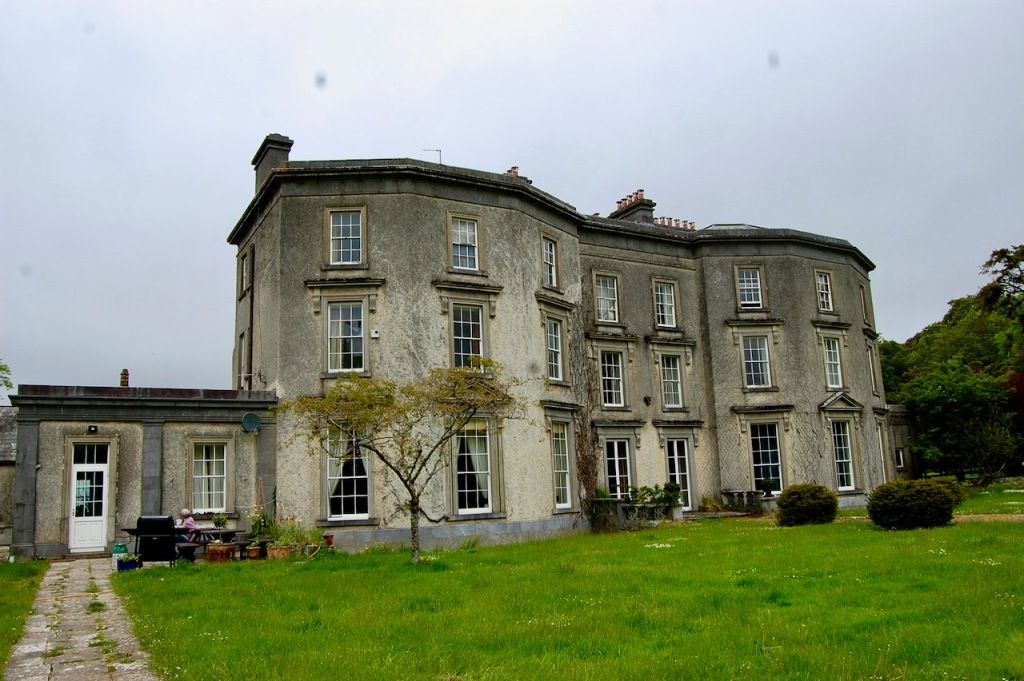
See my entry:
https://irishhistorichouses.com/2020/11/01/loughton-house-moneygall-county-offaly/
www.loughtonhouse.com
Open dates in 2024: May 1-4, 7-11, 14-18, 21-25, 28-31, June 4-8, 11-15, 18-22, 25-29, Aug 1-3, 6-10, 13-25, 11am-3pm
Fee: adult €10, OAP €7, student €5, child free for school children, family of four €20
14. Springfield House, Mount Lucas, Daingean, Tullamore, Co. Offaly R35 NF89

Open dates in 2024: Feb 24-25, May 20-27, June 7-9, 14-16, 21-23, 28-30, July 6-7, Aug 15-31, Sept 1, Oct 26-31, Nov 1-3, 28-30, Dec 1, 27-31, 2pm-6pm
Fee: Free
See my entry https://irishhistorichouses.com/2022/06/01/springfield-house-mount-lucas-daingean-tullamore-co-offaly/
Places to stay, County Offaly
1. Ballynacard House, Birr, County Offaly €
The airbnb entry tells us:
“We look forward to welcoming you to Ballincard House! Take a step back in time and enjoy the charm of your private apartment located on the second floor of our 19th Century Georgian home. If desired, we are delighted to guide you through the house and share with you almost 200 years of our home’s rich history. Roam freely through our 120 acres of gardens, farmland and woodlands, or enjoy a guided tour of our grounds and learn of present day efforts to transform our land into a nature reserve.
The space:
Access to the apartment is through the main house.
The apartment has a large bedroom with a king sized and single bed with an en suite bathroom
The living room has an open fire (firewood provided) which will be lit in advance of your arrival if requested. There is also a table which can be used as a dining table or desk. There is a sofa bed which sleeps 2 people.
The kitchen has all appliances and kitchenware needed to cook breakfast, lunch or dinner. Tea, coffee and some basic cooking ingredients (milk, bread, salt, pepper, spices, cooking oil) are provided
IMPORTANT: For groups staying, we’d like to note that the bathroom is an ensuite off of the bedroom in the apartment. All guests will need to pass through the bedroom to use the bathroom.
The bathroom has a shower (there is not a bath tub).”
2. Kinnitty Castle (formerly Castle Bernard), Kinnity, County Offaly
https://www.kinnittycastlehotel.com/index.html
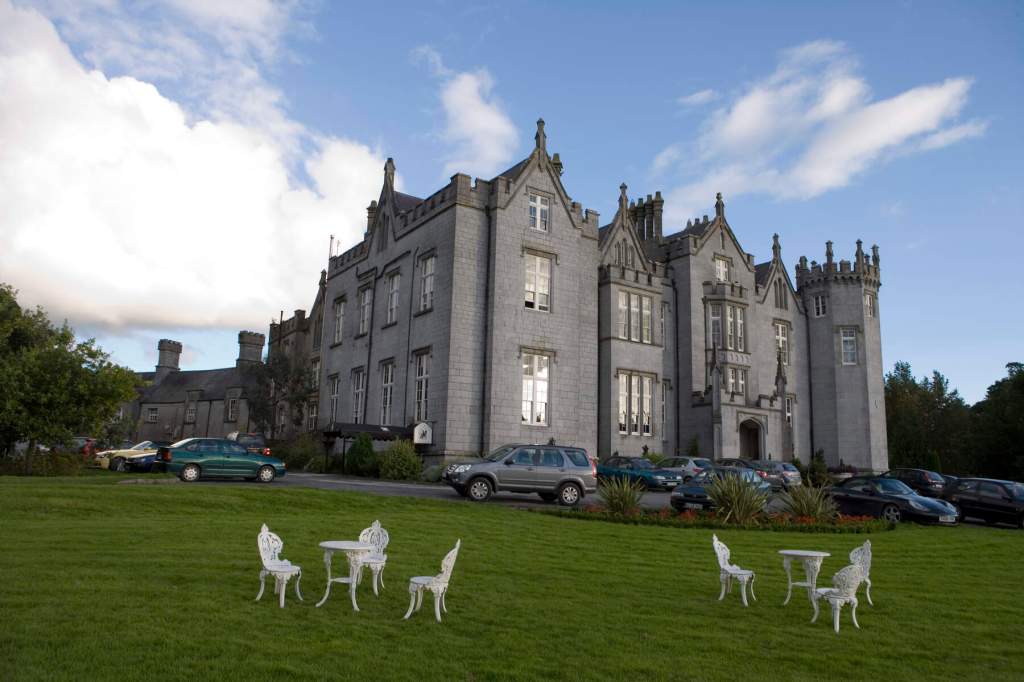
We treated ourselves to a stay in Kinnitty Castle in February 2023. It is now a hotel.
Mark Bence-Jones writes in his 1988 book of Kinnitty Castle, formerly named Castle Bernard: p. 62. [Castle Bernard]: “[Bernard 1912; De la Poer Beresford, Decies] A Tudor-Revival castle of 1833 by James and George Pain. Impressive entrance front with gables, oriels and tracery windows and an octagonal corner tower with battlements and crockets; all in smooth ashlar. Subsequently the home of 6th Lord Decies [Arthur George Marcus Douglas De La Poer Beresford (1915-1992)], by whom it was sold ca. 1950. Now a forestry centre [at the time Mark Bence-Jones wrote this].”
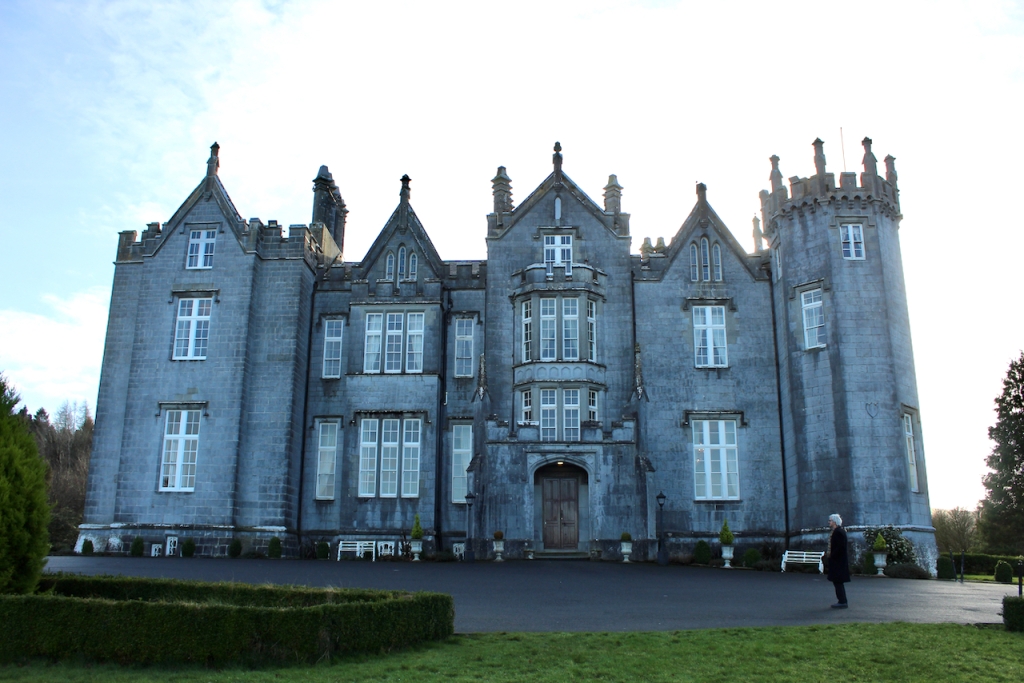

James and George Pain were architects of Mitchellstown Castle, unfortunately no longer existing.
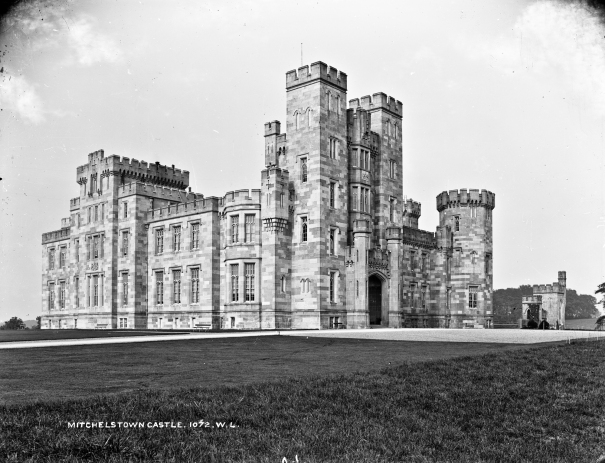
The website used to include a history, which told us:
“The present building was originally built by William O’Carroll on the site of the old Abbey in 1630. The English Forces, as part of the plantation of Offaly, or “Kings County” as it was renamed, confiscated this in 1641. In 1663 Colonel Thomas Winter was granted 2,624 acres by King Charles II for military services rendered.
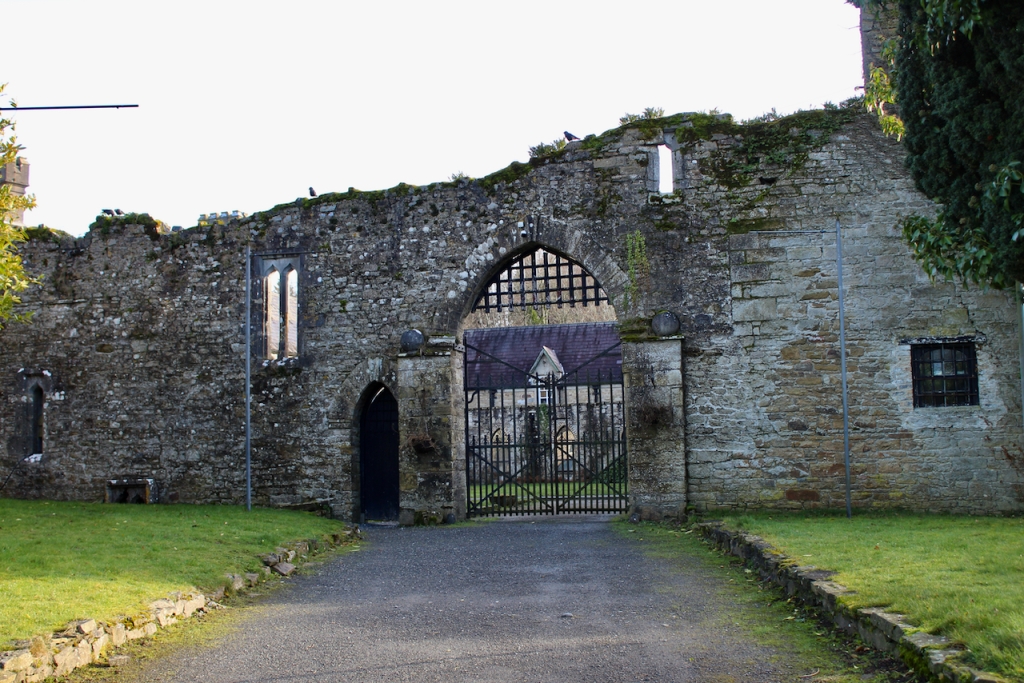
There is a ninth or tenth-century high cross in front of the hotel.
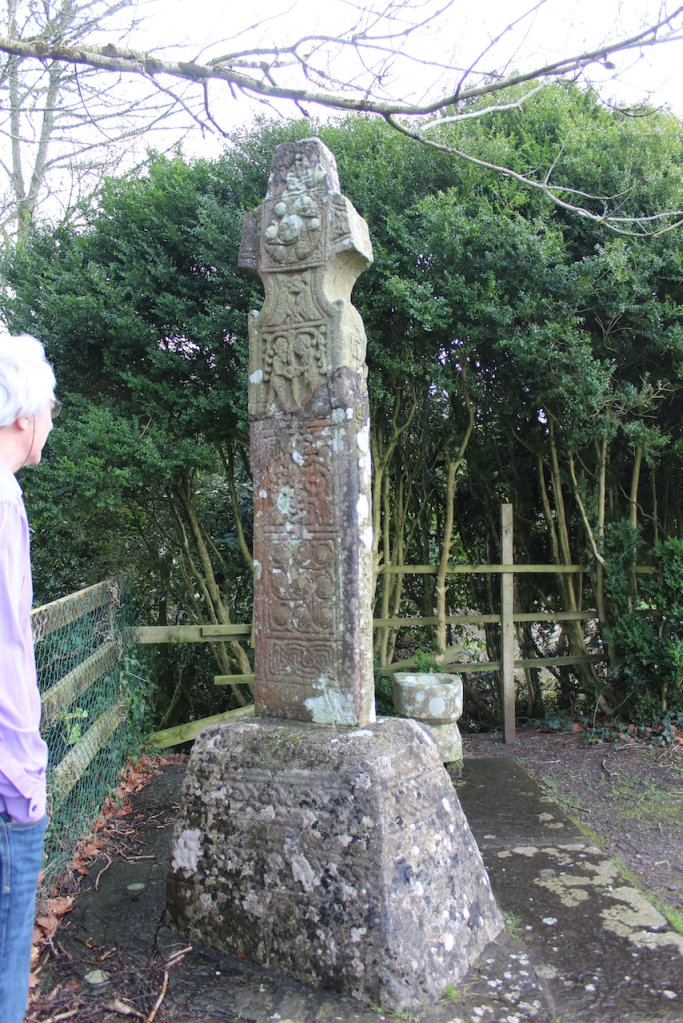
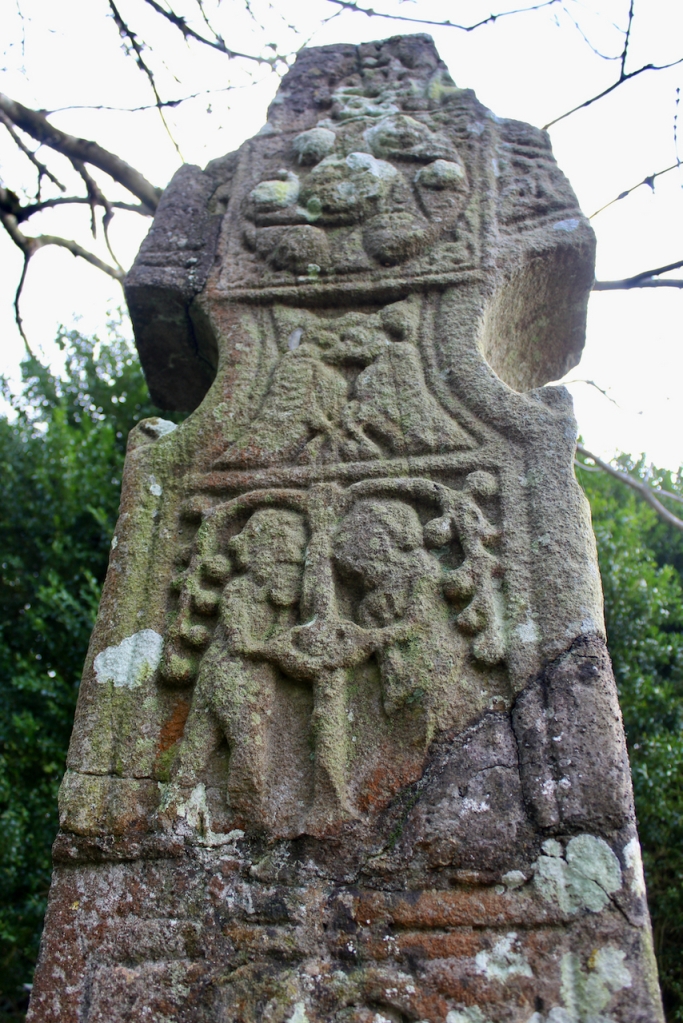
The website continues: “The Winter family sold the building in 1764 to the Bernards of County Carlow. This building was reconstructed as a castellated mansion in 1811 by the famous Pain Brothers at the commission of Lady Catherine [Hely] Hutchinson [d. 1844, daughter of Francis Hely Hutchinson, MP for Naas, County Kildare], wife of Colonel Thomas Bernard [d. 1834].“
Andrew Tierney tells us in his The Buildings of Ireland Central Leinster that Franks Bernard (named after the surname “Franks”), a son of Charles Bernard of Bernard’s Grove, County Laois (now called Blandsfort), leased a small estate here in the early eighteenth century. Either he or his nephew Thomas (d. 1788) probably built the modest T-plan house that forms the core of the castle.
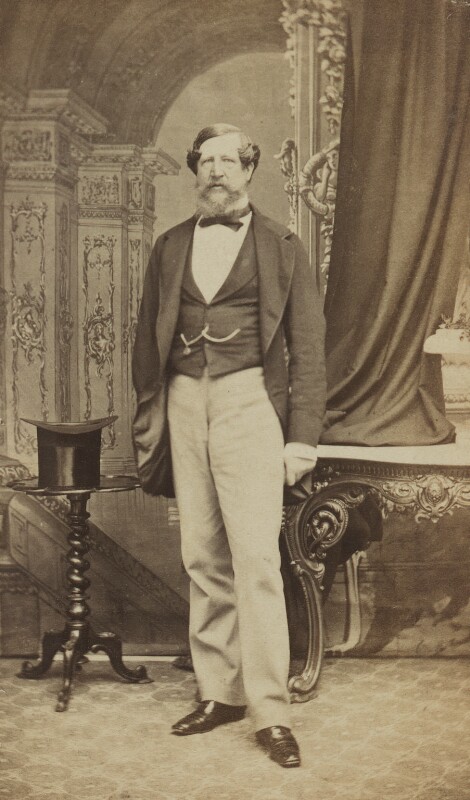
Before he married Catherine, Thomas Bernard (d. 1834), MP for County Offaly, married Elizabeth, daughter of Henry Prittie, 1st Baron Dunalley of Kilboy, County Tipperary. She died in 1802 and he married for a second time in 1814. He began building work on his house in 1833 but died the following year.

The National Inventory describes it:
“Ashlar limestone walls with castellated parapet, carved limestone plinth course and continuous string course to parapet. Battered walls to basement level. Square-headed window openings with tooled limestone and sandstone label mouldings, chamfered surrounds and punched limestone sills. Castellated box bay to second bay from north-east rising from basement level to first floor with chamfered stone mullions. Oriel window above entrance added at later date.”
Battered walls at basement are walls that slant outwards. This was a traditional building feature of castles, so that stones could be dropped from above and they would not fall straight down but hit the battered walls and bounce outwards to hit intruders.
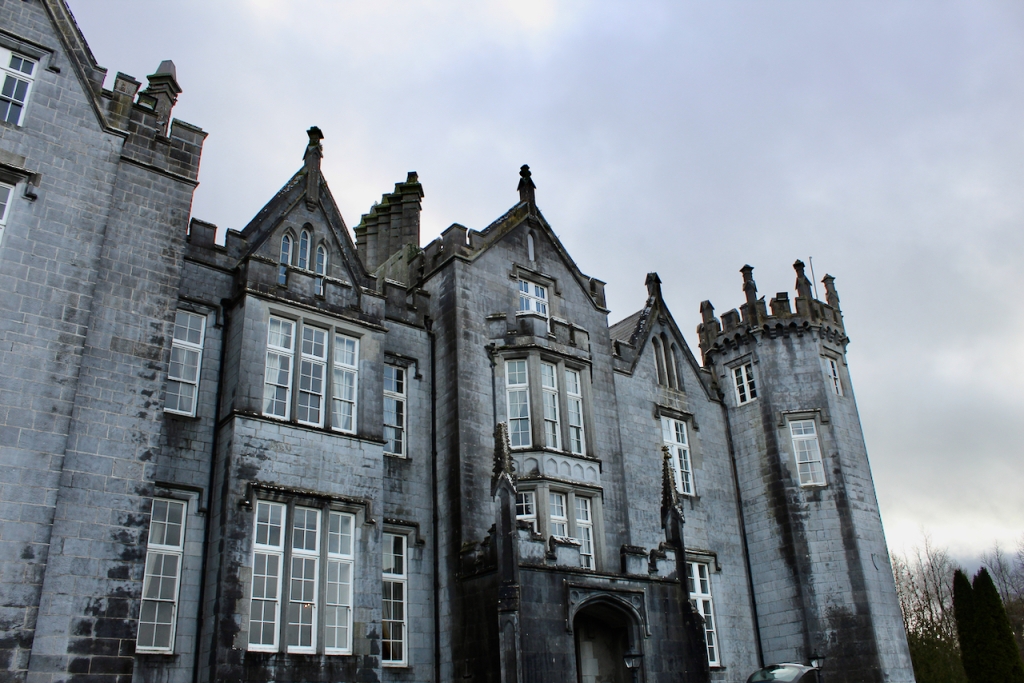
Mark Bence-Jones defines an oriel window as a large projecting window in Gothic, Tudor, Gothic-Revival and Tudor-Revival architecture; sometimes rising through two or more storeys, sometimes in an upper storey only and carried on corbelling. This particular window is not carried on corbels.
The National Inventory continues: “Single-storey castellated entrance porch with diagonal buttresses surmounted by pinnacles with crockets and finials. Tudor arched opening to porch with label moulding accessed rendered porch with ribbed ceiling, niches to side walls and tooled limestone bell surround and post box flanking door. Square-headed door opening with chamfered limestone surround and label moulding, sandstone threshold and timber double doors.“
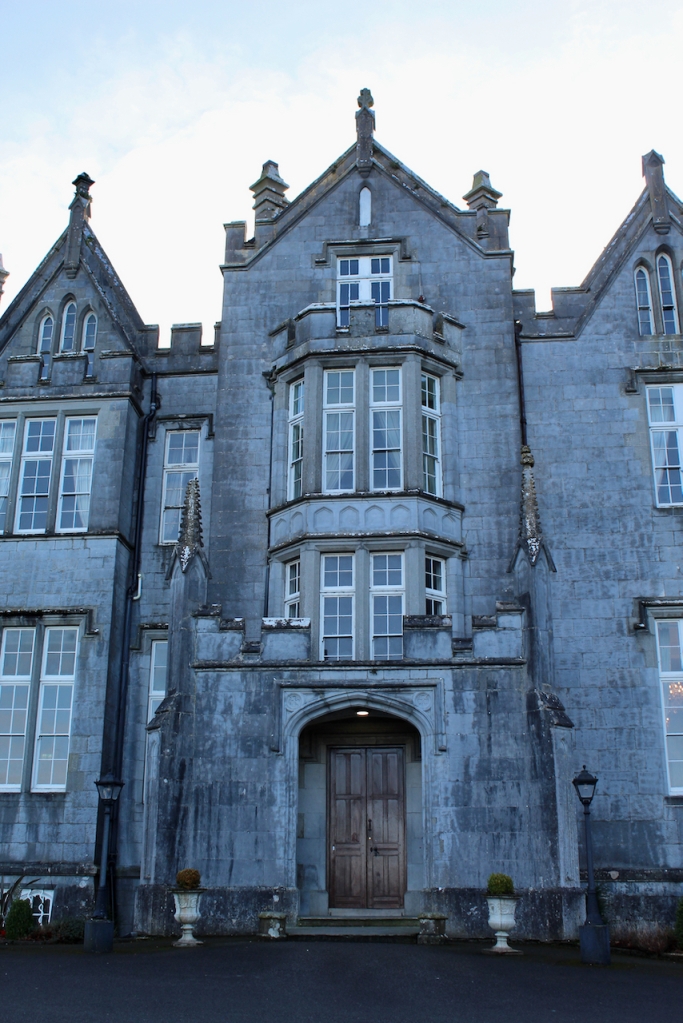
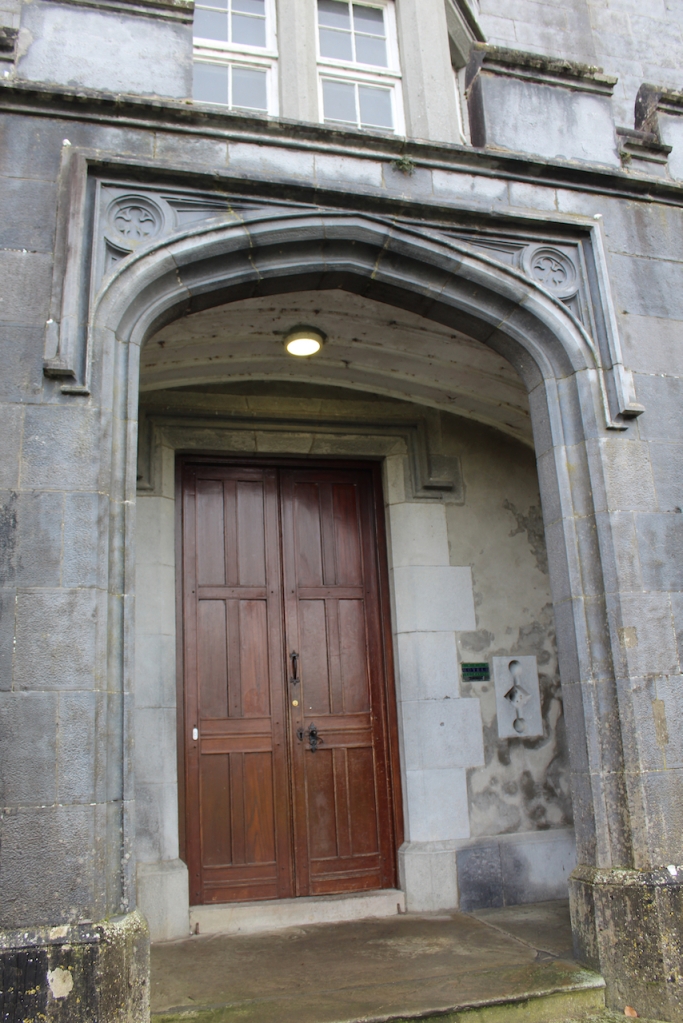
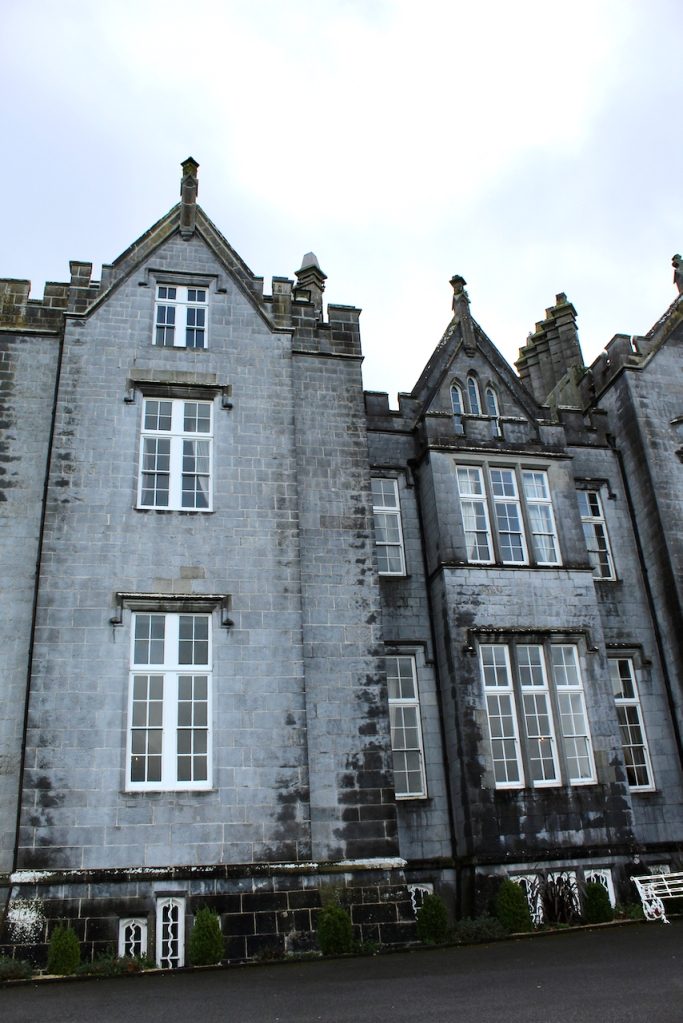

The website continues: “The building was burned in 1922 by Republican forces and rebuilt by means of a Government grant of £32,000 in 1927. The building became the property of Lord Decies in 1946. He in turn sold it and the estate to the Government of Ireland on 12th December 1951. The State used the castle as a Forestry Training centre from 1955 until it was purchased in 1994 and turned into a 37 bedroom luxurious hotel for all guests both locally and internationally to enjoy.“
The Buildings of Ireland Central Leinster book by Andrew Tierney tells us that the castle was rebuilt by Joseph John Bruntz. He was born in Dublin. The Dictionary of Irish Architects tells us that he was a pupil in his father’s office for four years and remained as an assistant for a further three years. After starting to practise independently as an architect circa 1915, he moved in 1917 or 1918 to Edenderry, Co. Offaly, where he set up an office. From 1922 he held the position of architect and civil engineer to the Co. Offaly Board of Health.
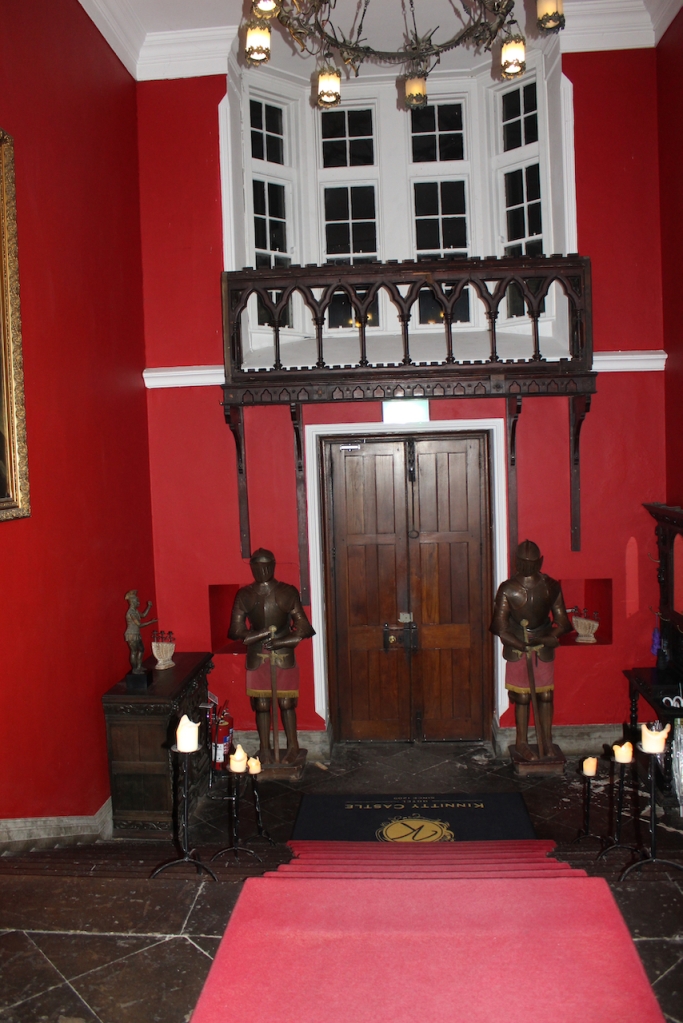

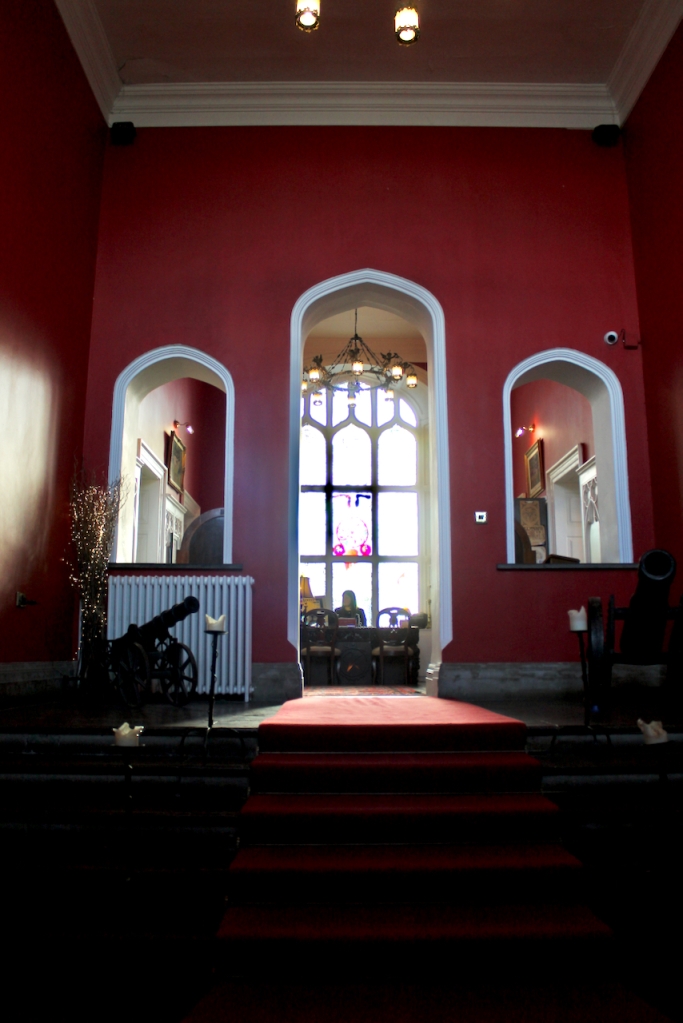


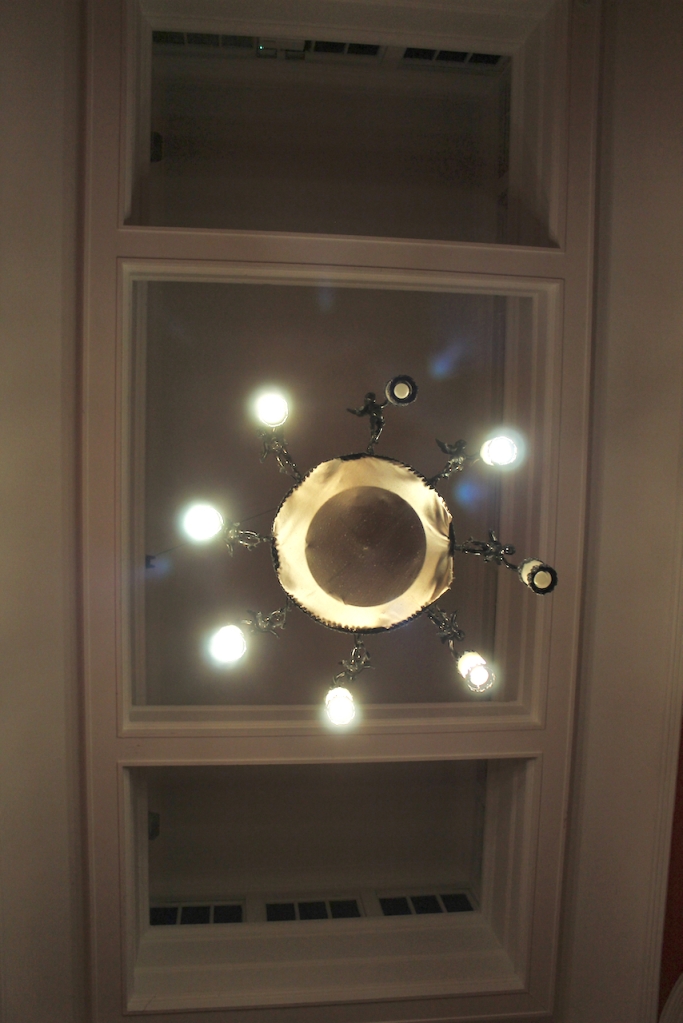
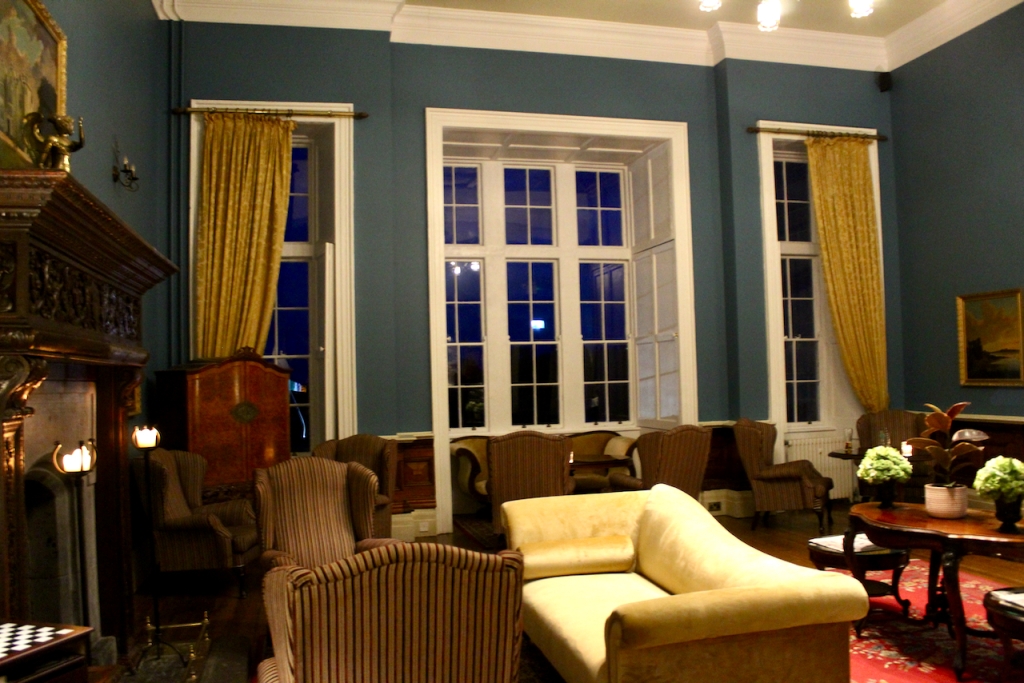

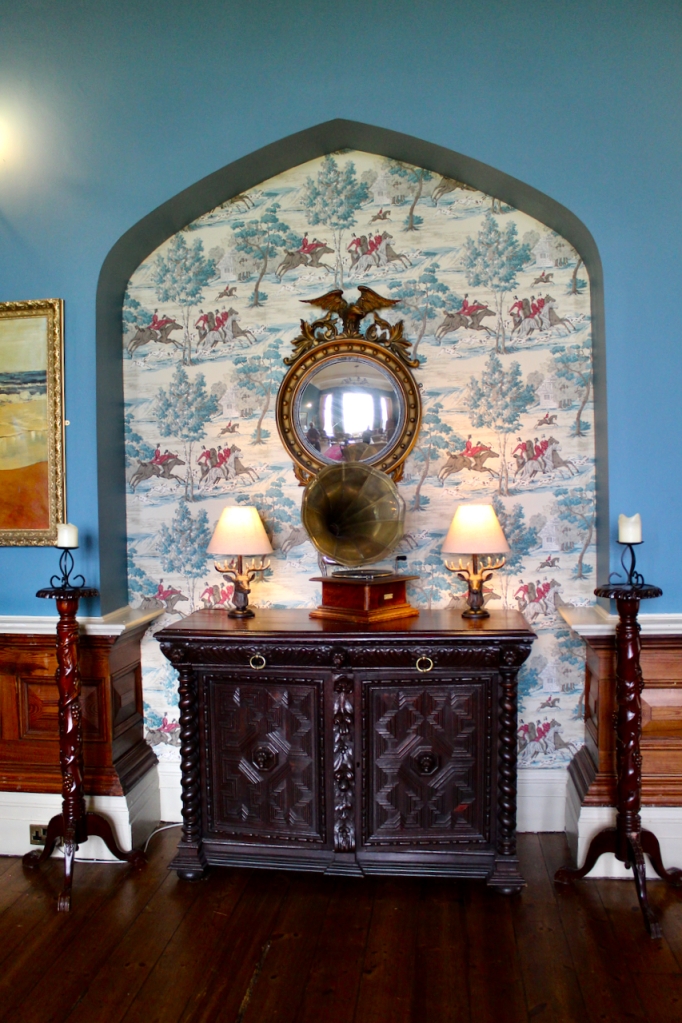
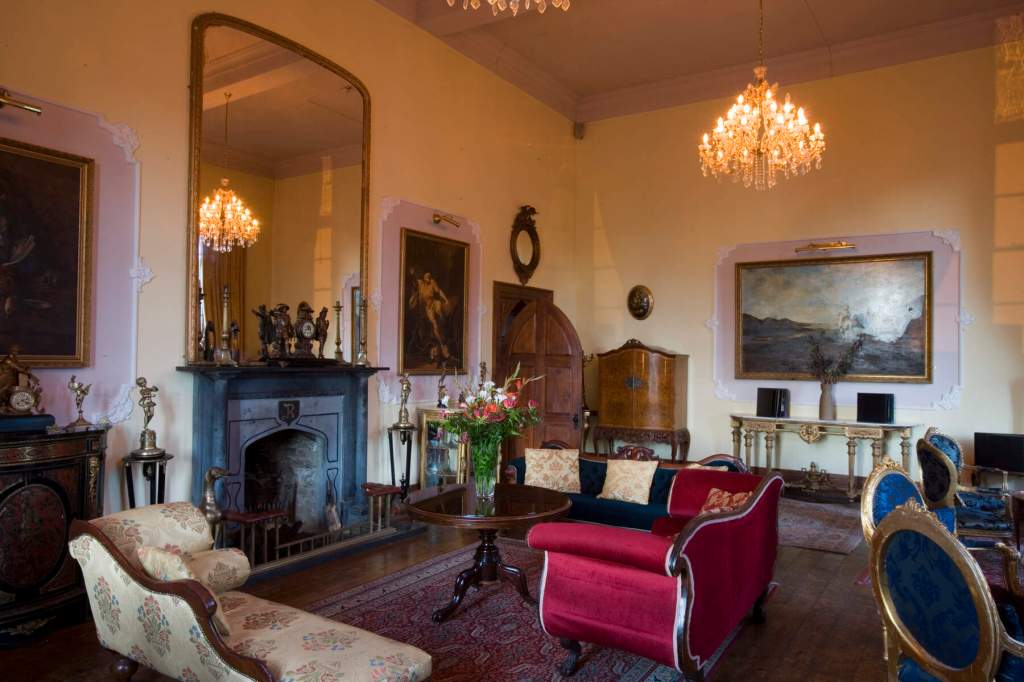
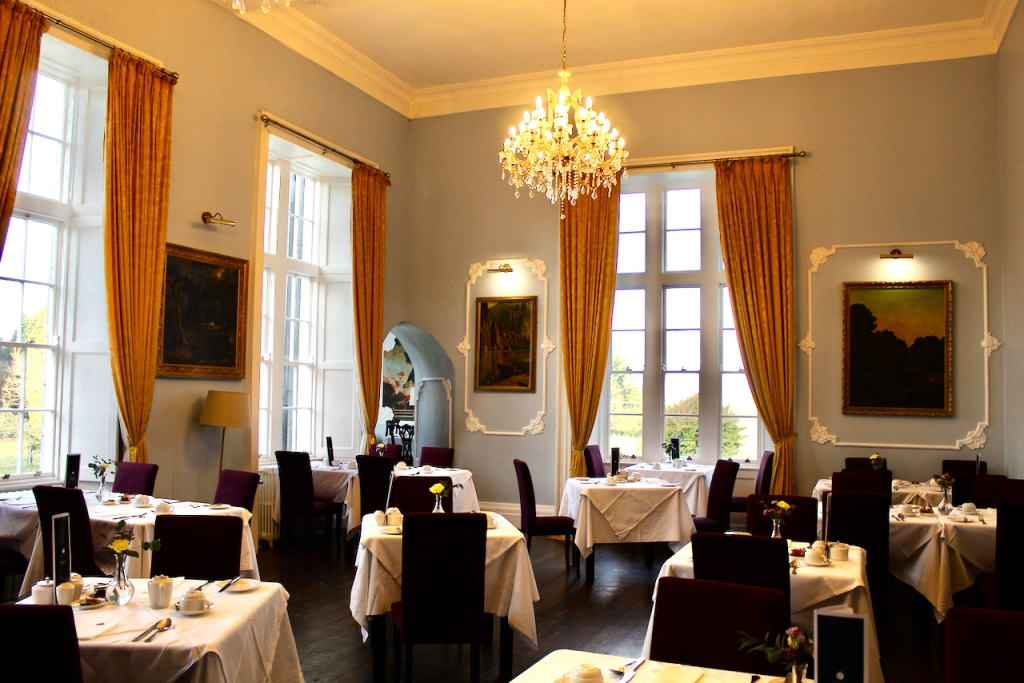
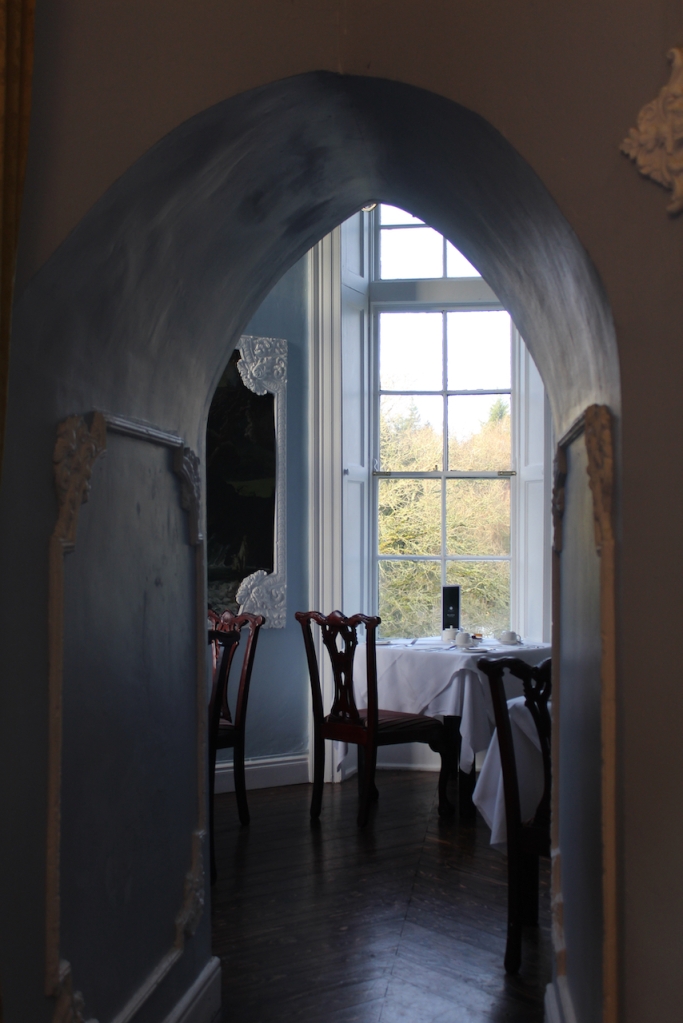


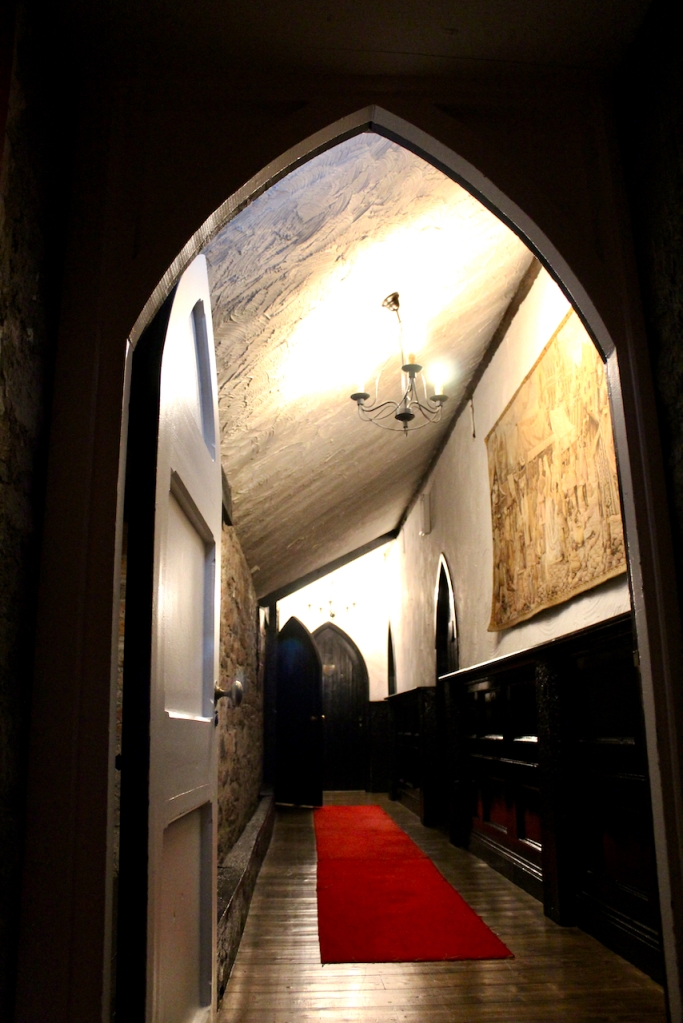
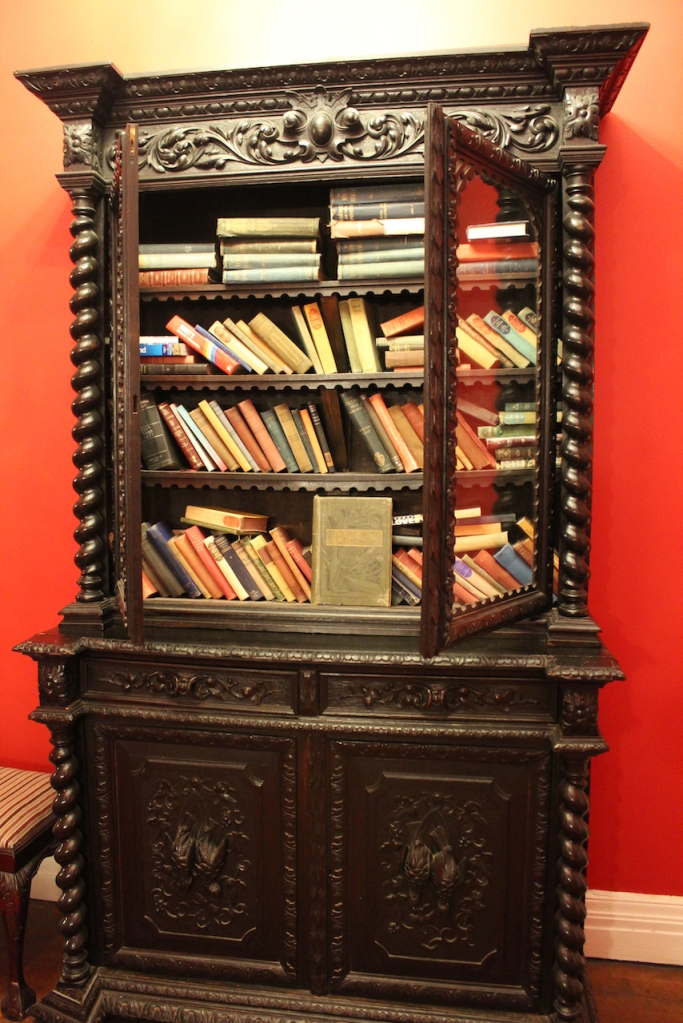
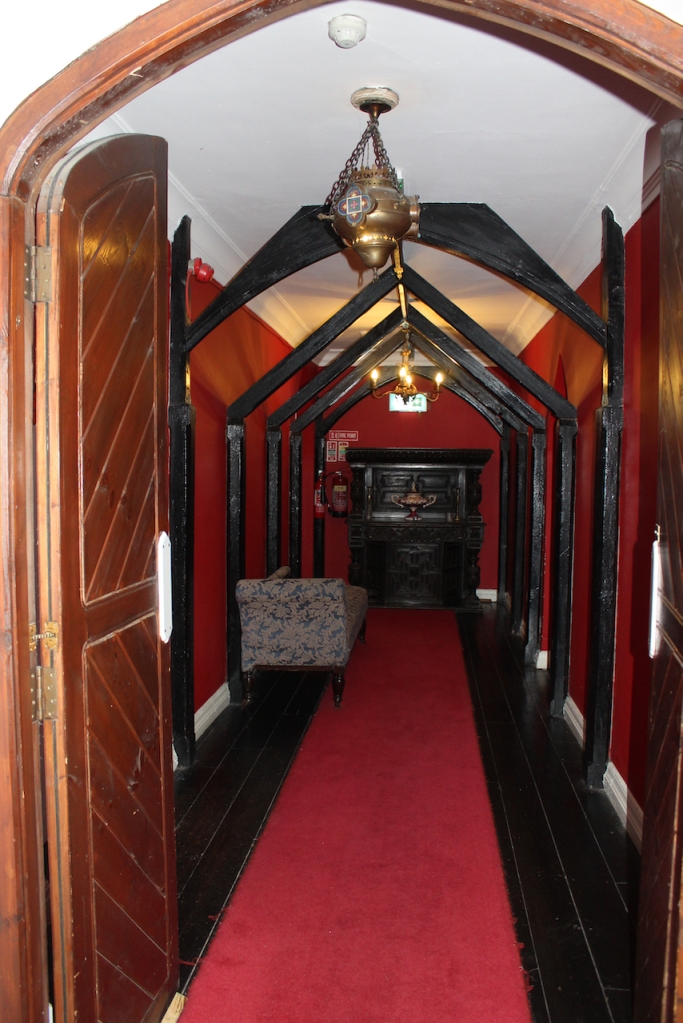
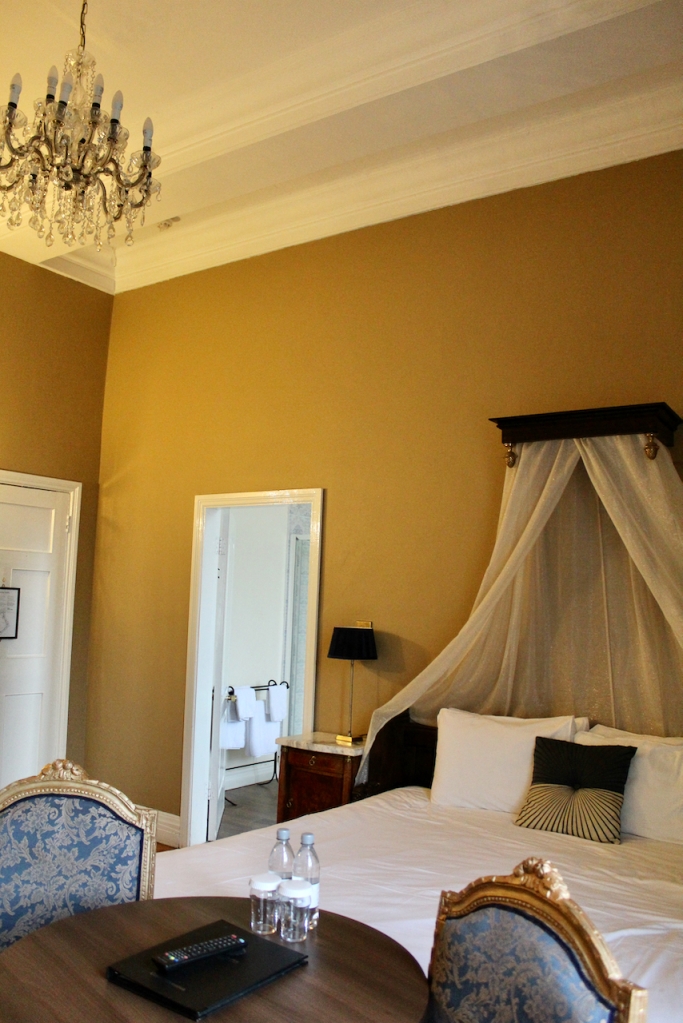
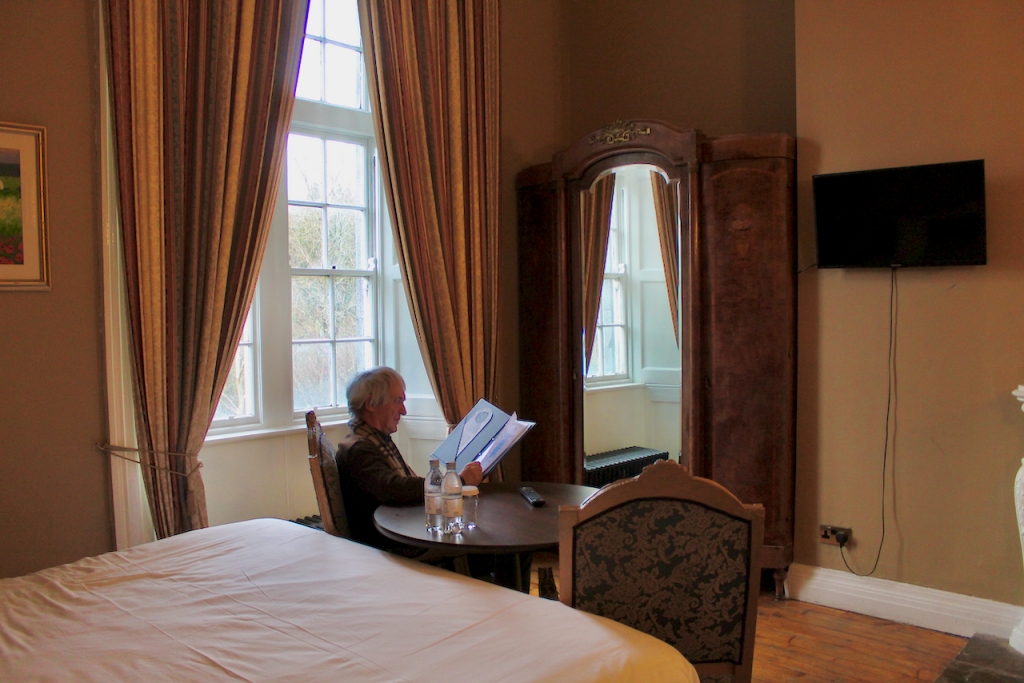
The Stable yard is in use as a banqueting hall, called the Great Hall of the O’Carrolls, and kitchens.
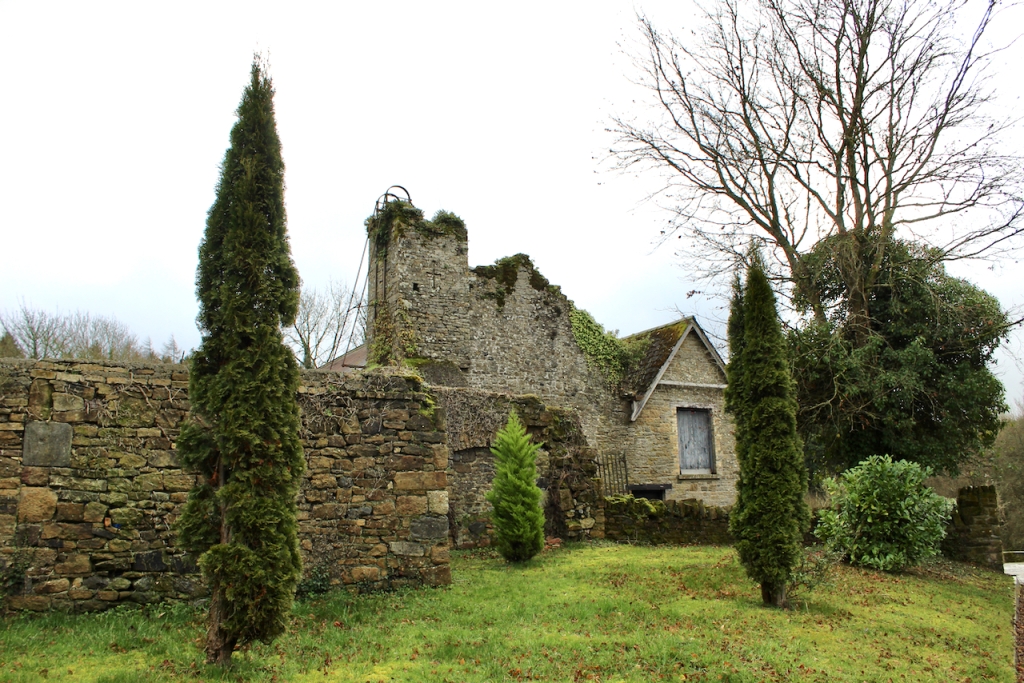

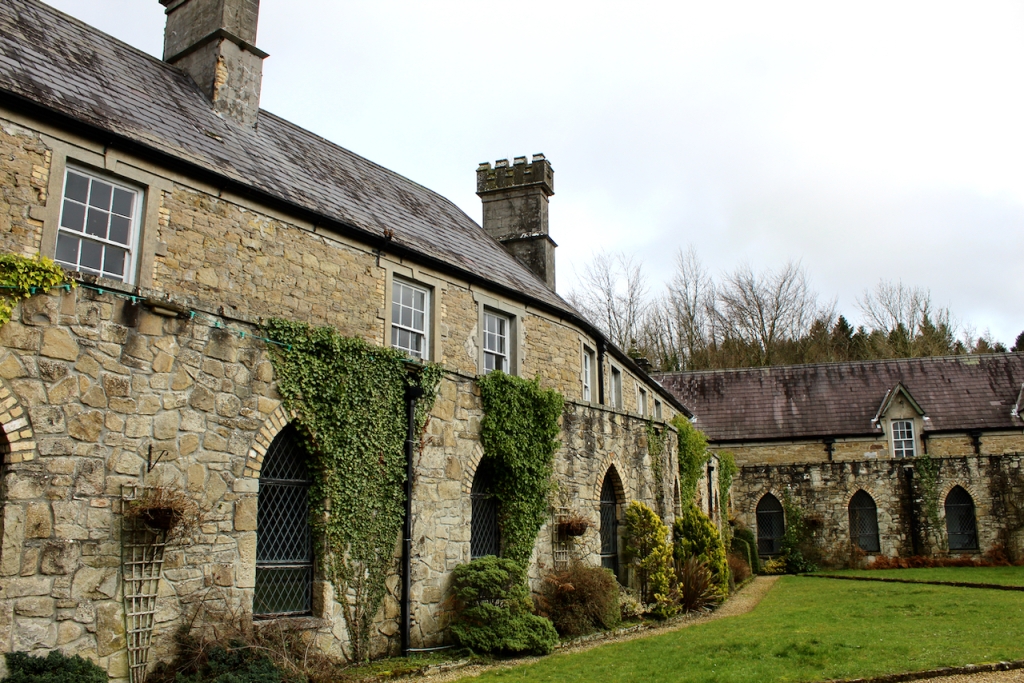
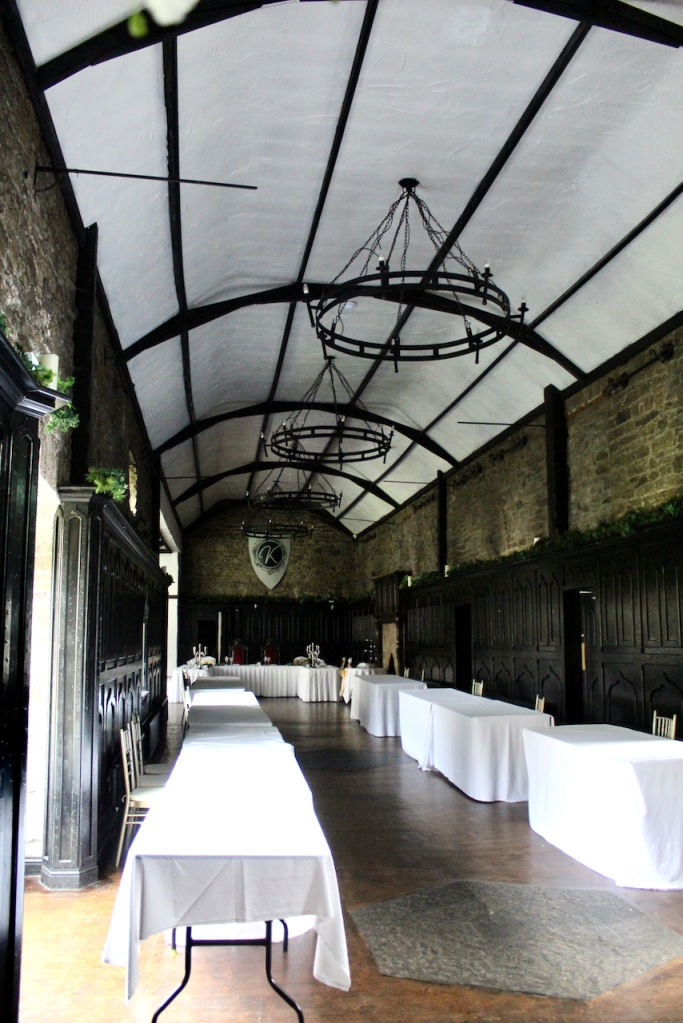
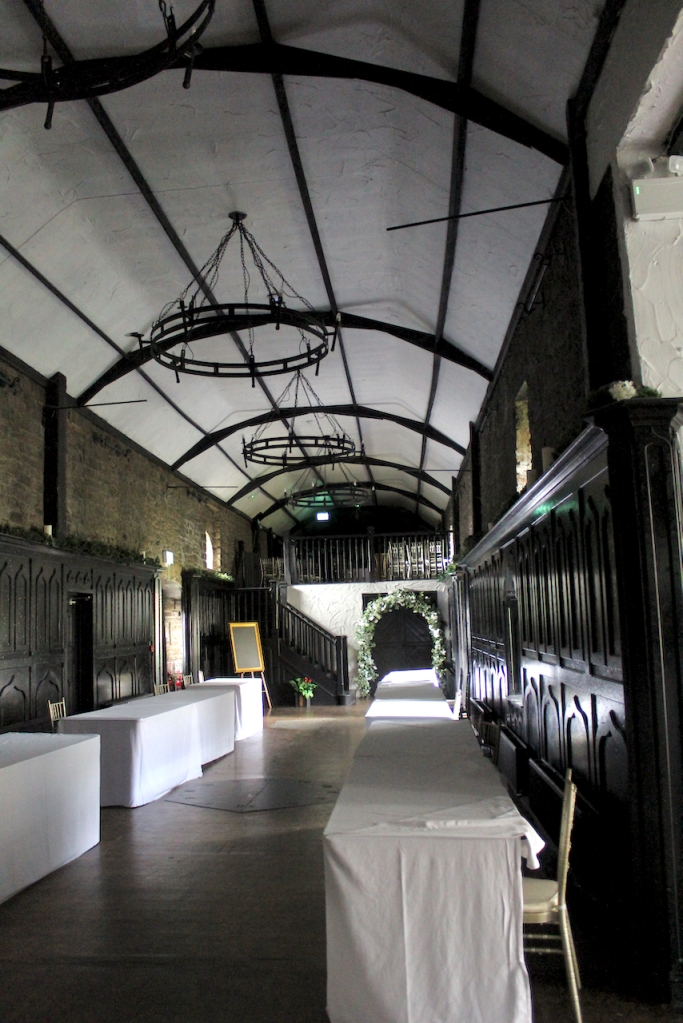

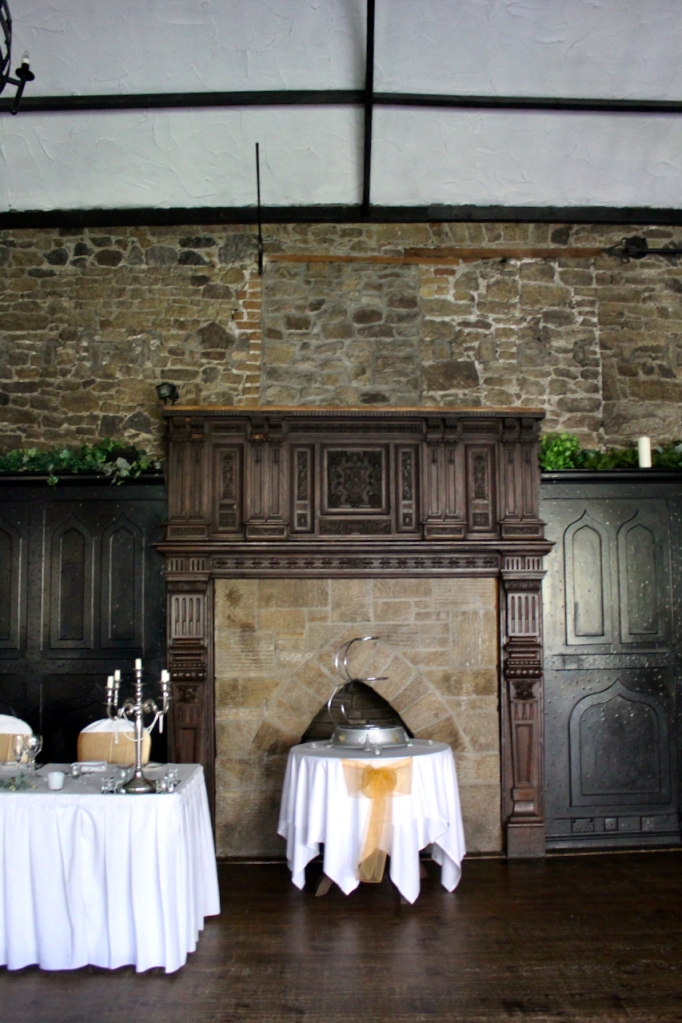
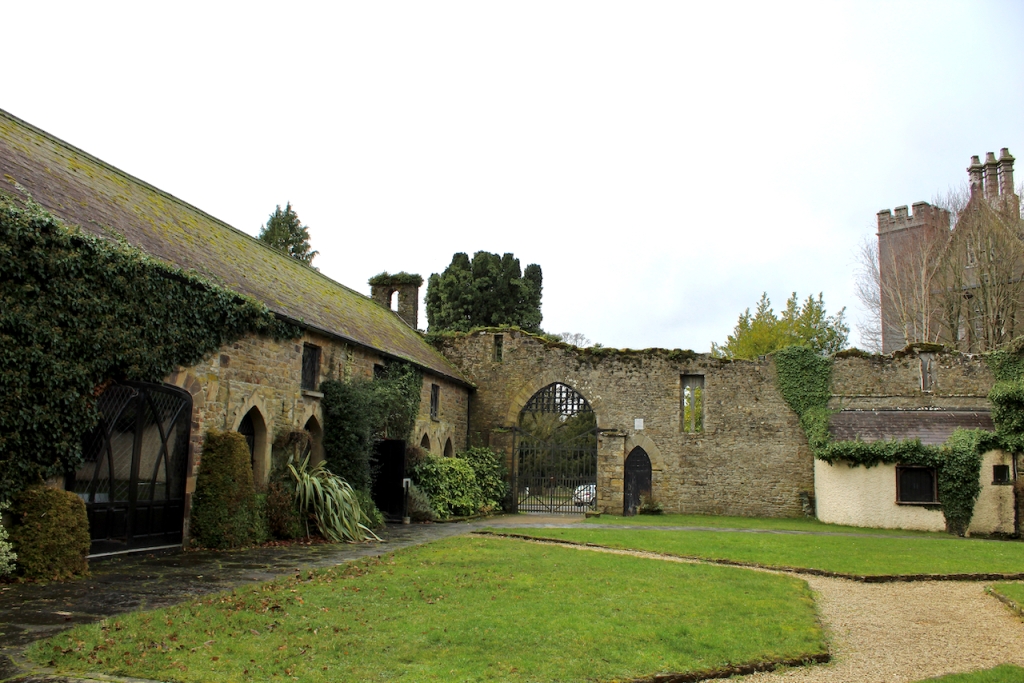
There’s a bar in the cellar of the hotel, called the Dungeon Bar.

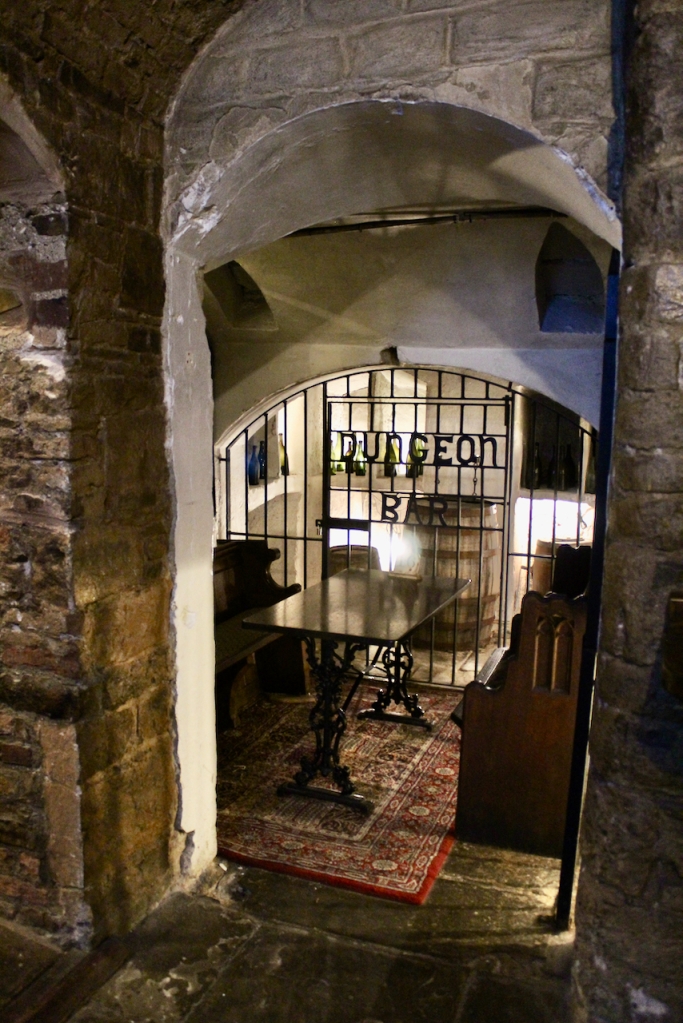




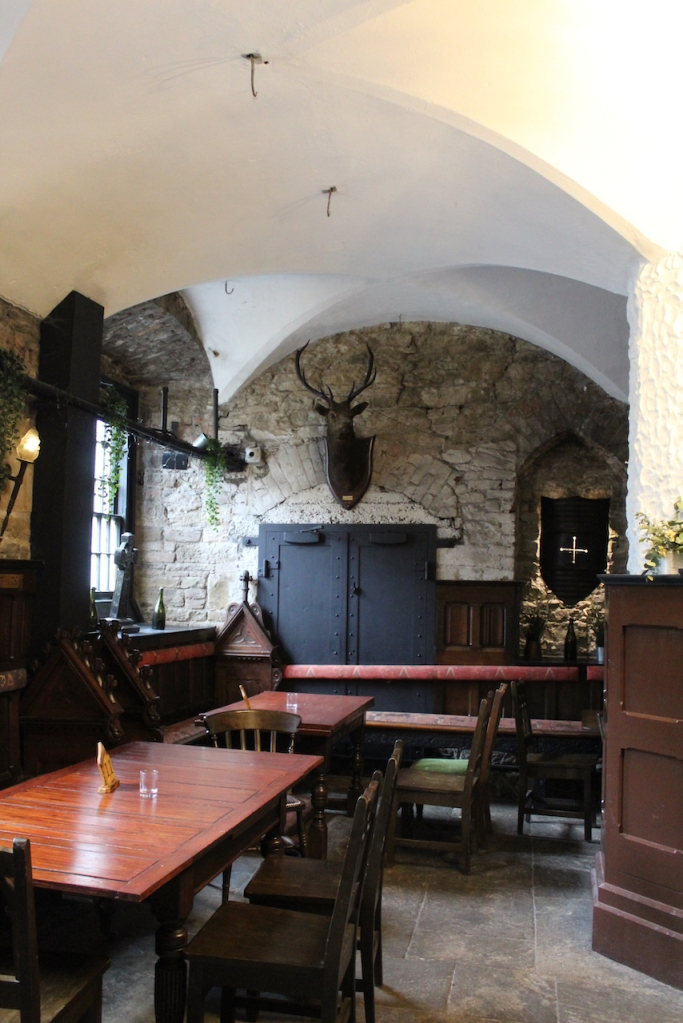
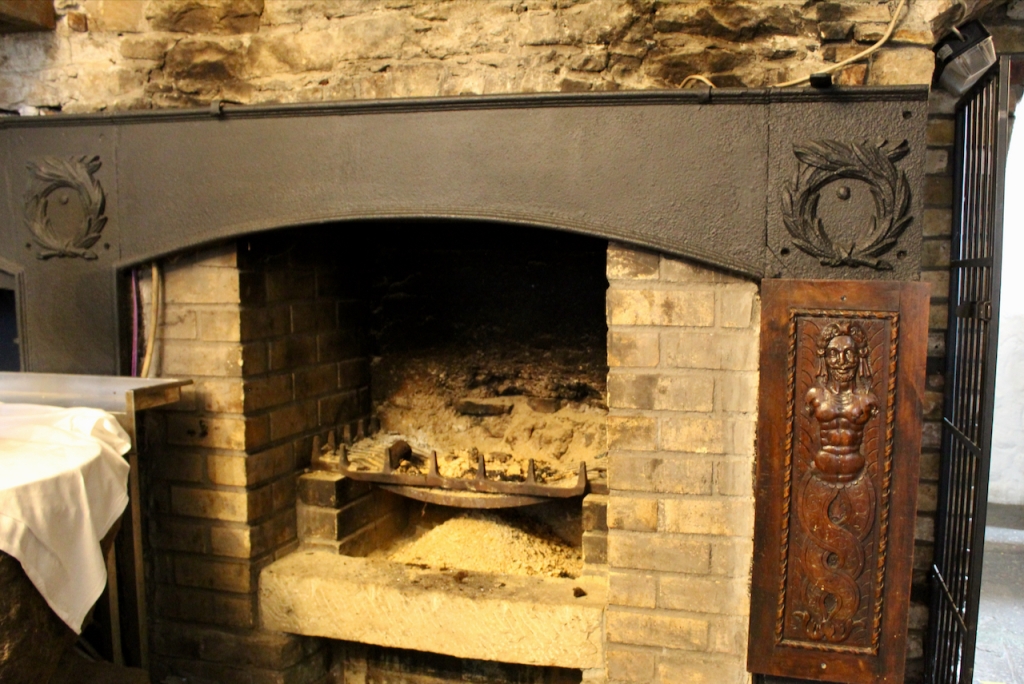
The River Camcor winds through the property.
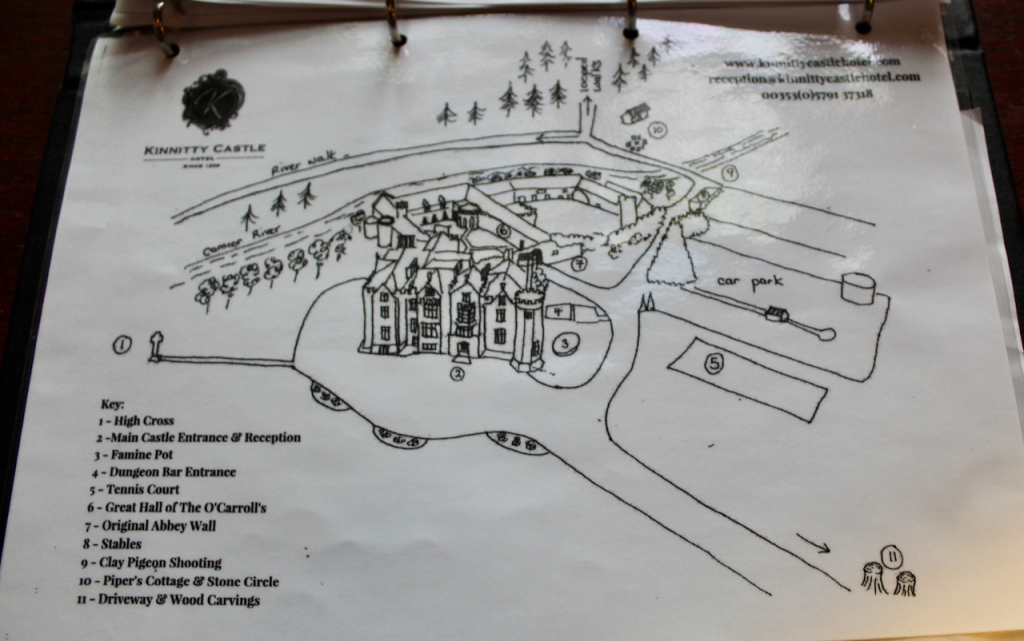
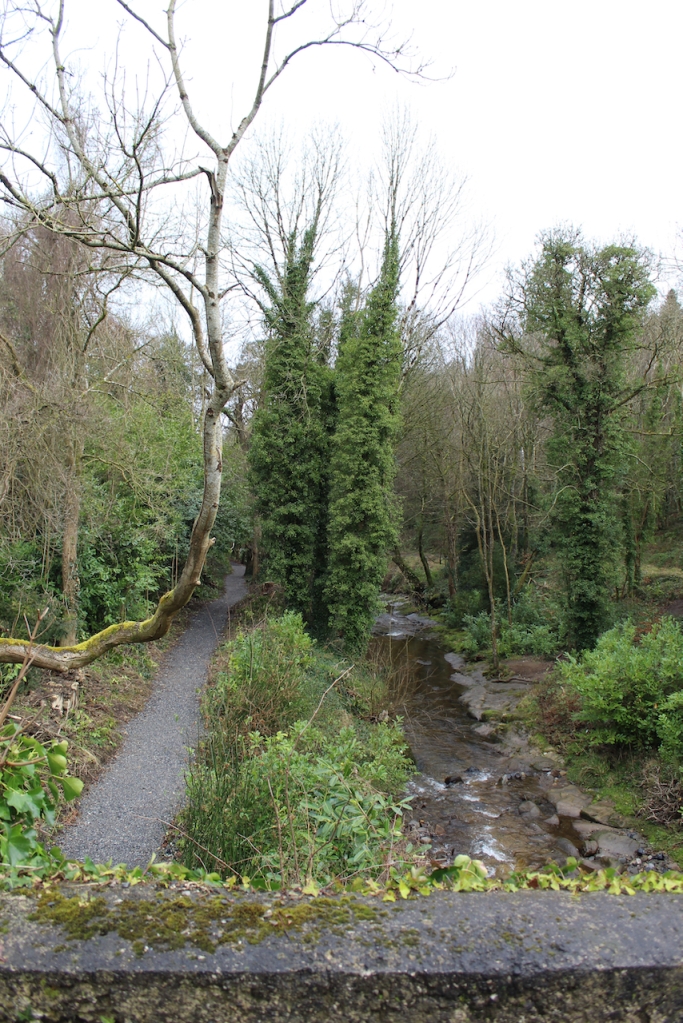

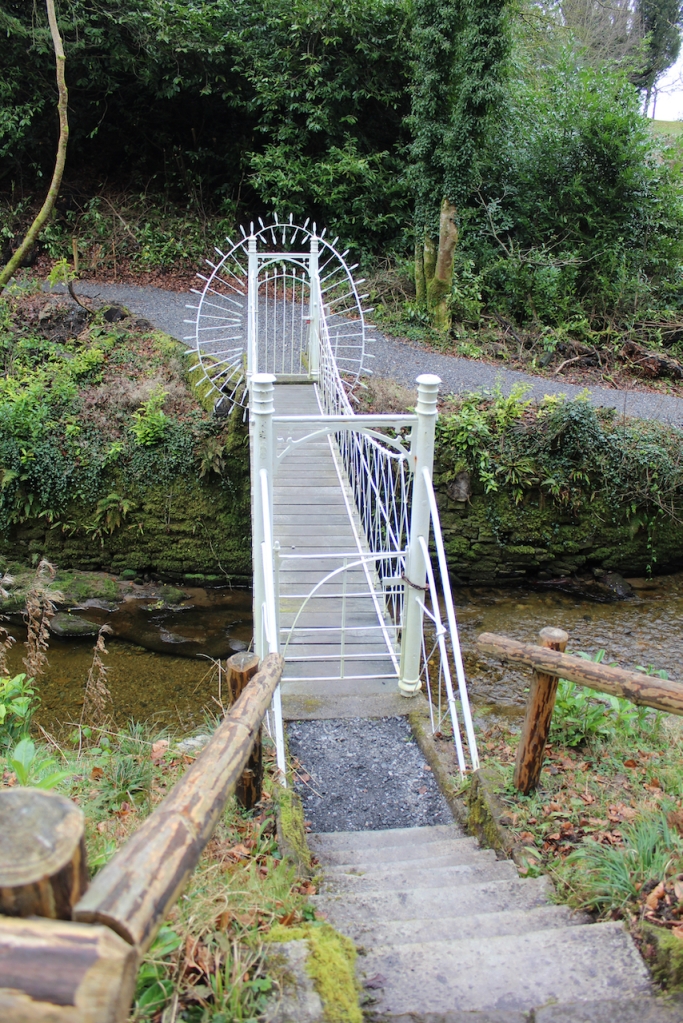
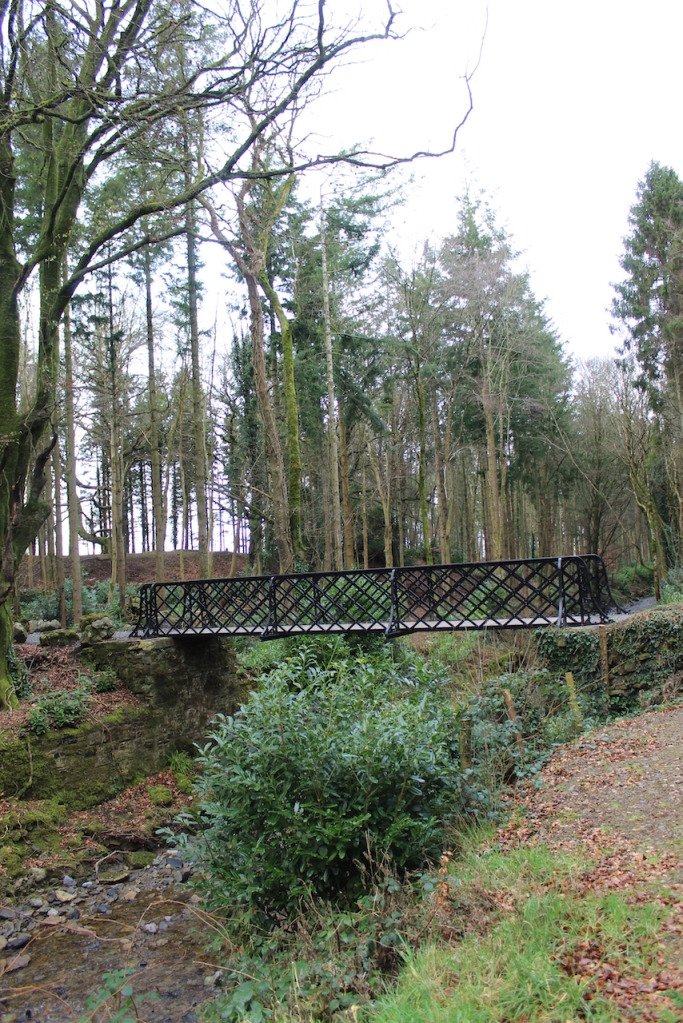
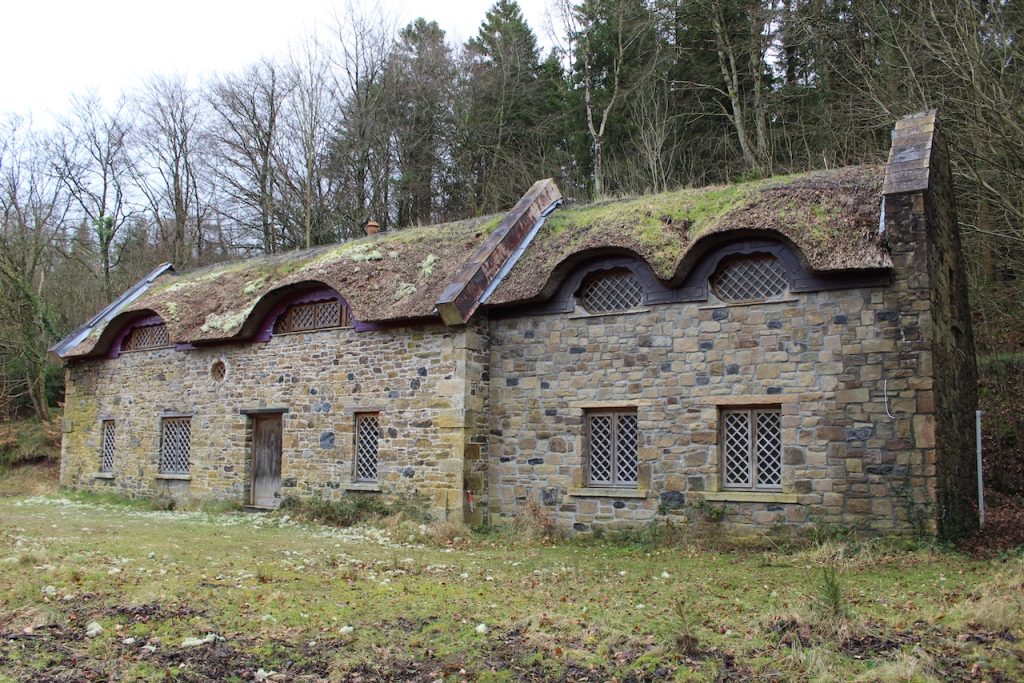

Nearby the Bernard family have an unusual mausoleum. Richard Wellesley Bernard completed his military training in Egypt. He was an architect and engineer and it is said that he built the pyramid between 1830-34 but if the National Portrait Gallery is correct with his date of birth, he would have been only eight years old, so perhaps it was constructed by an earlier Bernard. It is an exact replica of the Egyptian pyramid of Cheop.



3. Loughton House, County Offaly – see above
4. The Maltings, Castle Street, Birr, Co. Offaly
(Tourist Accommodation Facility) Open in 2024: June 1- December 31

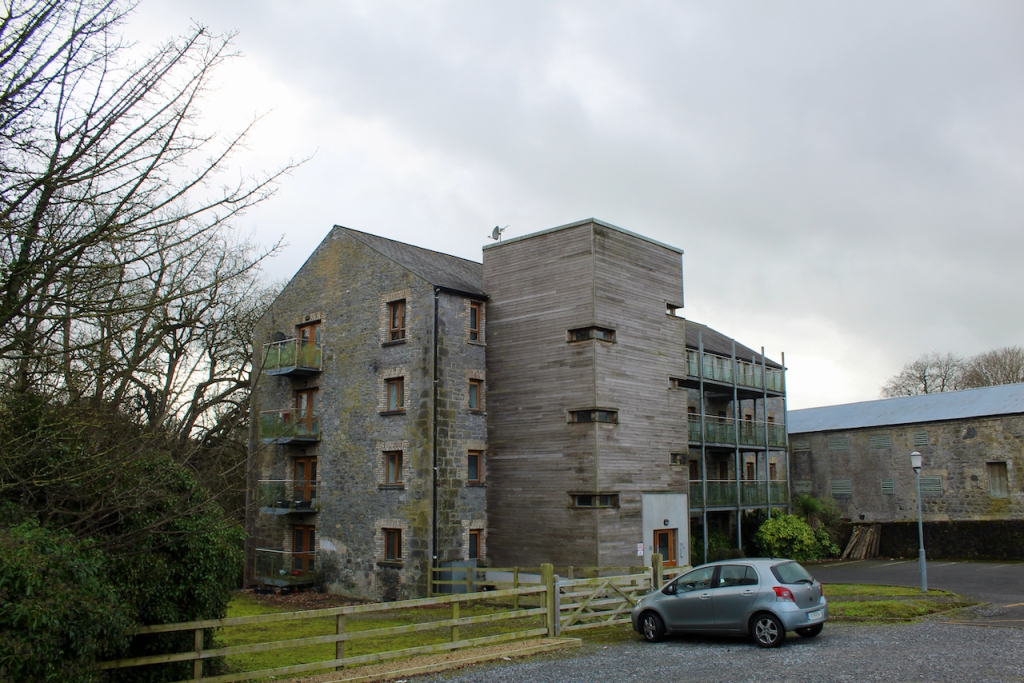
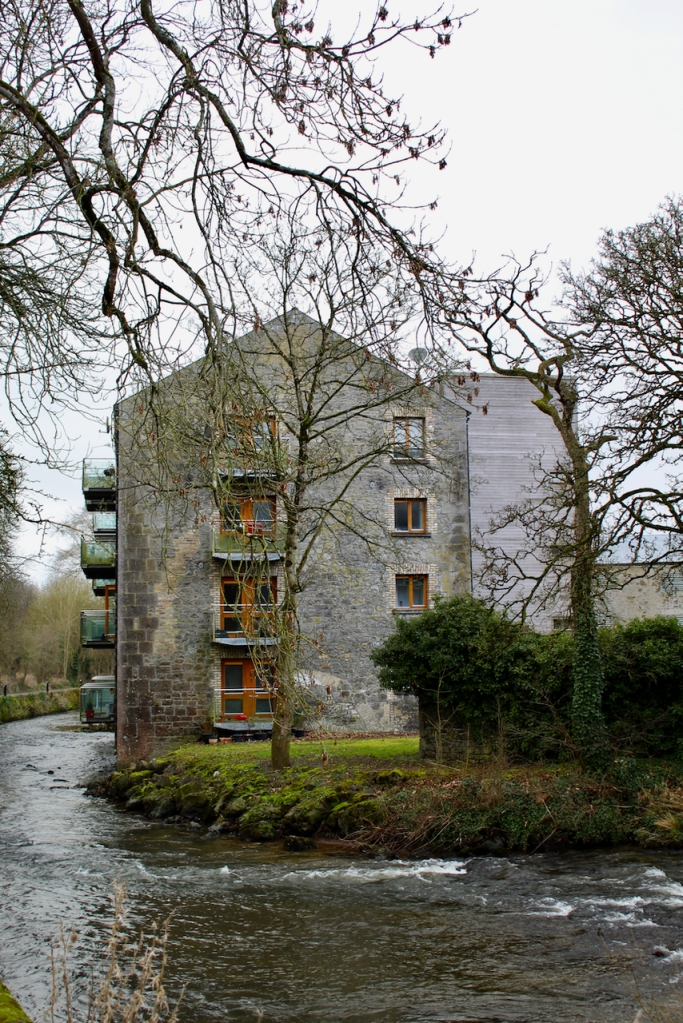

Whole house rental, County Offaly:
1. Ballycumber, County Offaly – whole house rental (13 guests)
https://www.airbnb.ie/rooms/21064152?source_impression_id=p3_1646848147_zcYarfp2zhDKFdHo
The National Inventory of Architectural Heritage tells us about Ballycumber:
“Originally built as a castle in 1627 and remodelled at a later date, the regular from of this well proportioned house is enhanced by architectural detailing such as the finally executed doorcase and attractive, steeply-pitched hipped roof. The building retains many notable features and materials such as the timber sash windows with the date plaque, which adds historical interest to the site. The related outbuildings and walled garden create an interesting group of agricultural structures, while the folly and landscaped tree-lined river walk make a positive contribution to the setting of the house, reflecting the era of the large country estate.“
The Offaly history blog tells us more about the occupants of Ballycumber:
“Ballycumber House was bought by Francis Berry Homan Mulock in 1899 from the Armstrong family who had been in possession of the estate for successive generations. Originally built as a castle in 1627 by the Coghlan family, it was extensively remodelled by the Armstrongs in the eighteenth century into a detached five-bay two storey over basement country house, much as it is today.” [7]
I would love to stay at Ballycumber because the Bagot family of County Offaly intermarried with the Armstrong family who owned Ballycumber. I’m not sure if my own Baggot family is related to the Bagots of Offaly but there is a good possibility!
2. Loughton House, County Offaly – see above
[2] https://www.irelandscontentpool.com/en
[3] Bence-Jones, Mark. A Guide to Irish Country Houses (originally published as Burke’s Guide to Country Houses volume 1 Ireland by Burke’s Peerage Ltd. 1978); Revised edition 1988 Constable and Company Ltd, London.
[4] p. 136. O’Reilly, Sean. Irish Houses and Gardens. From the Archives of Country Life. Aurum Press Ltd, London, 1998.
[6] https://www.ihh.ie/index.cfm/houses/house/name/Gloster%20House
I was interested to read about Loughton House. While visiting Ireland before Covid we had the pleasure of meeting one of the owners of the house, Michael, who showed us around. My sister and I were there because our paternal family lived and worked in Loughton House. In fact the Cottage in the grounds that she mentioned she would like to stay I was the Head Gardeners Cottage and happened to be my Great Uncle Martin O’Connell who was the brother of my Paternal Grandfather. We were so,lucky to have had the opportunity to look around. We also went into the Cottages that the rest of the family lived in during their service in the house, my great grandmother and daughters were all servants there, although they have been sold off privately now. We are hoping to go back next year.
LikeLike